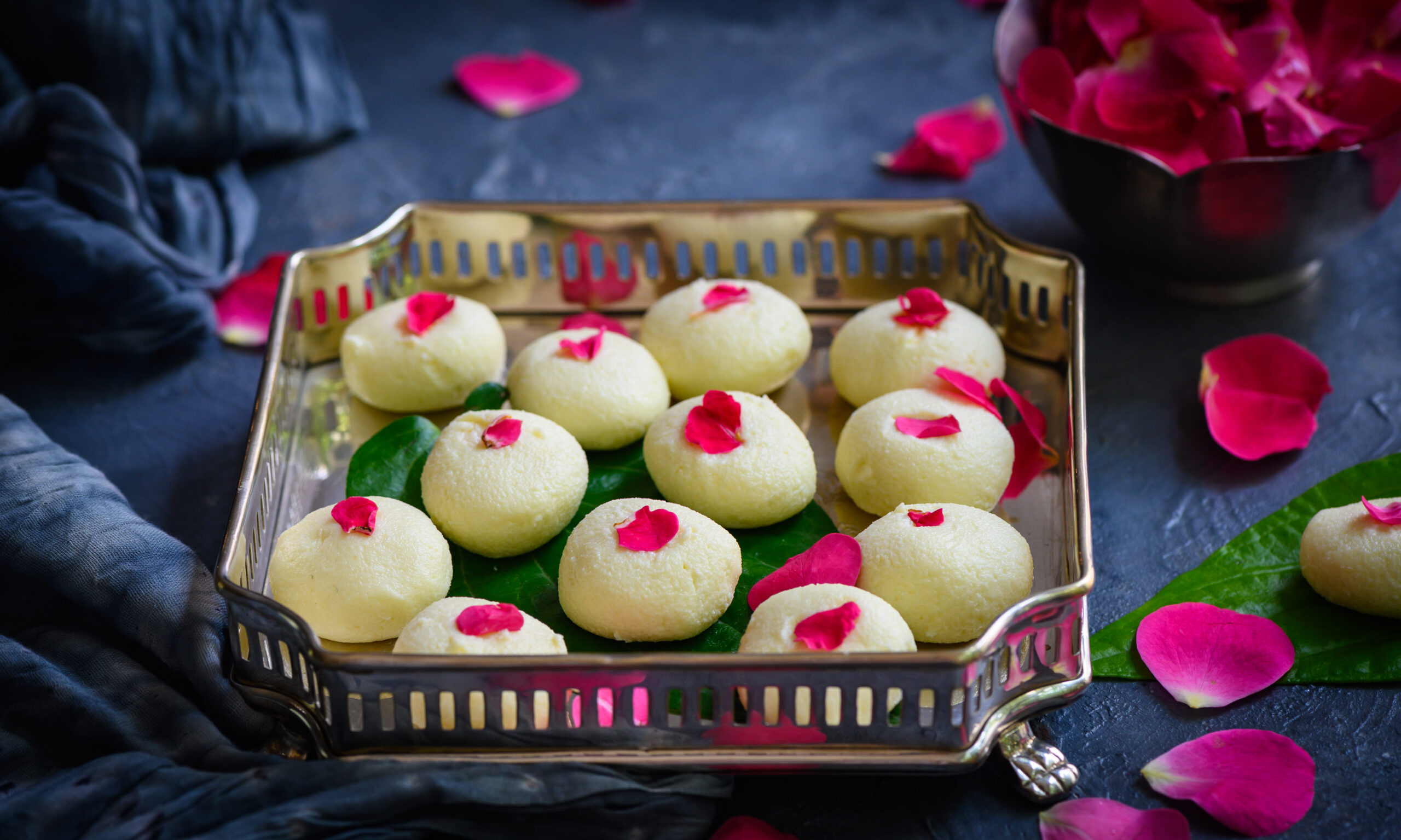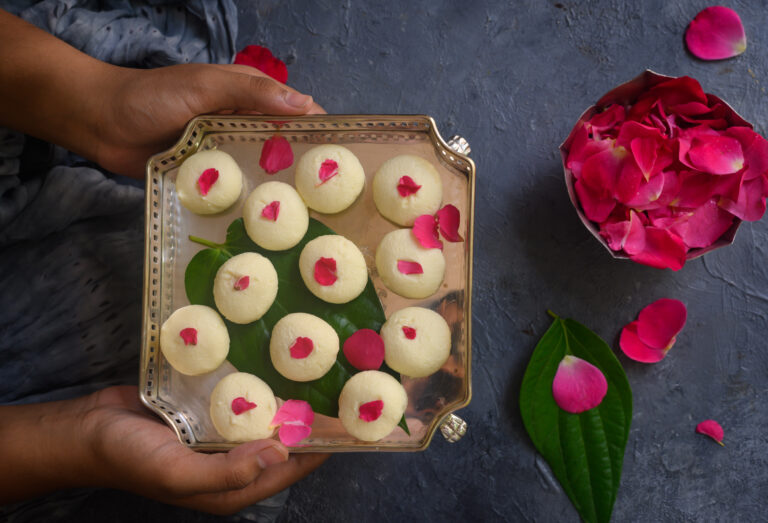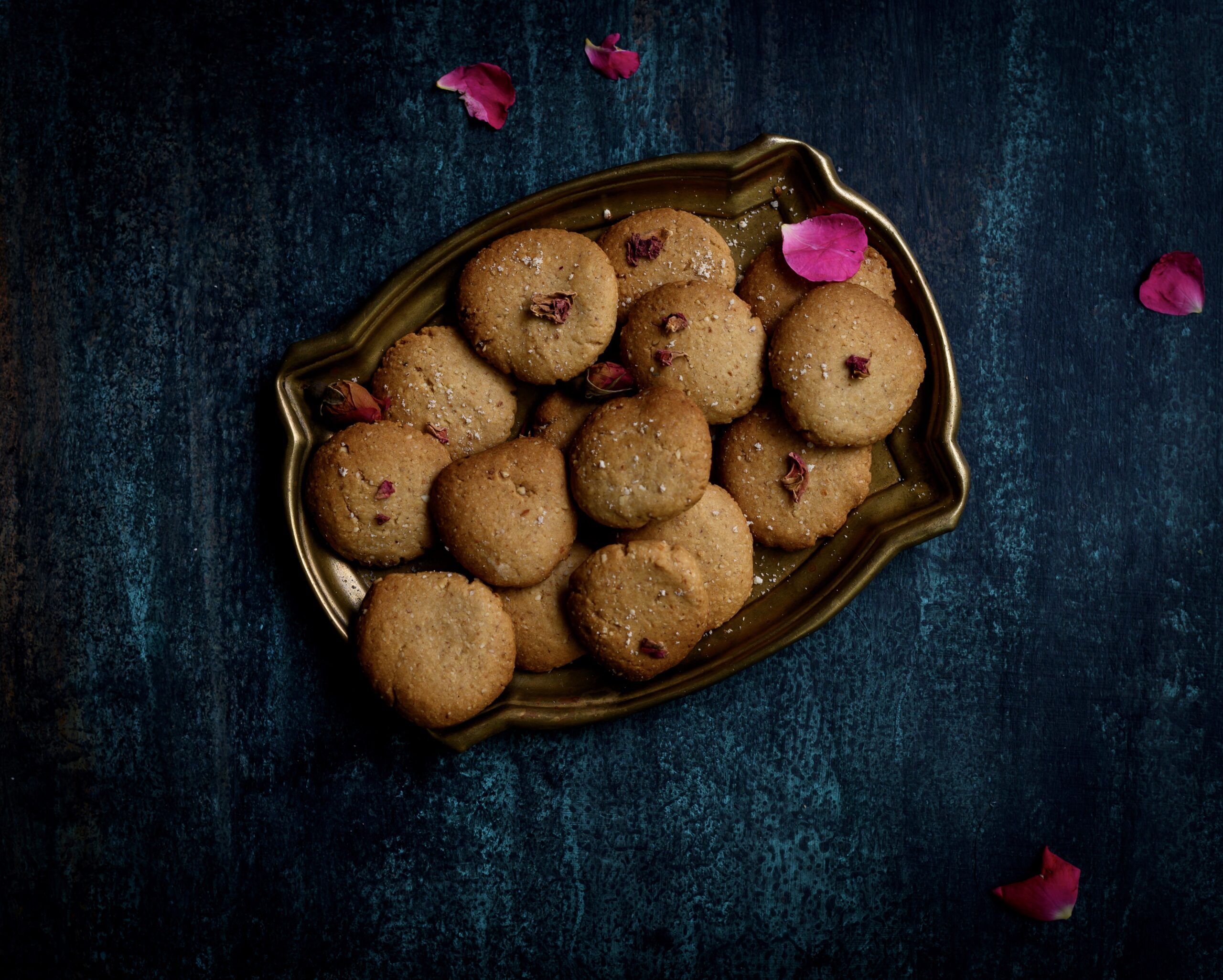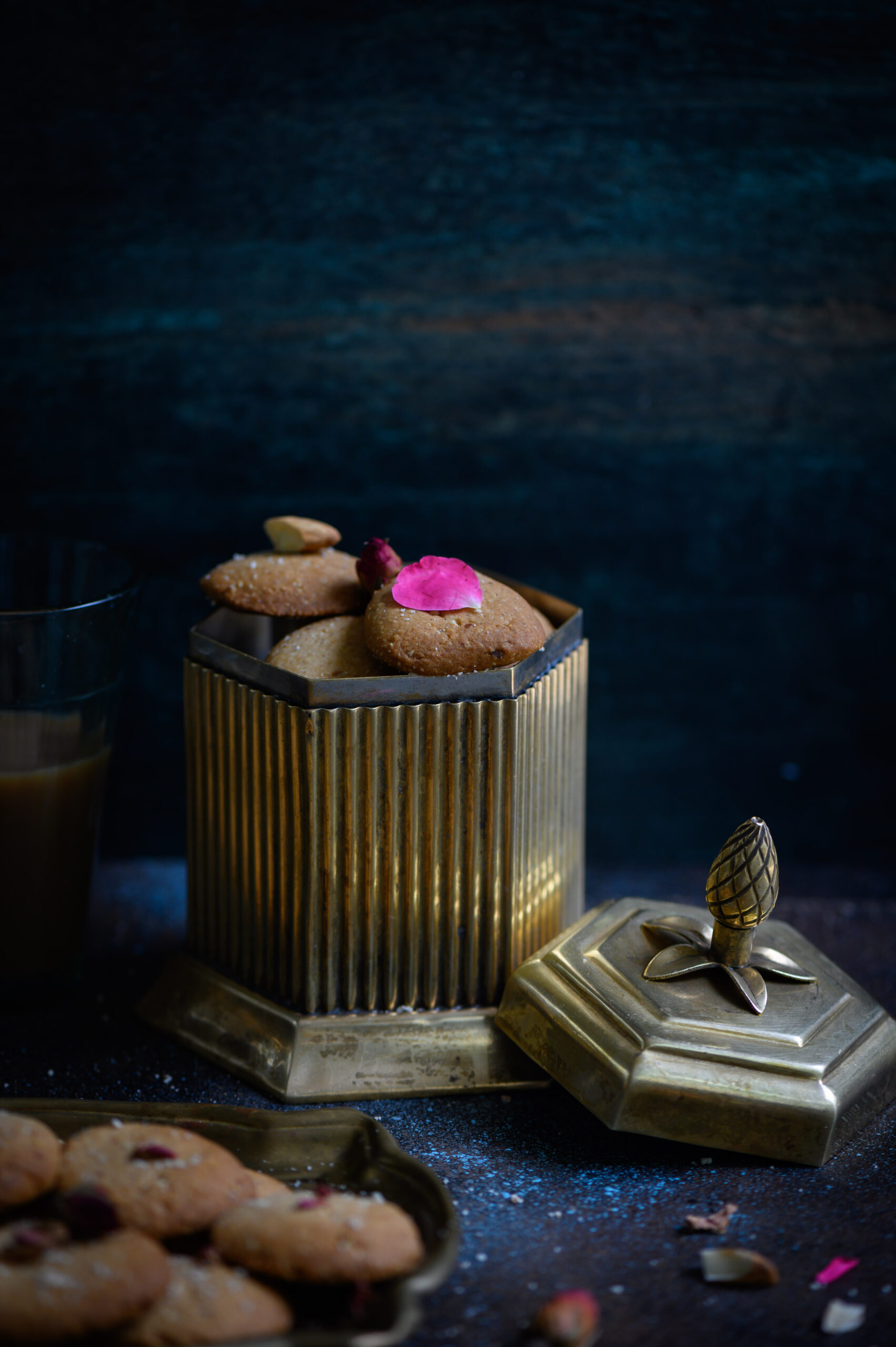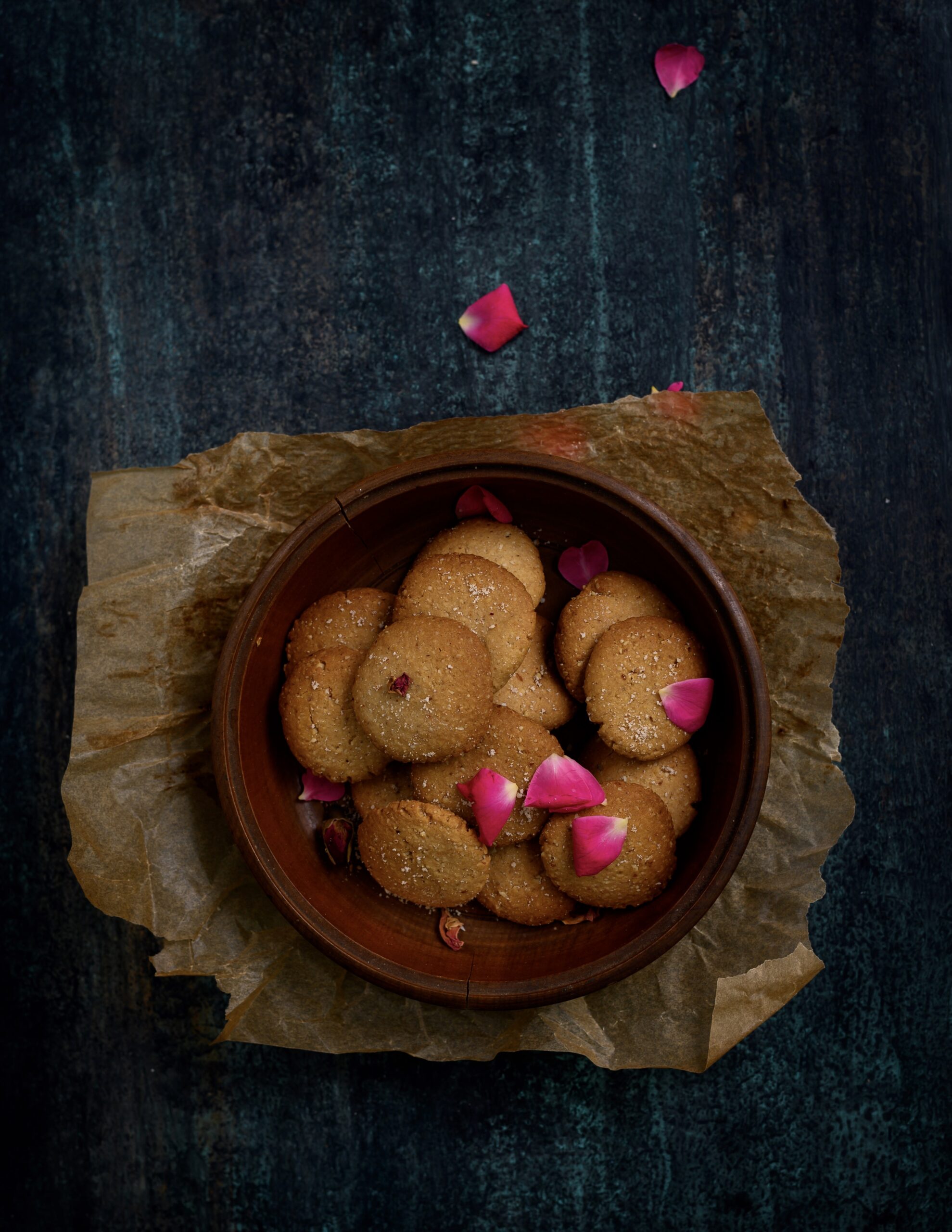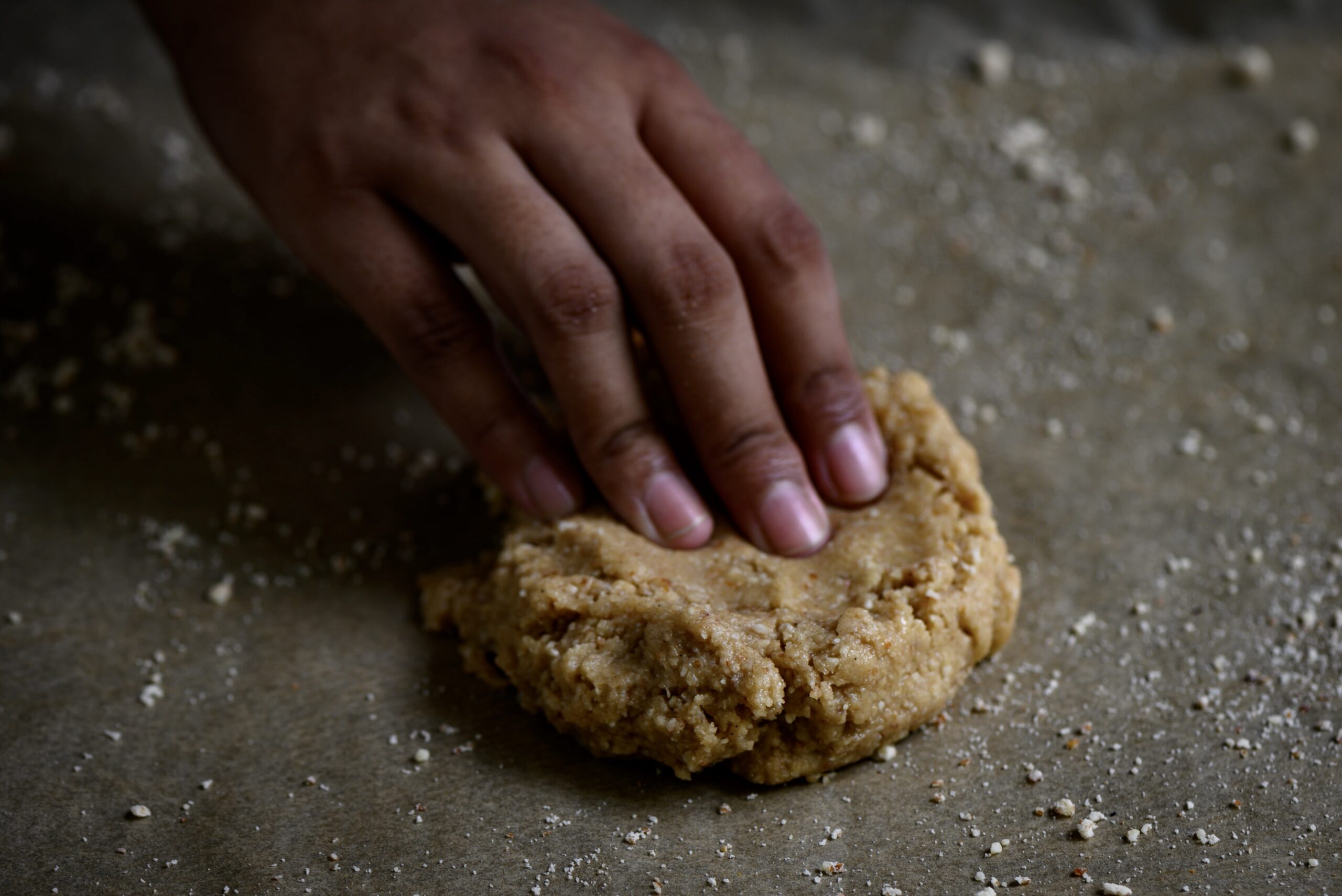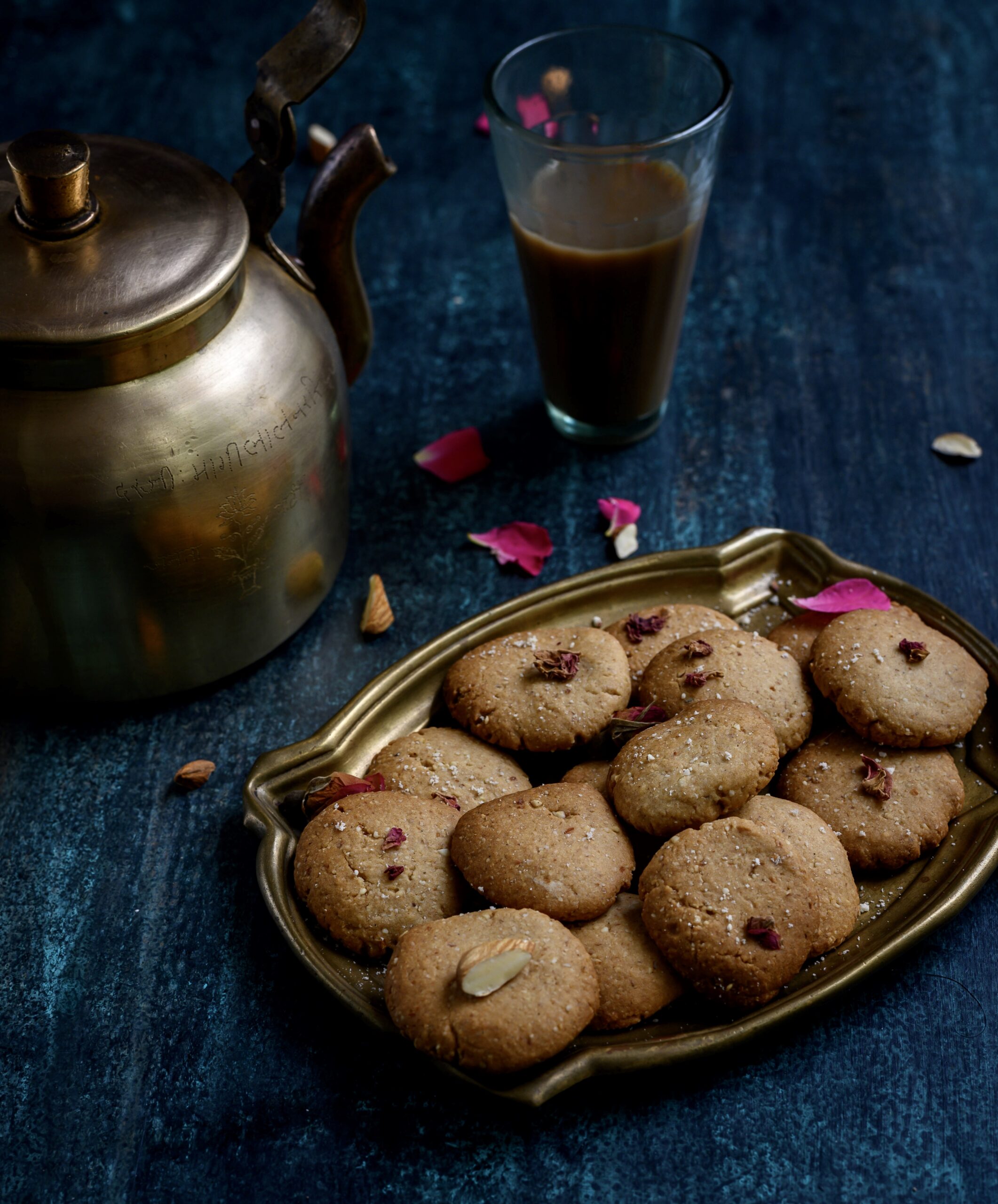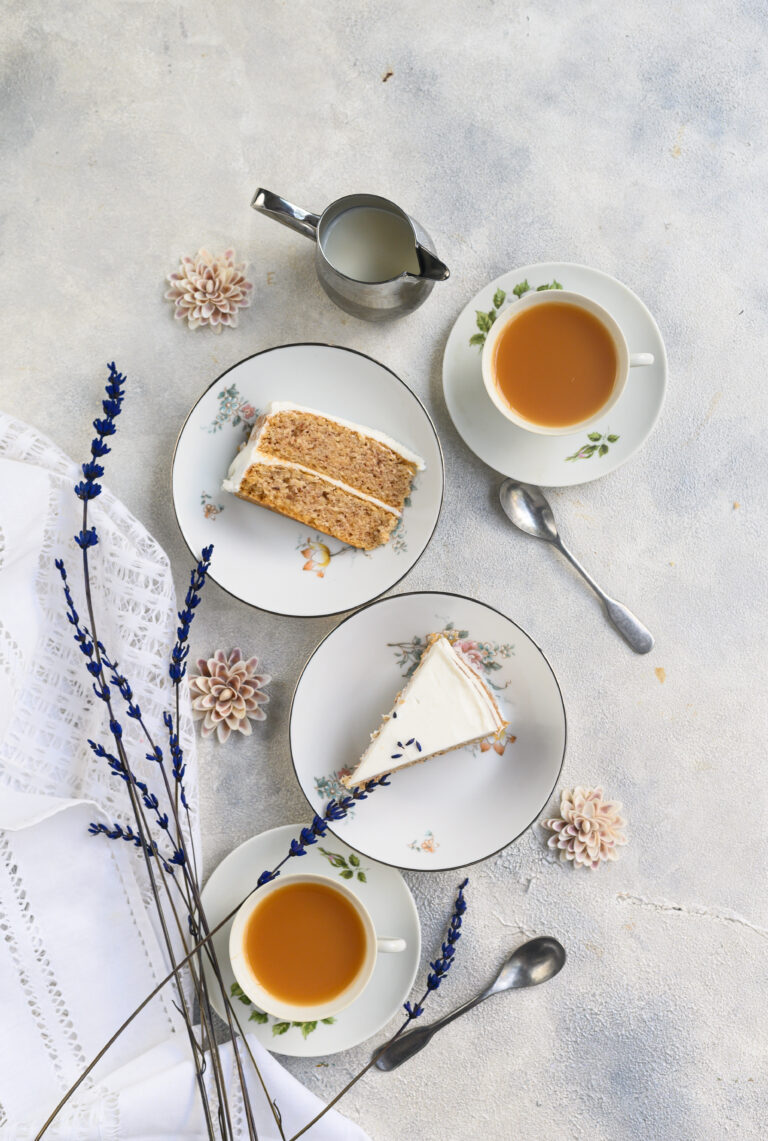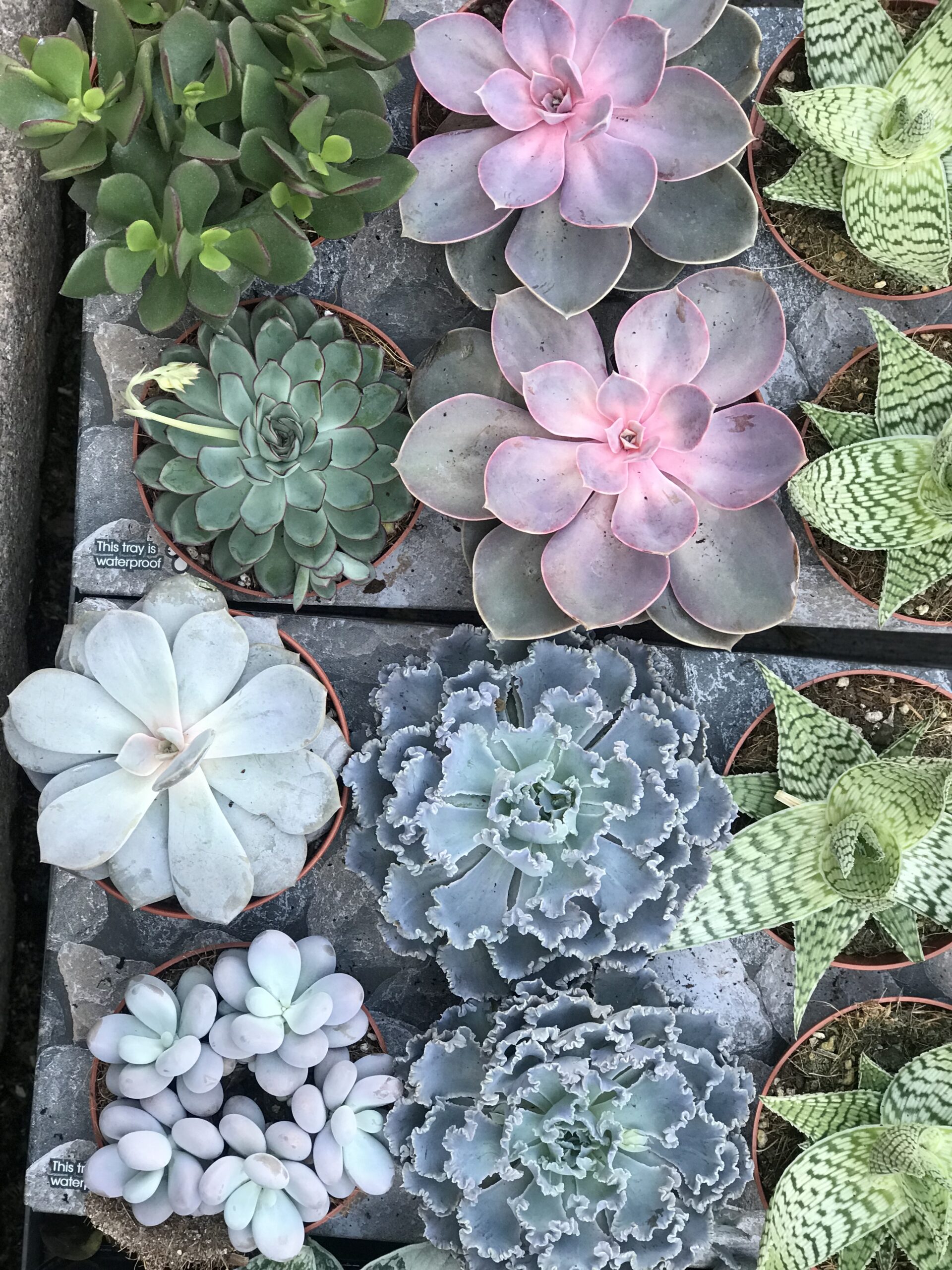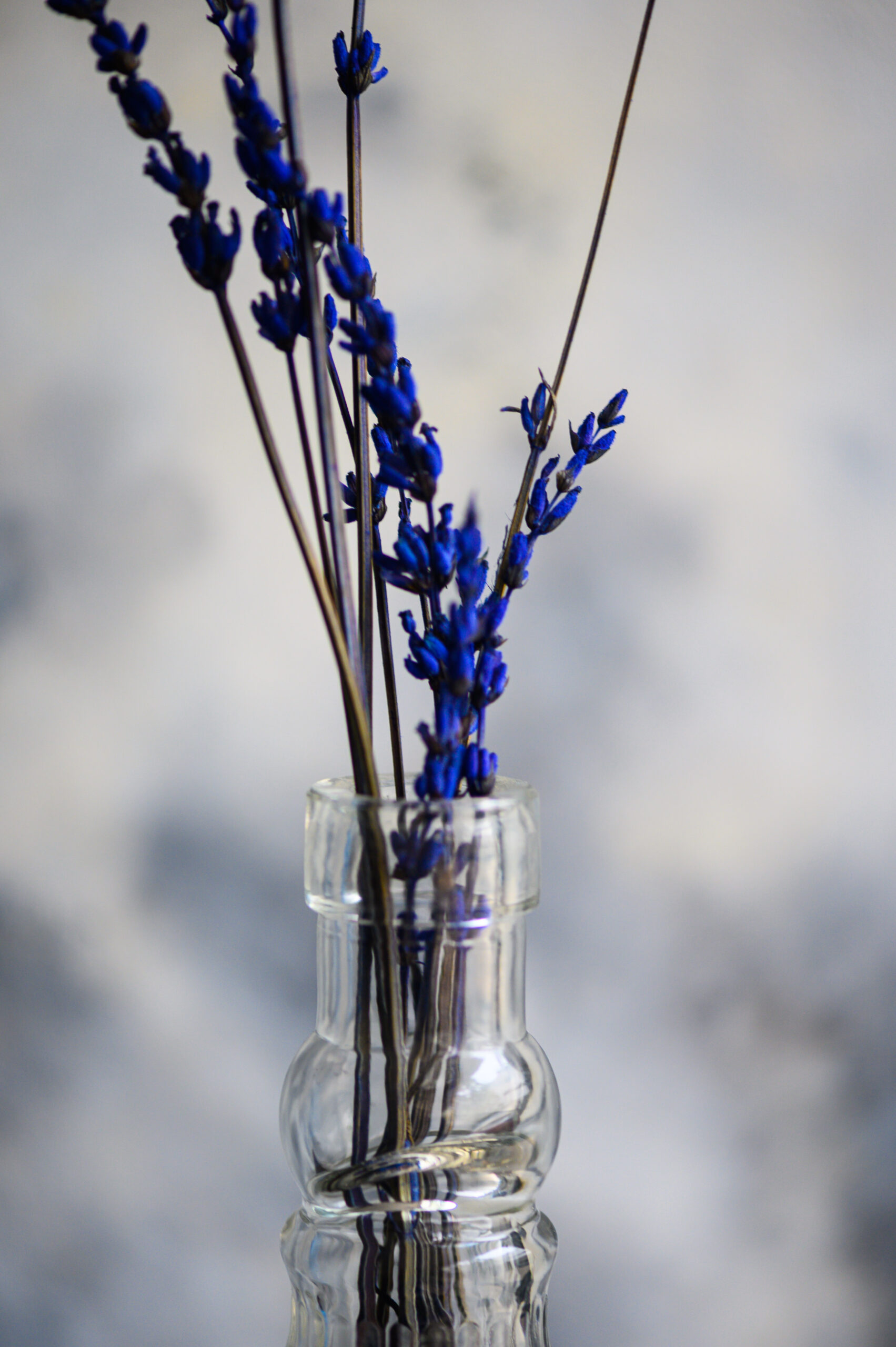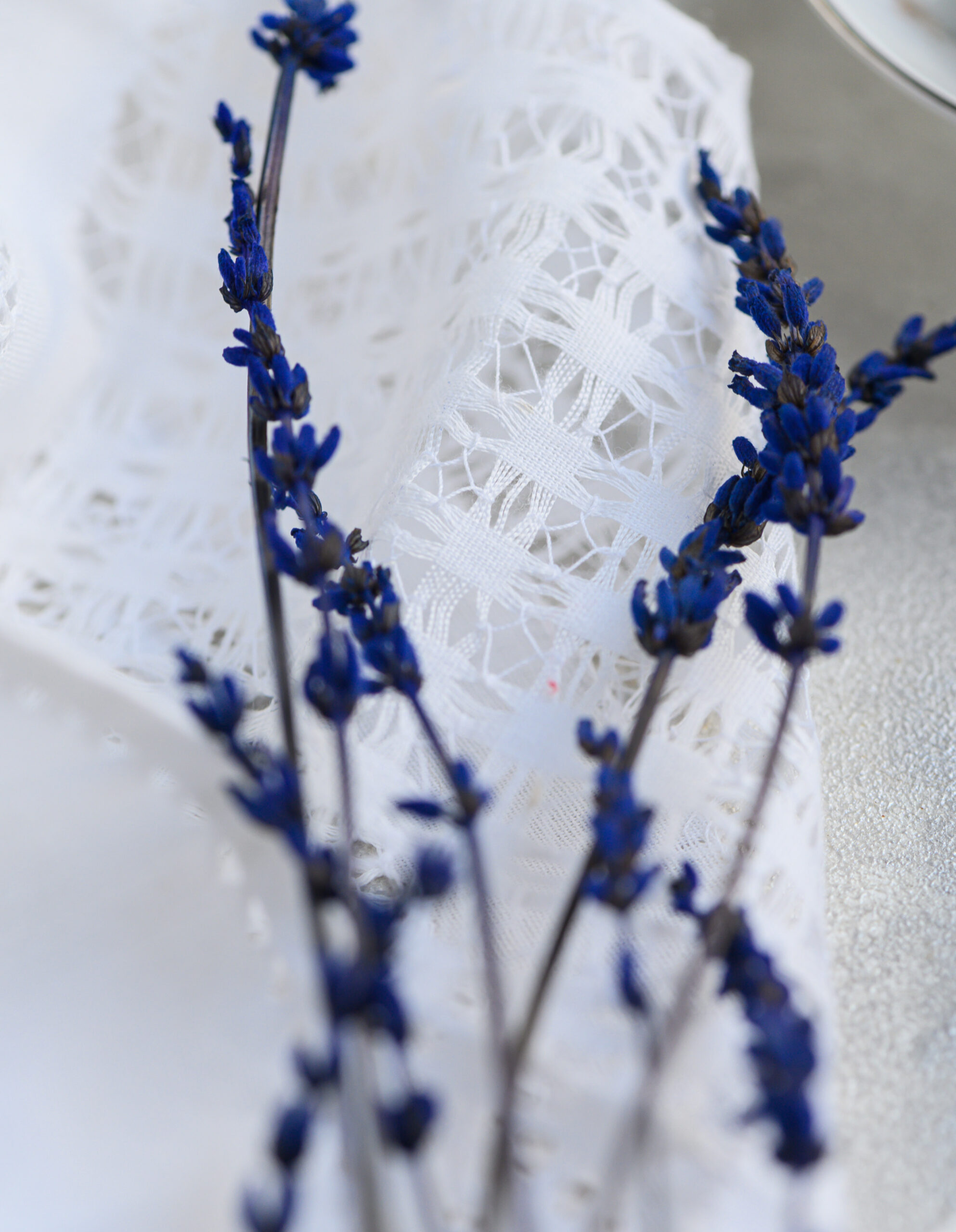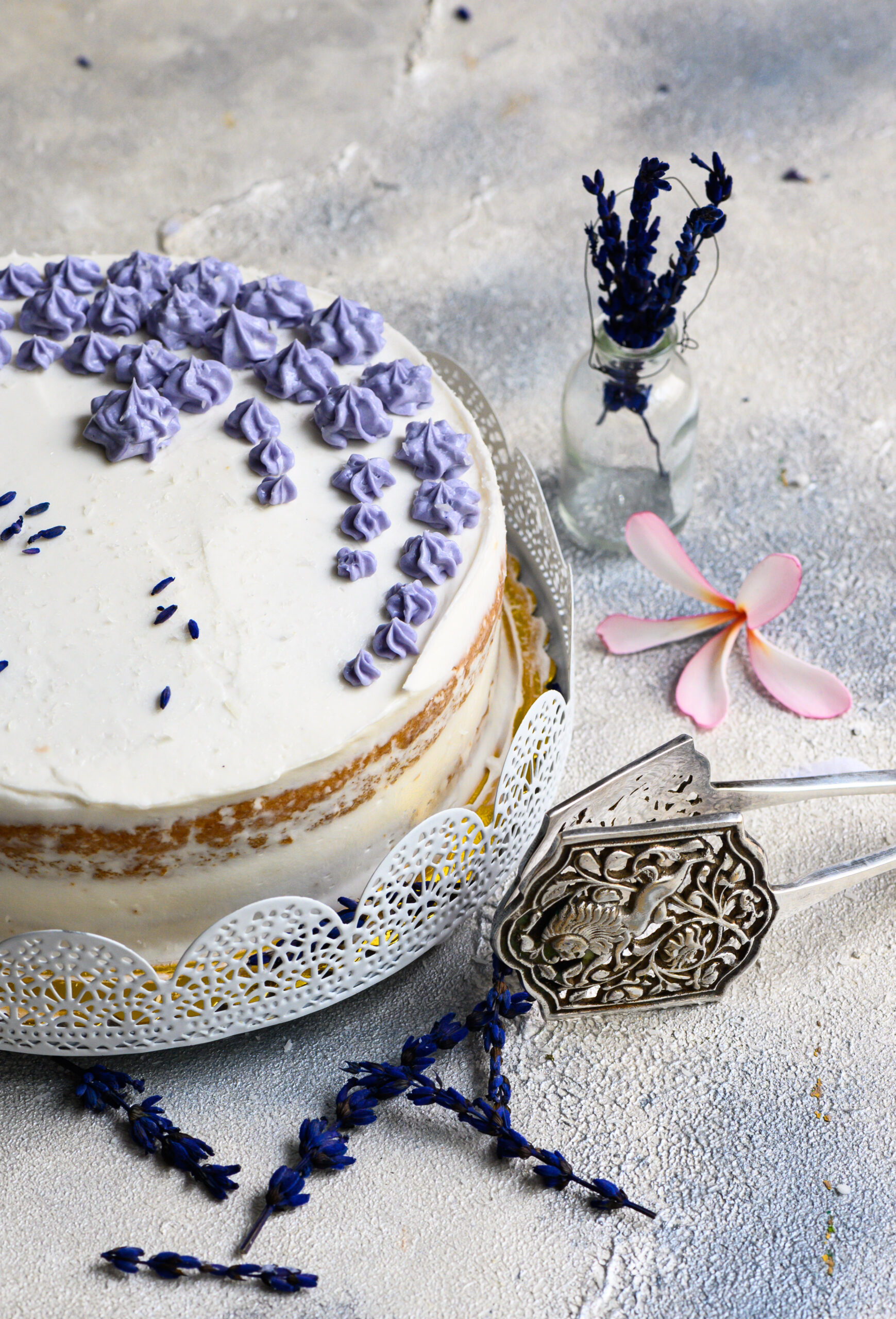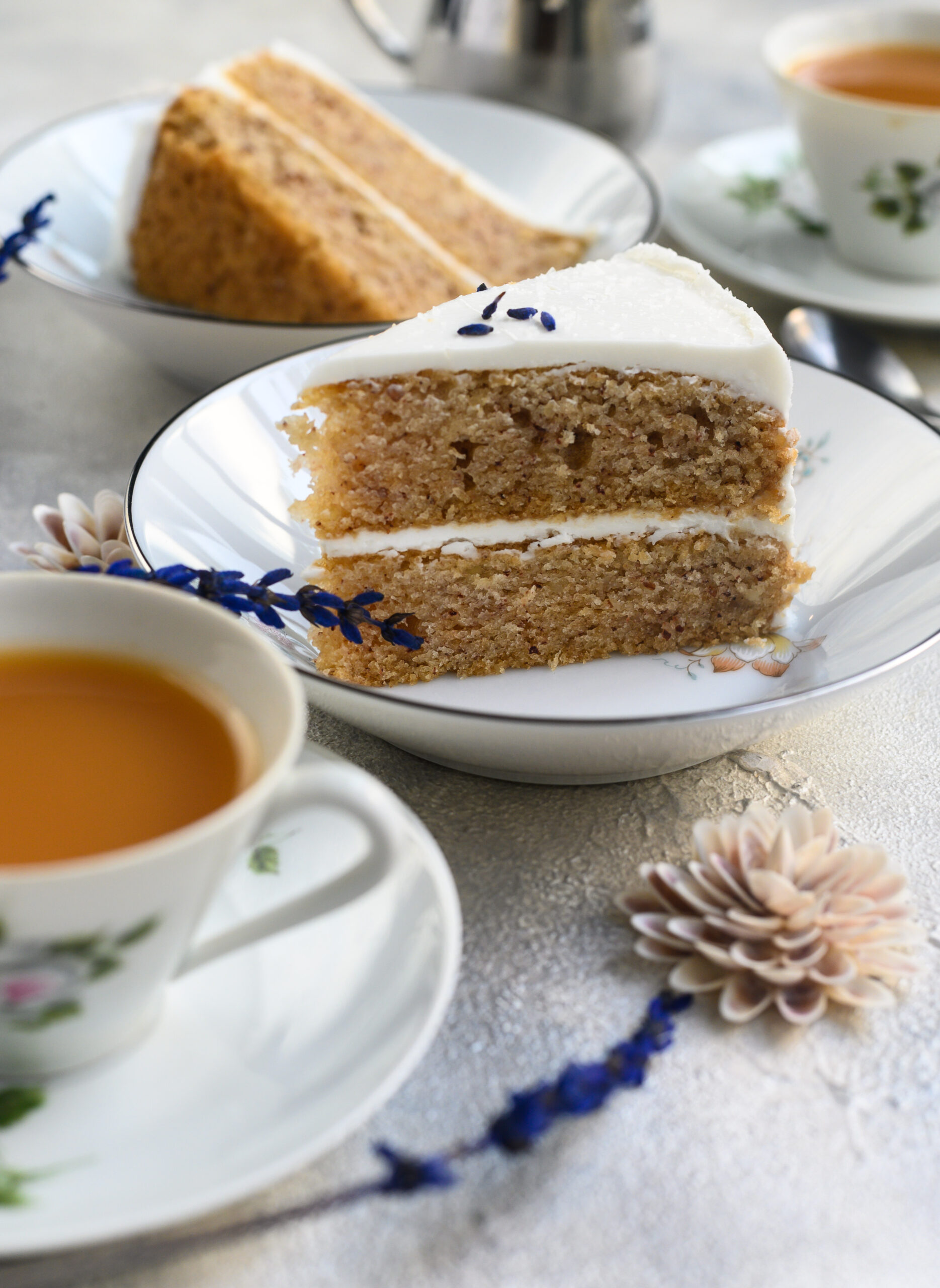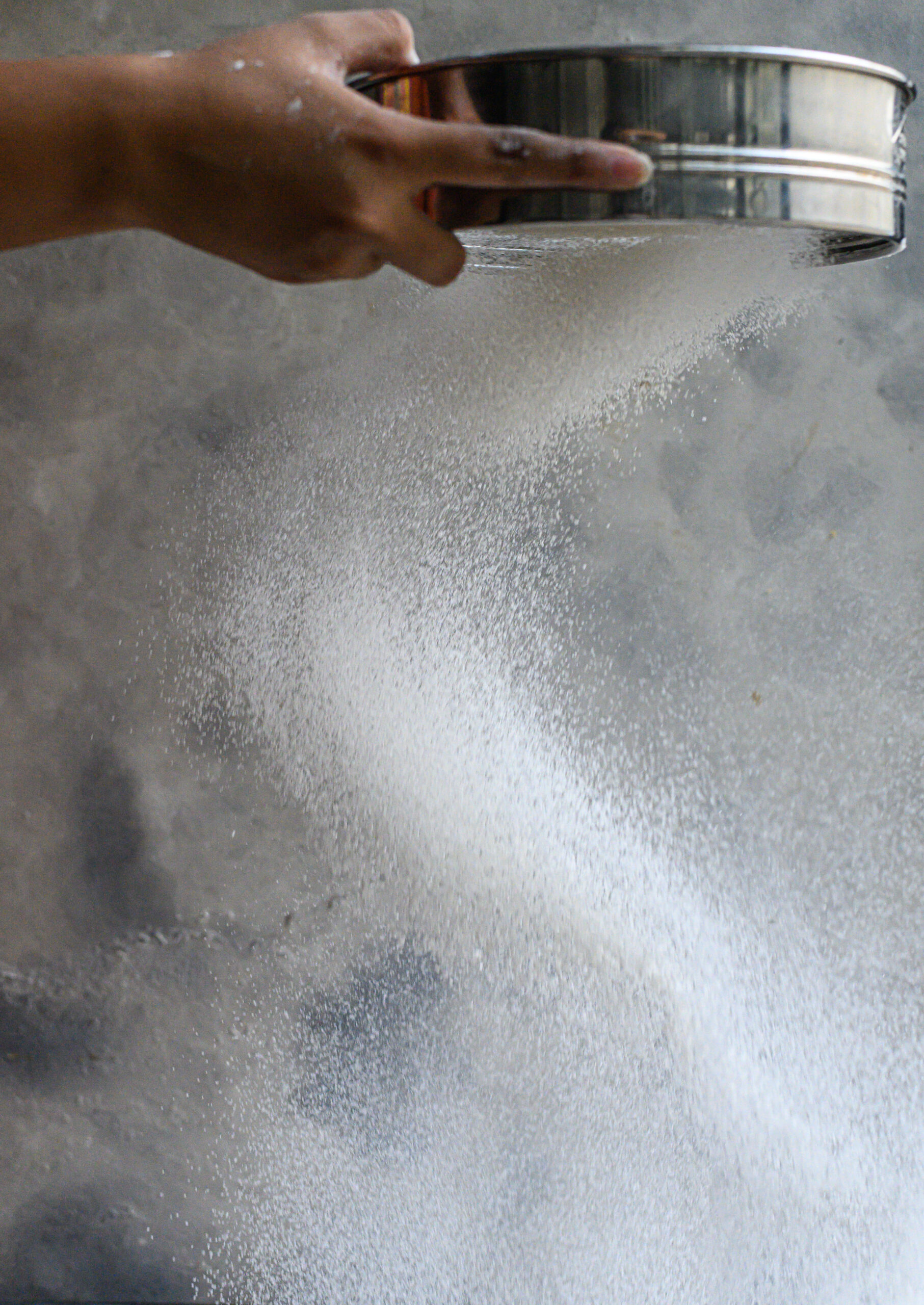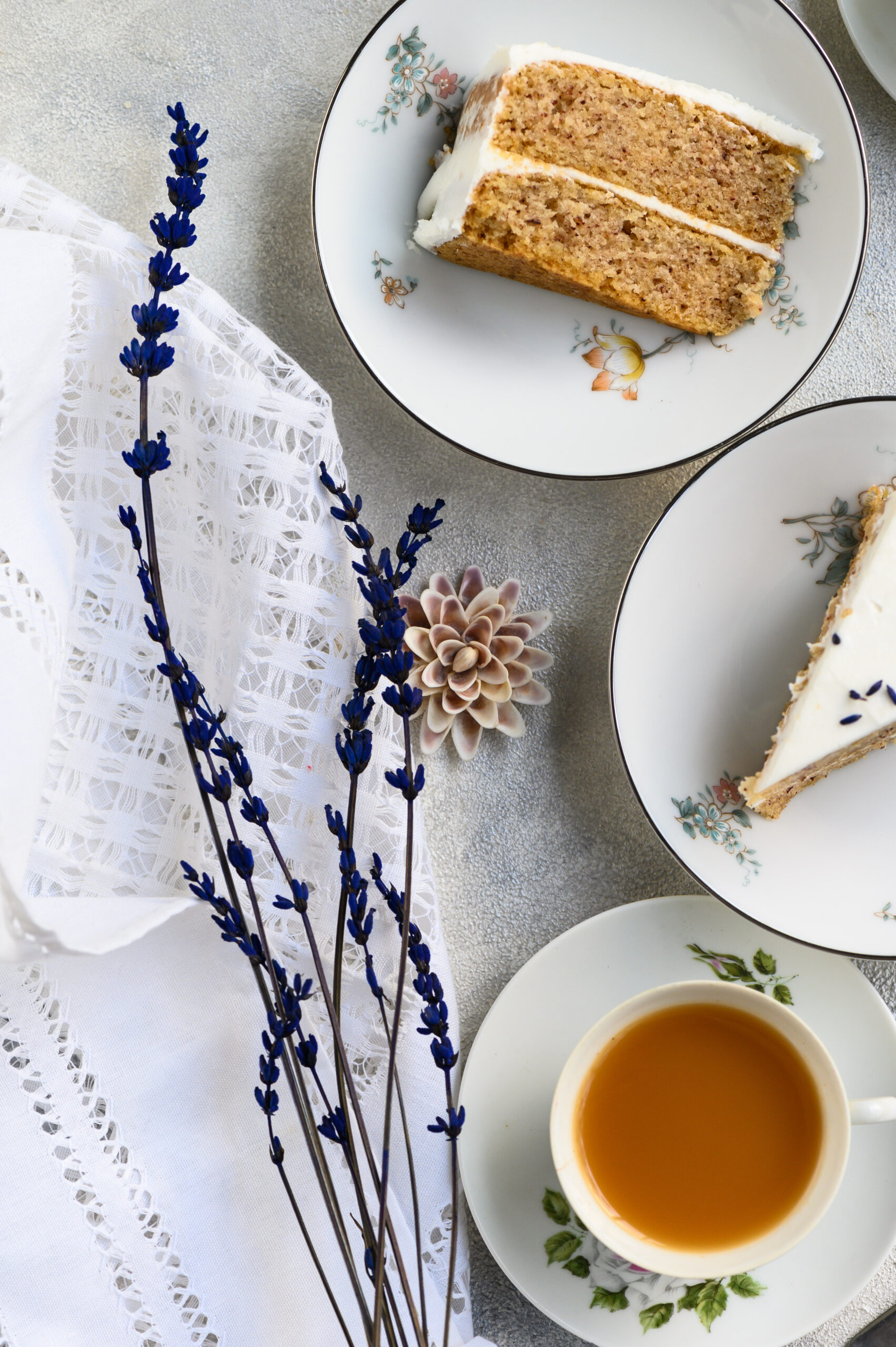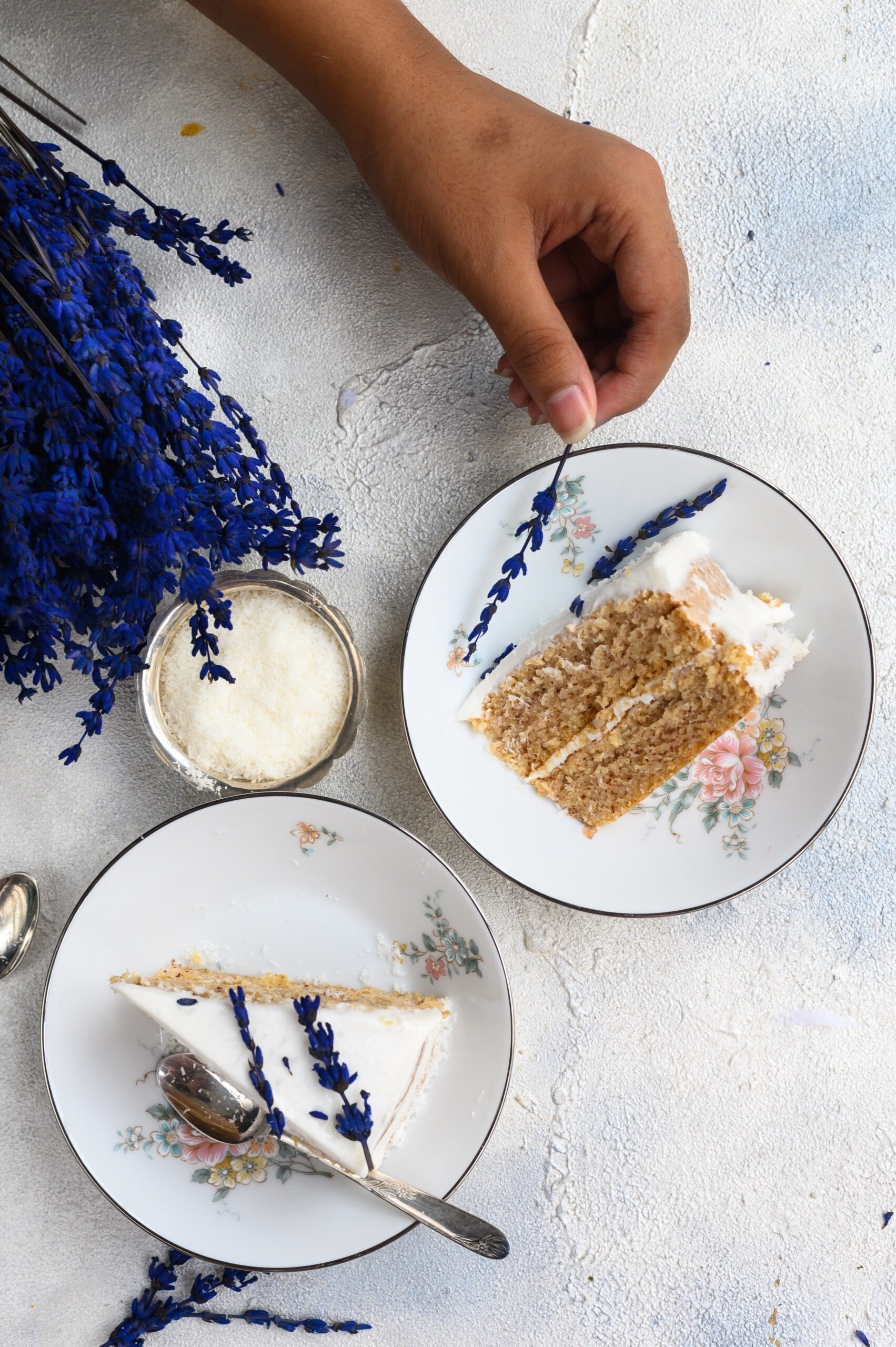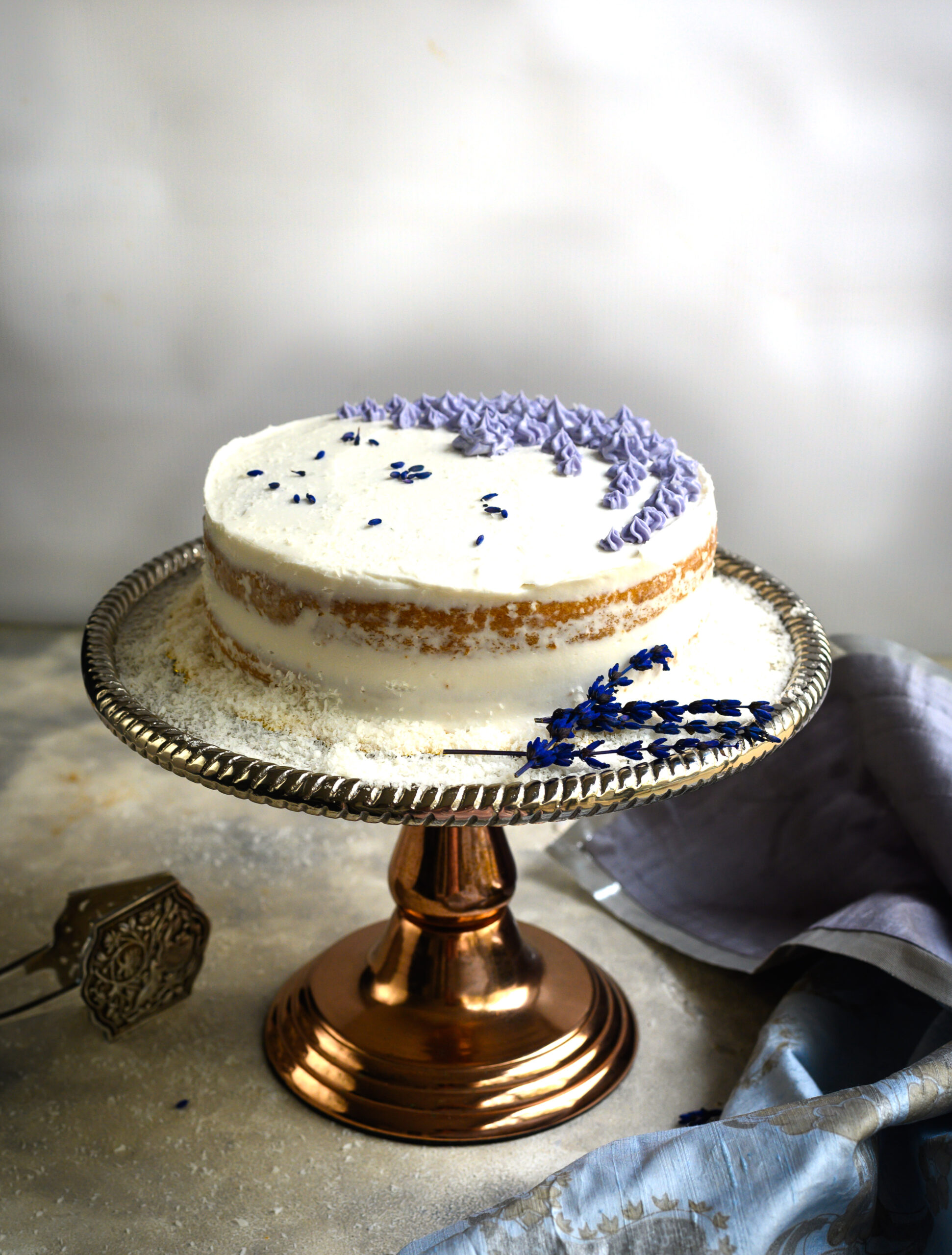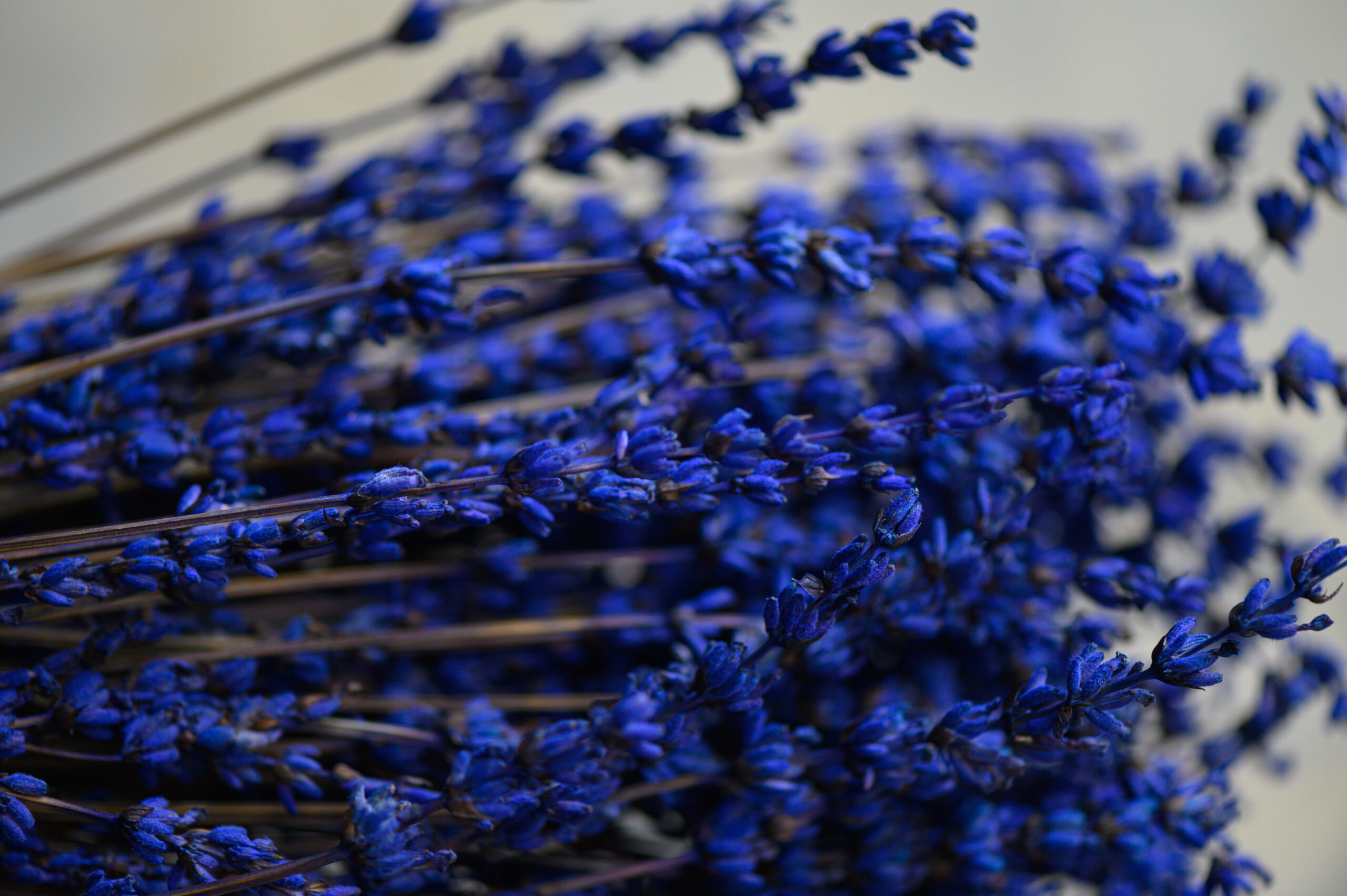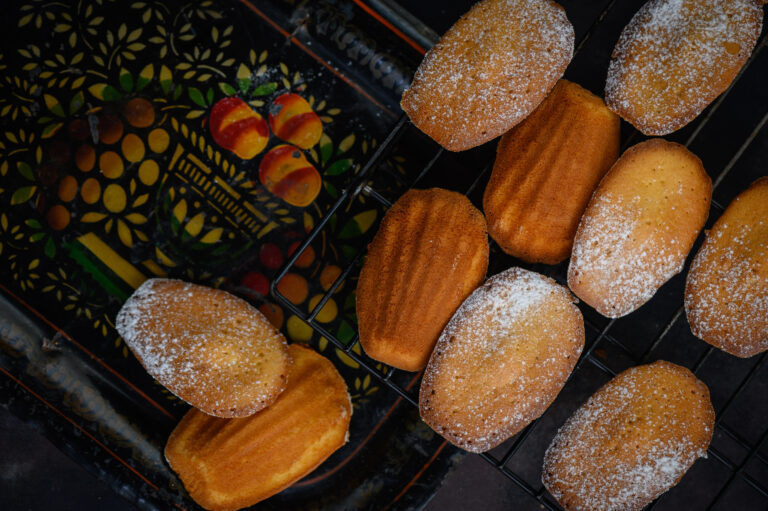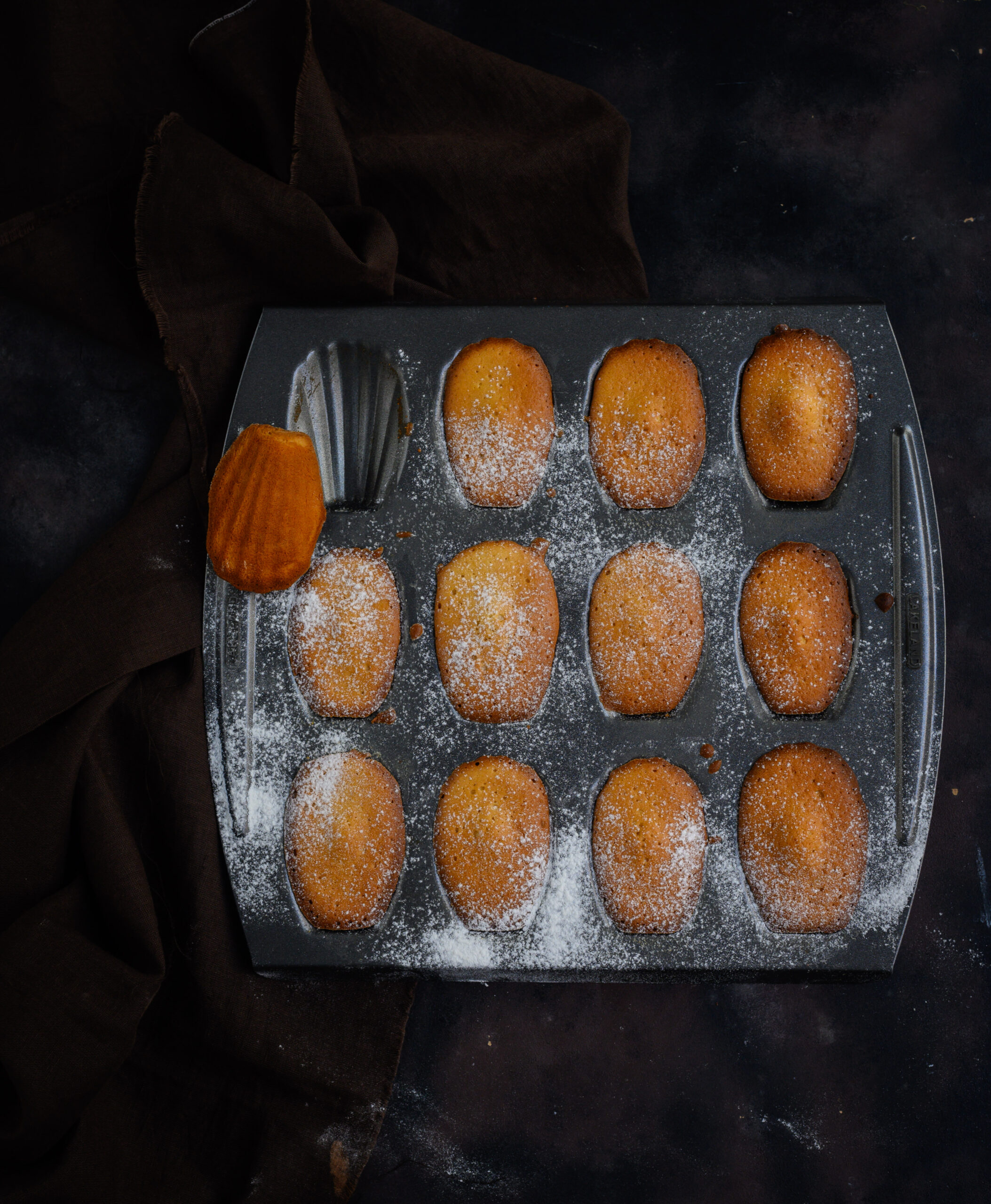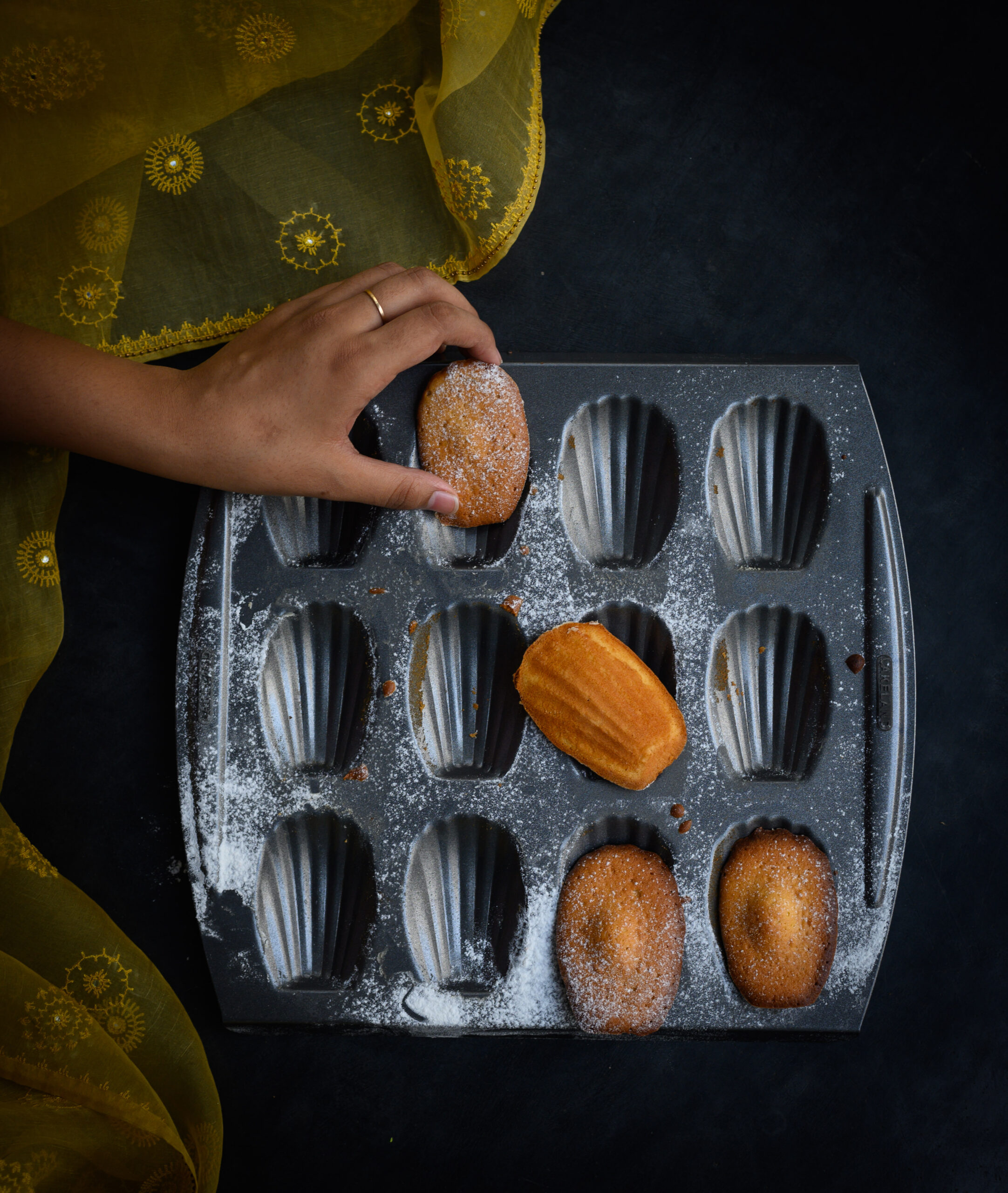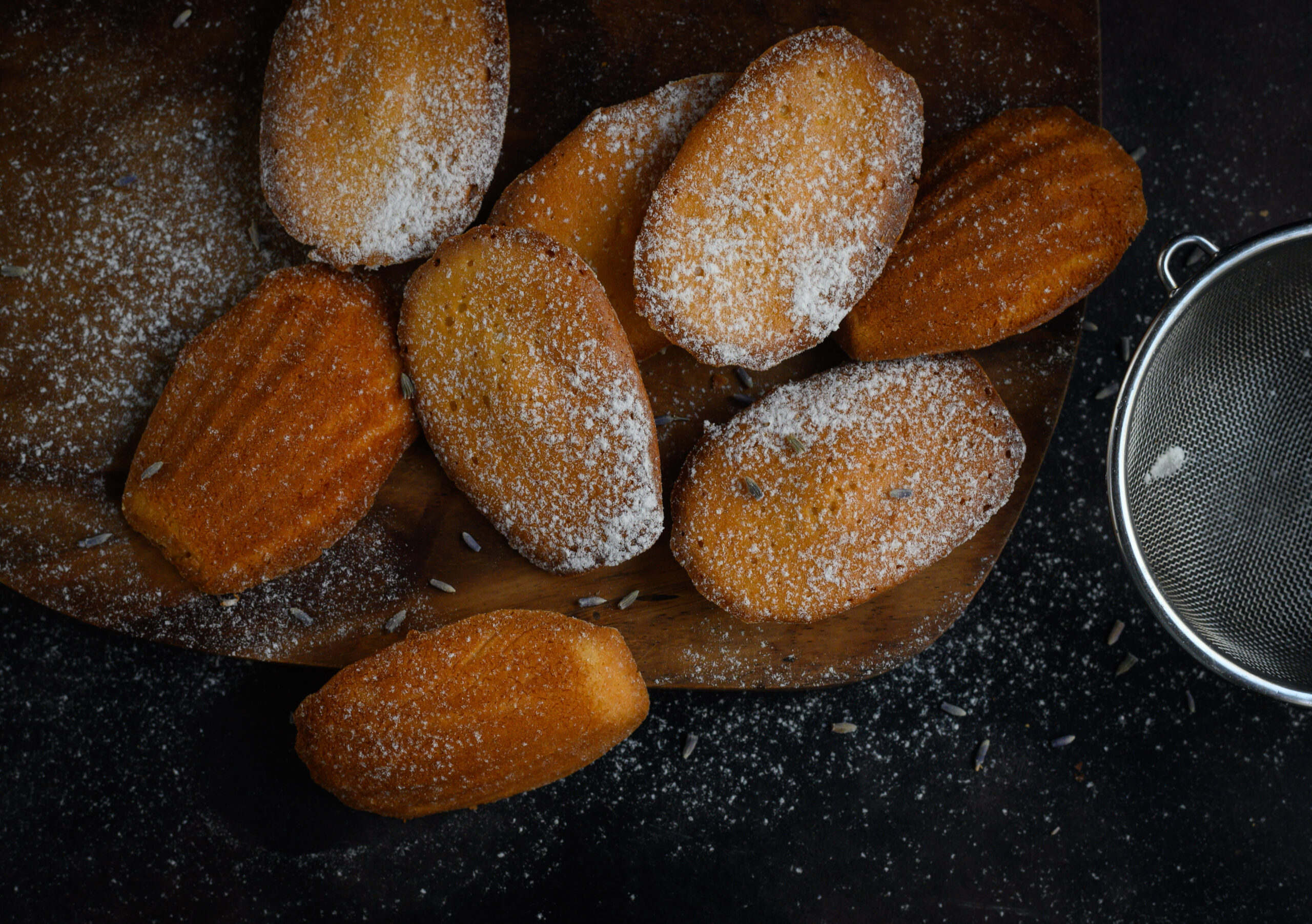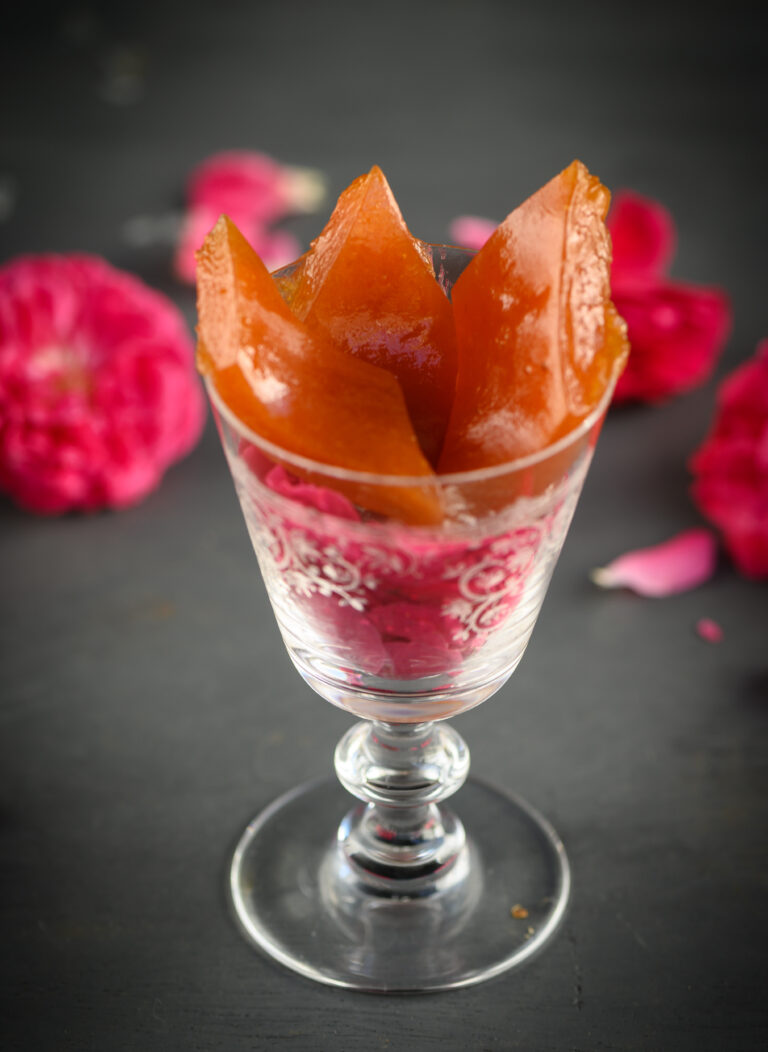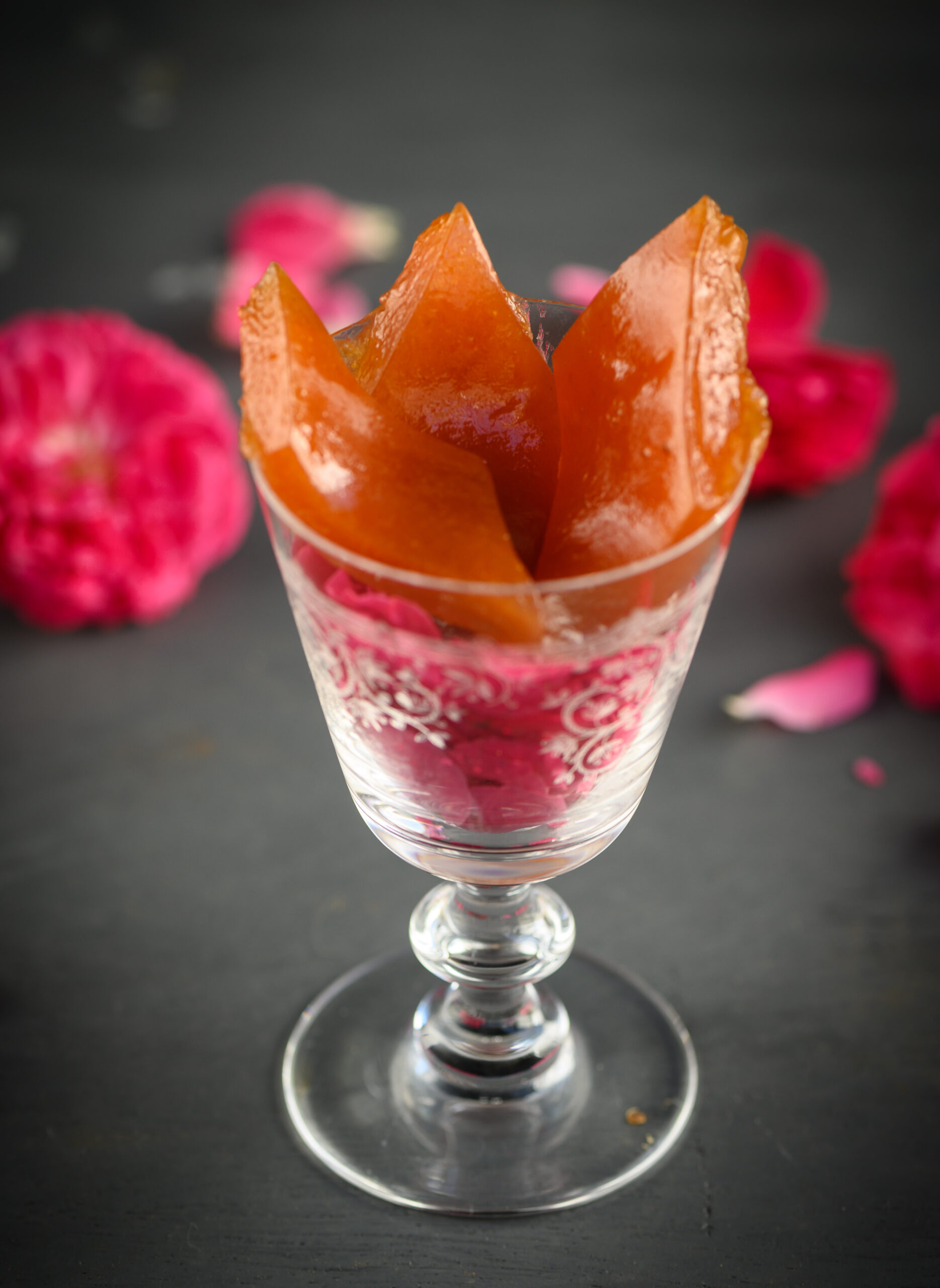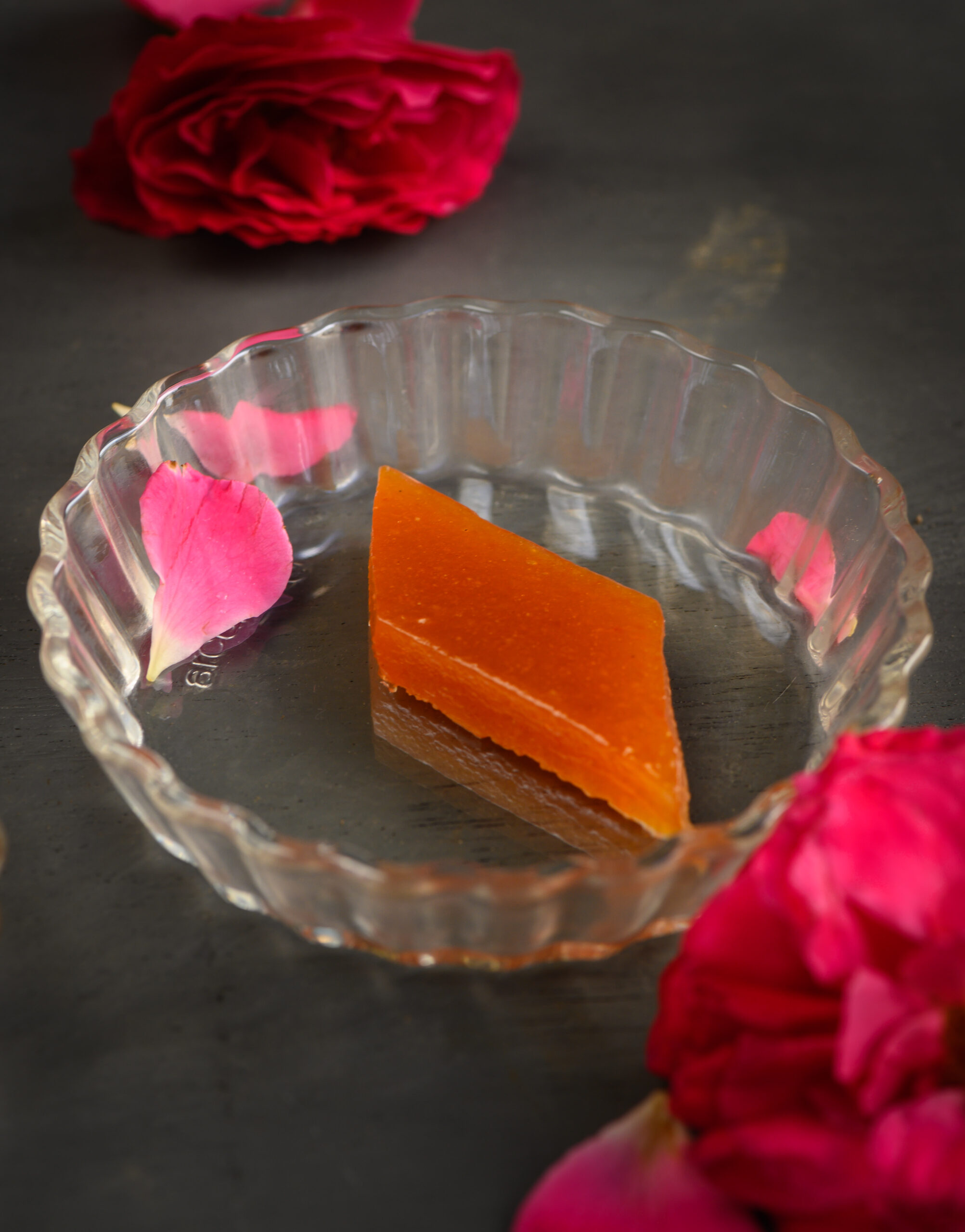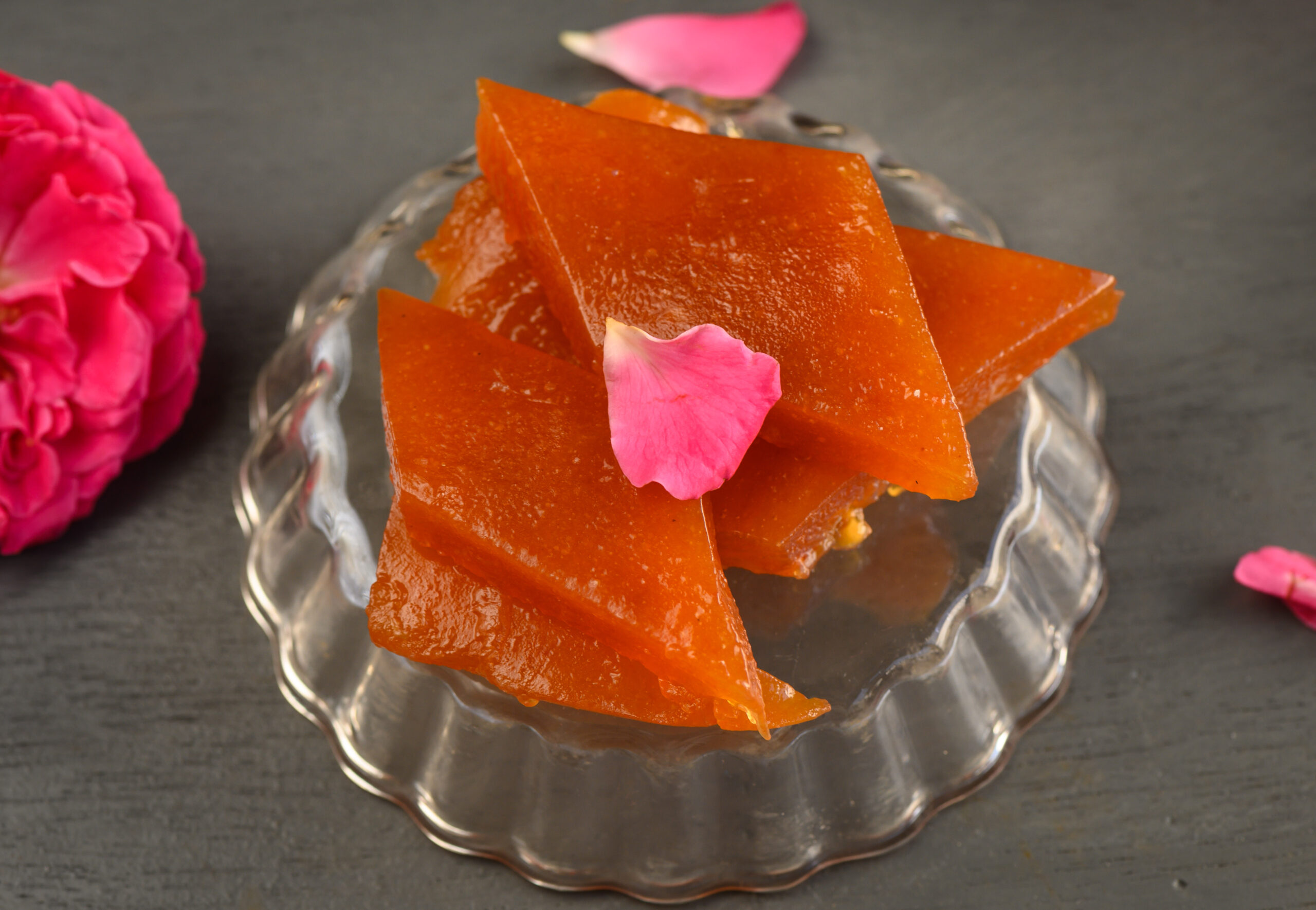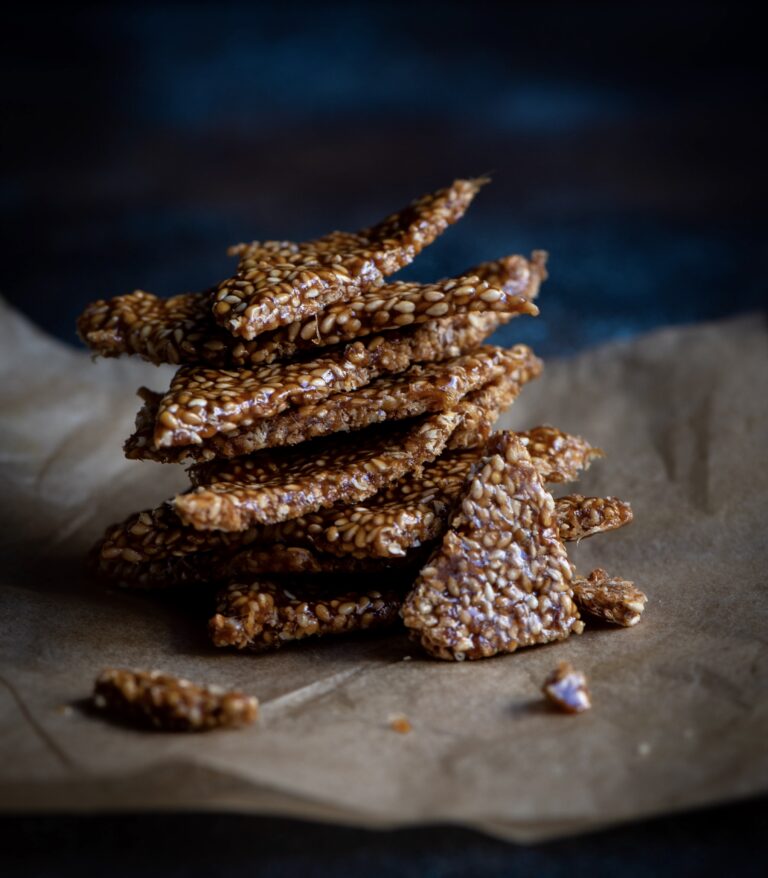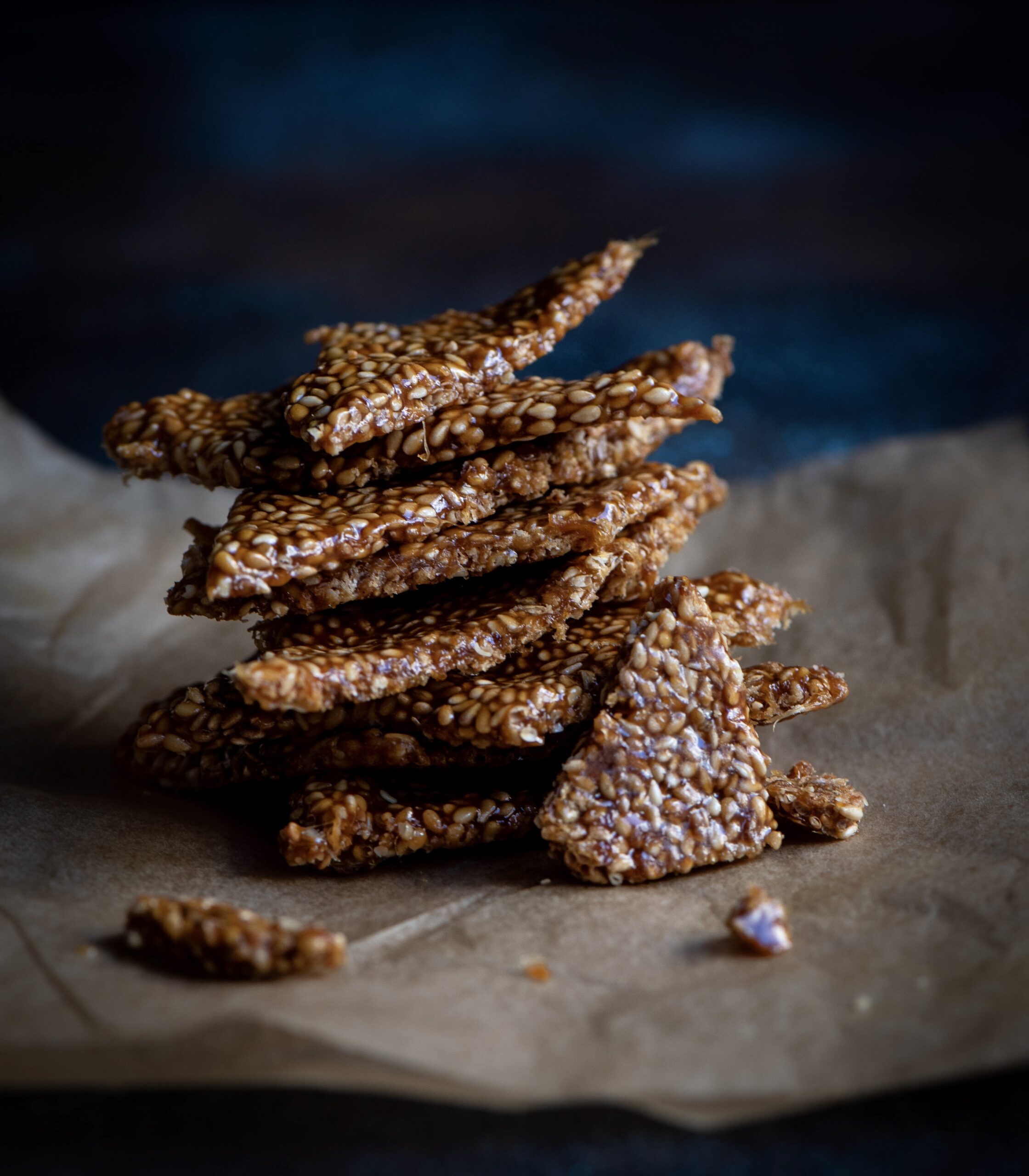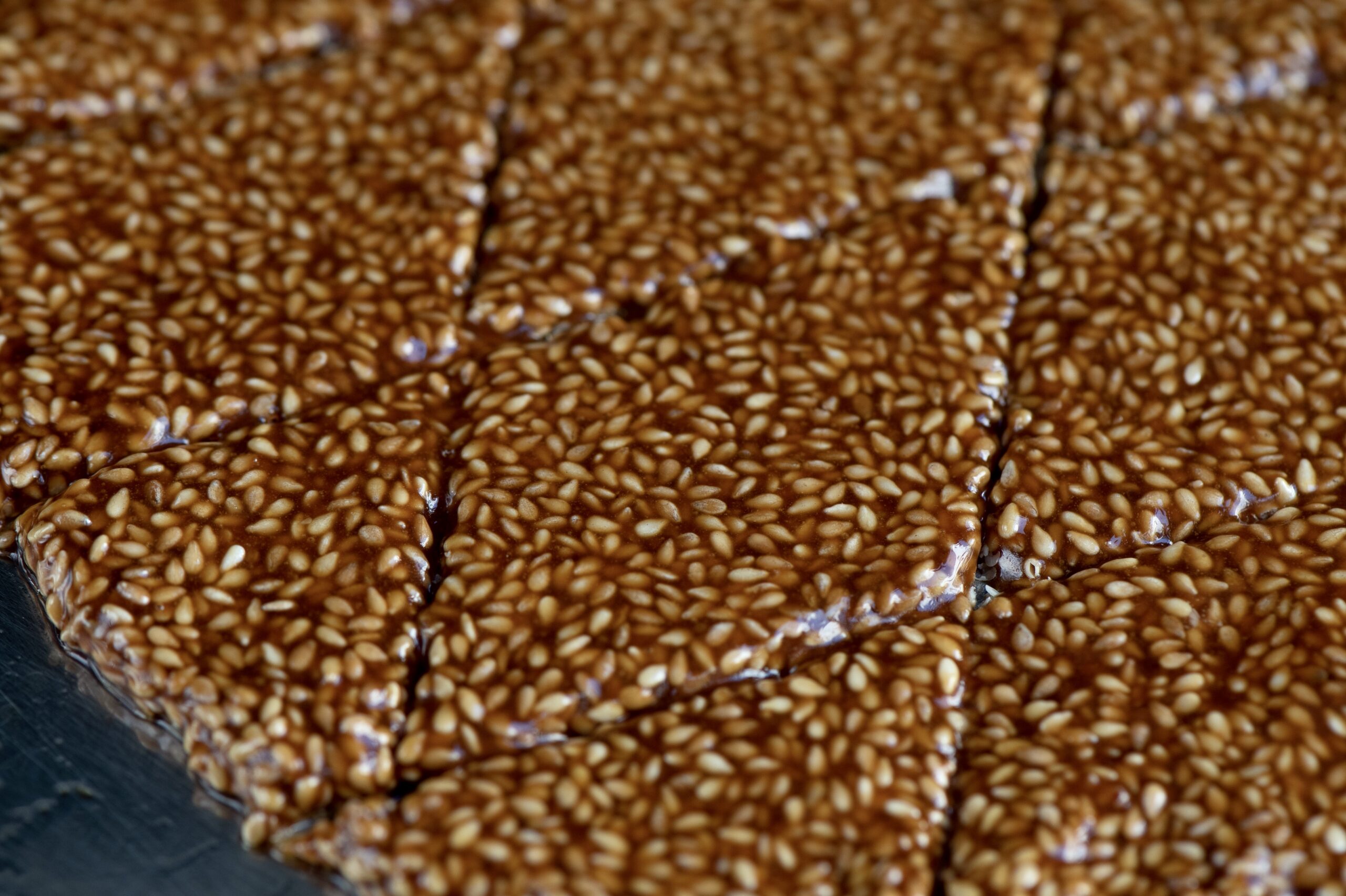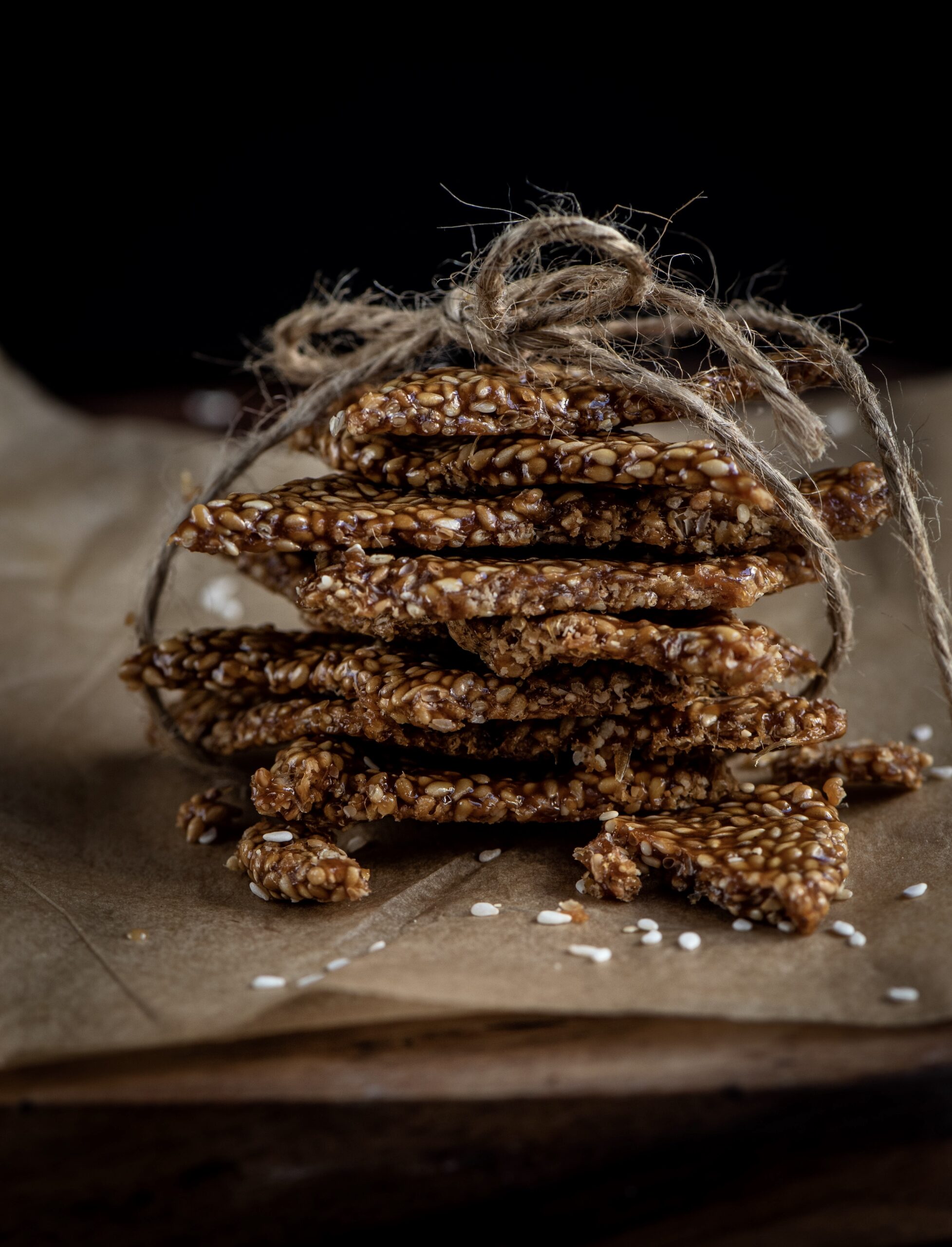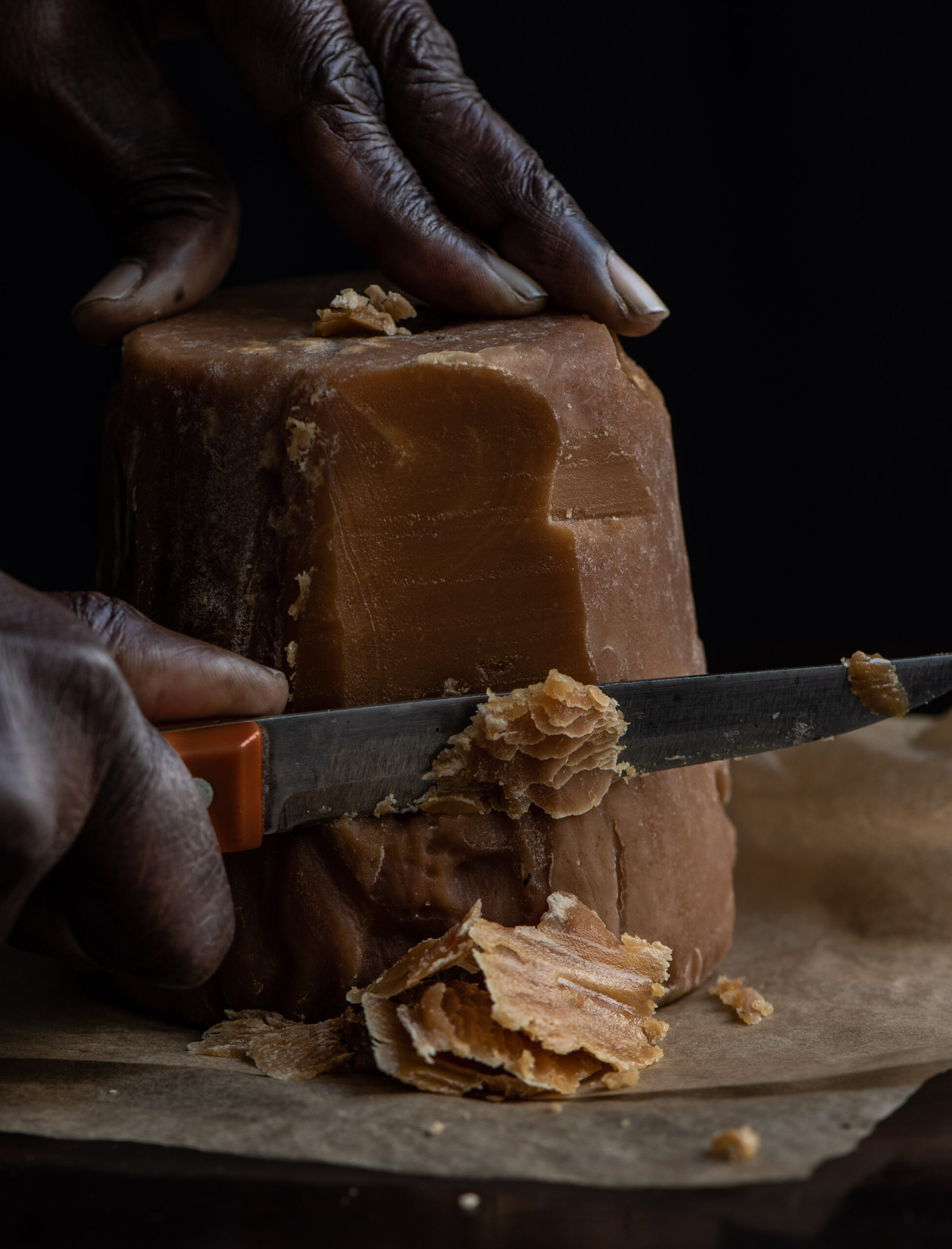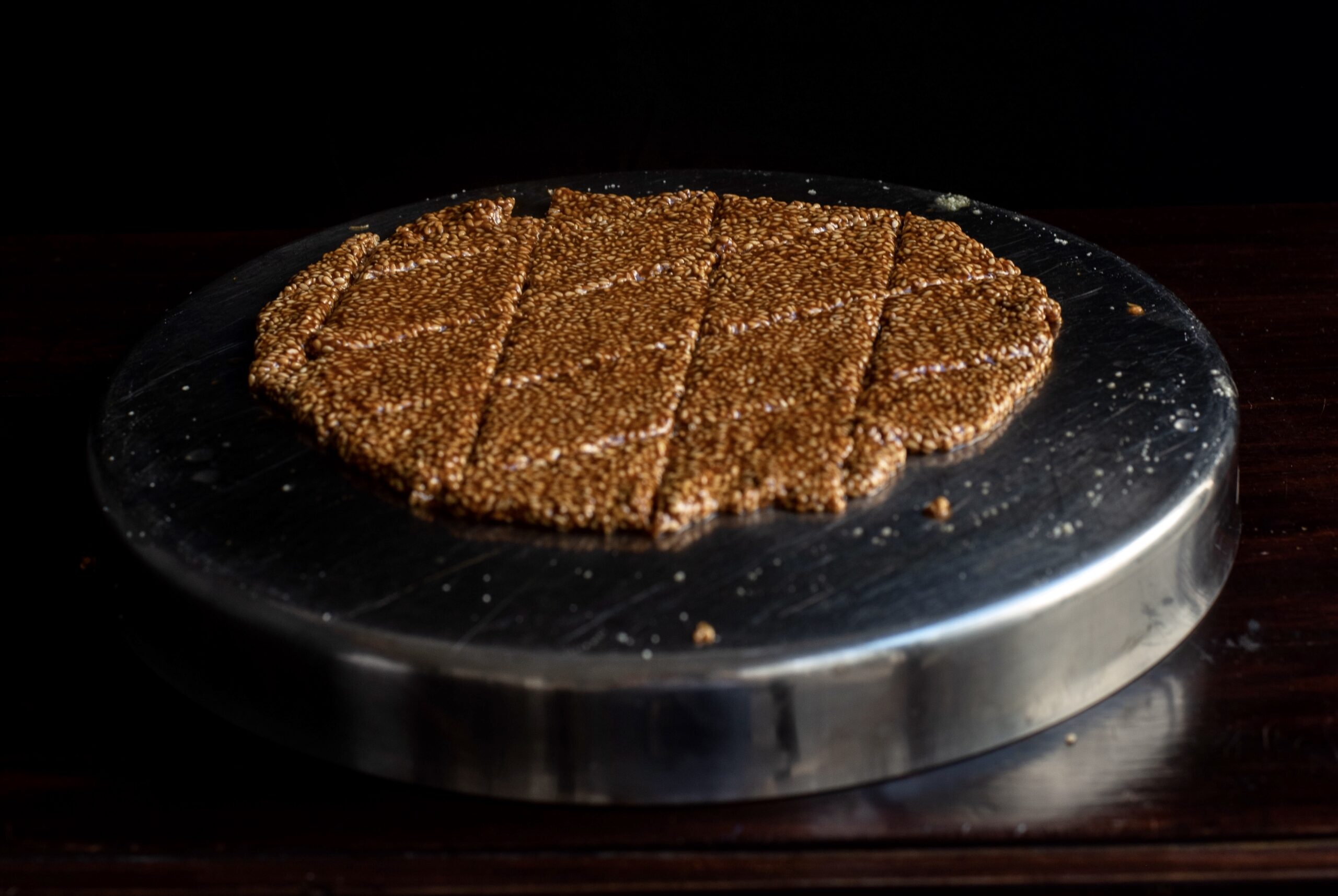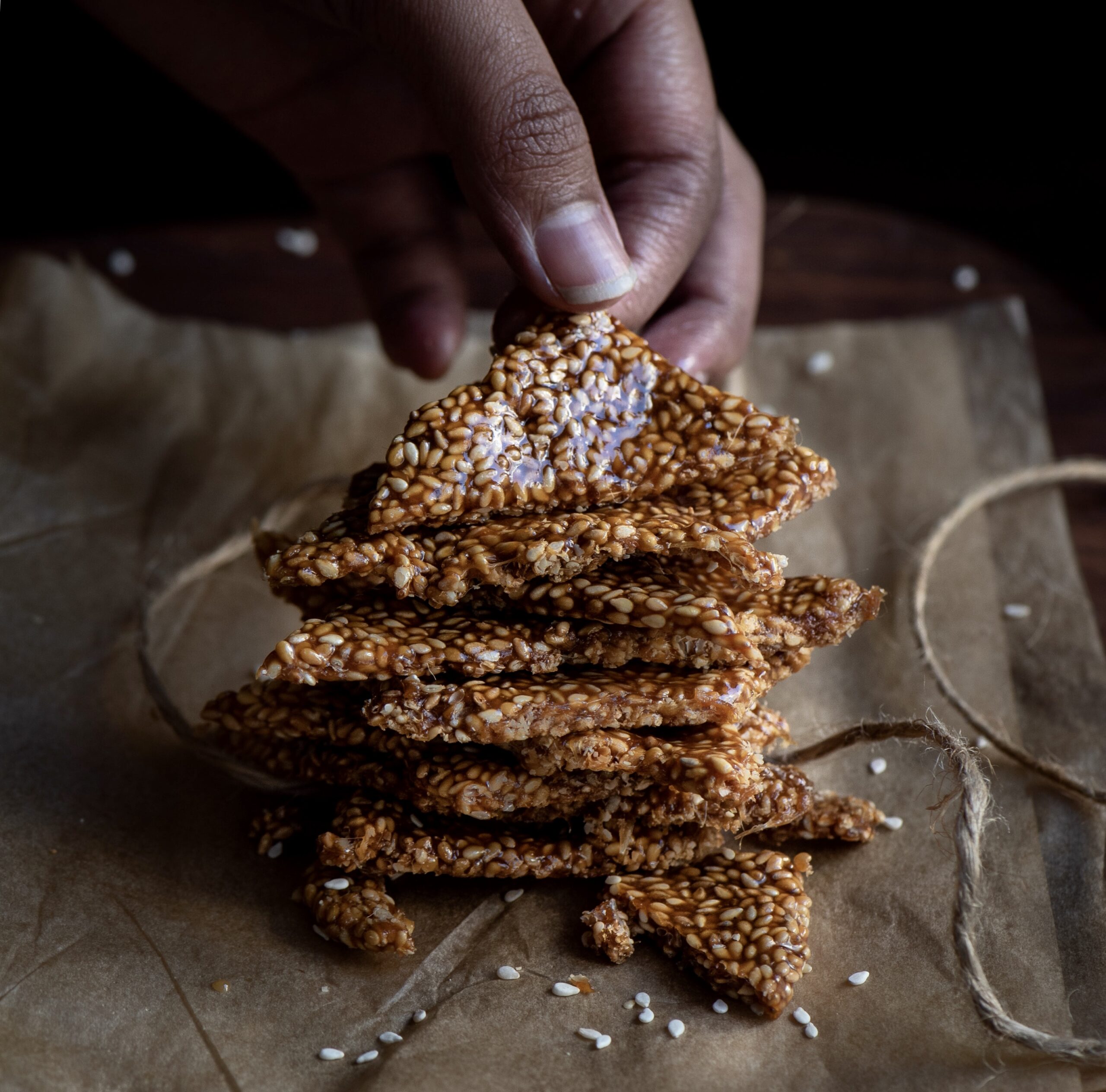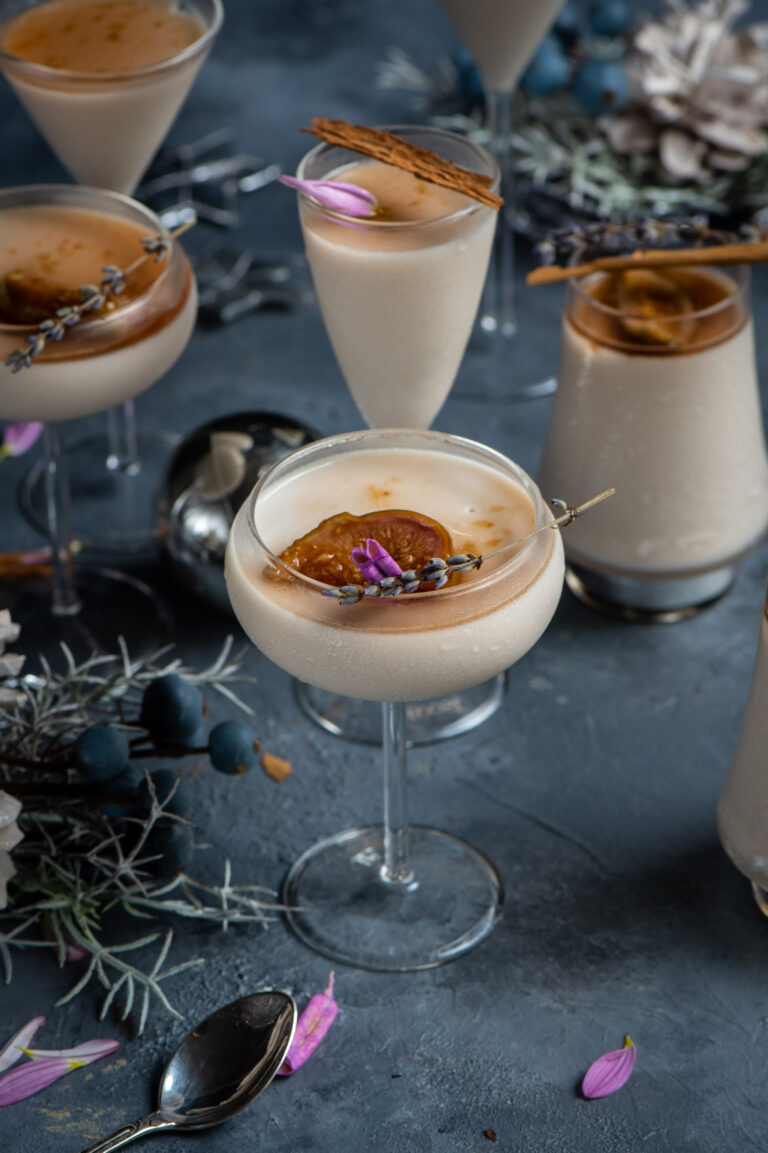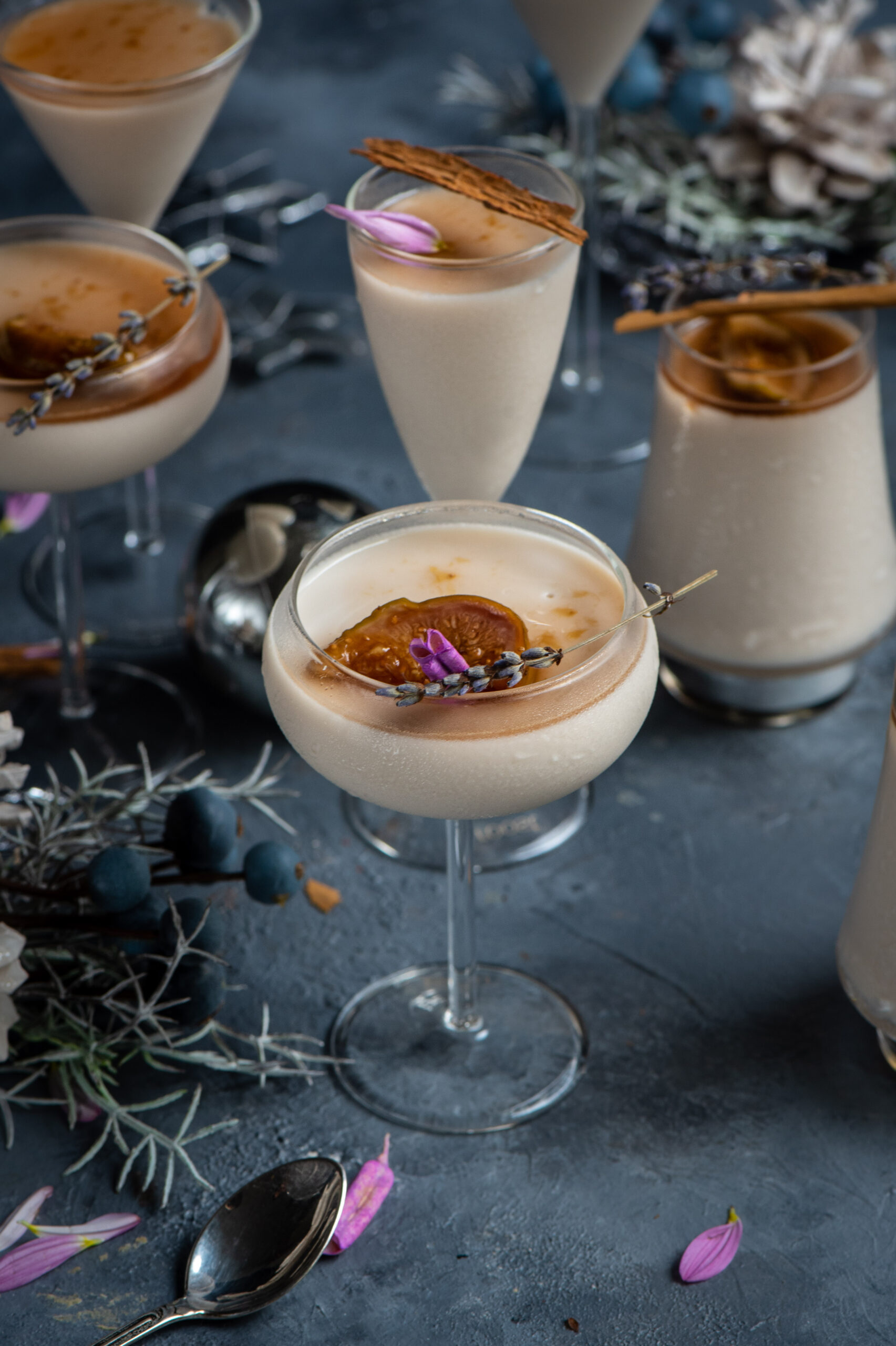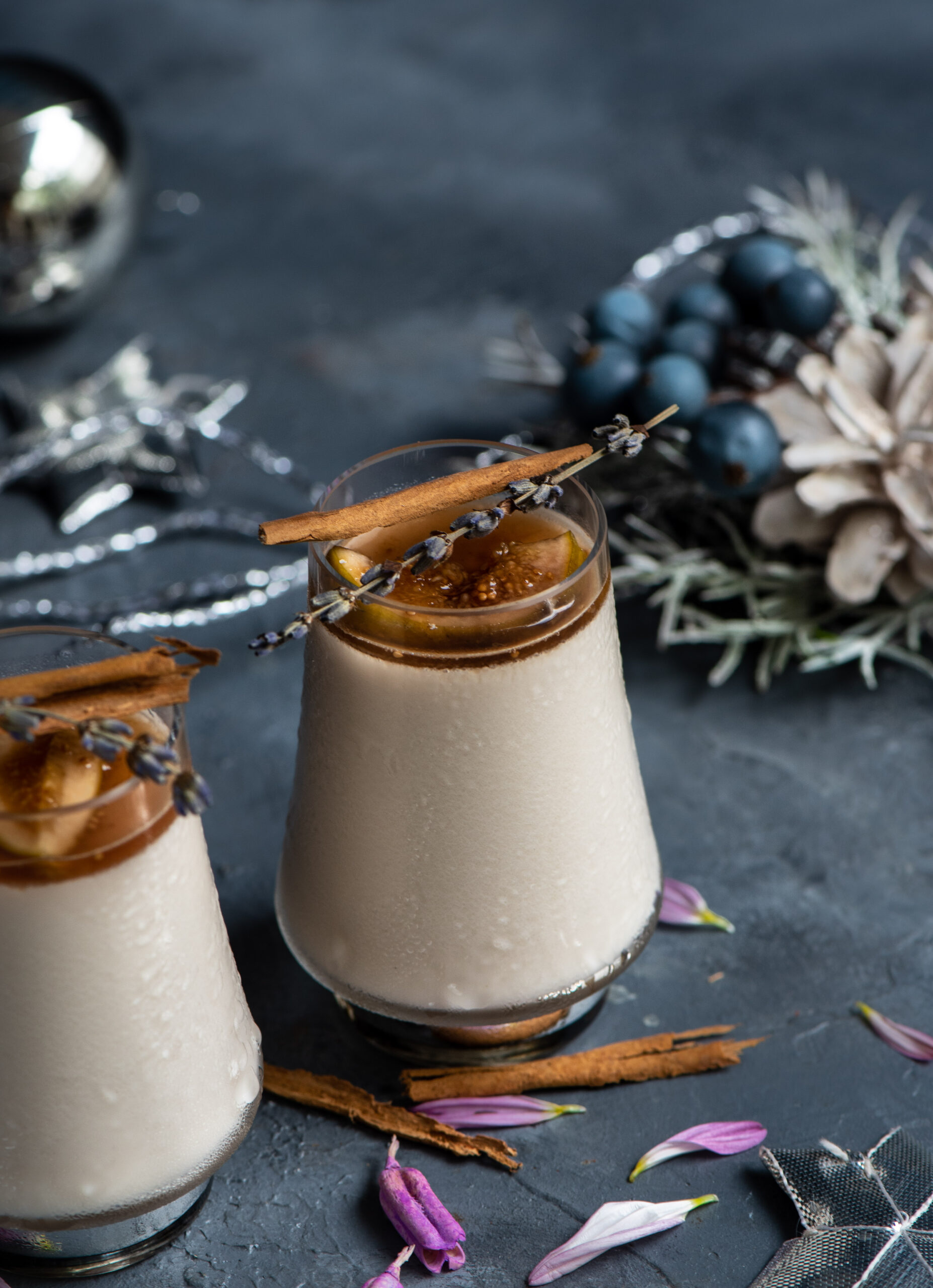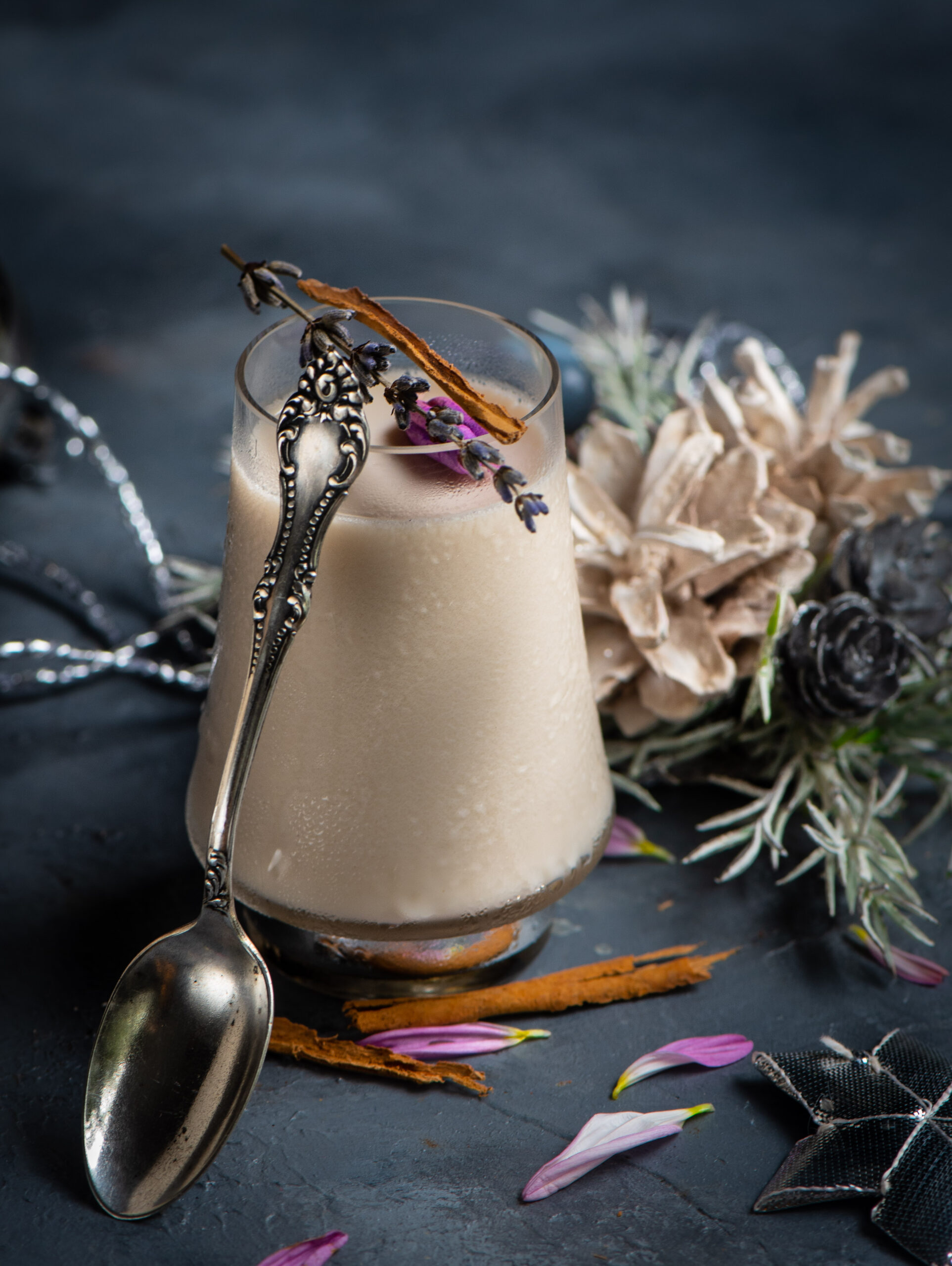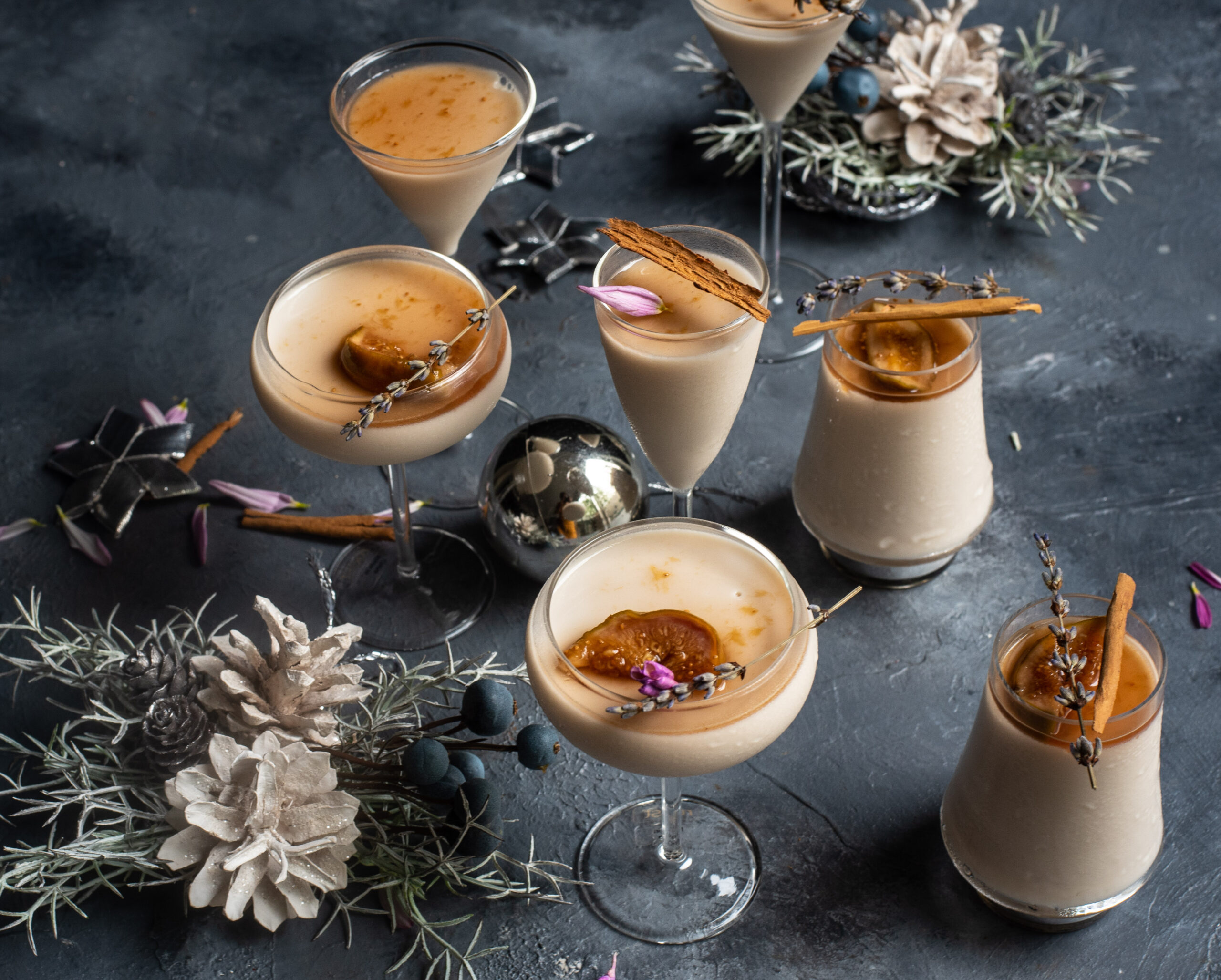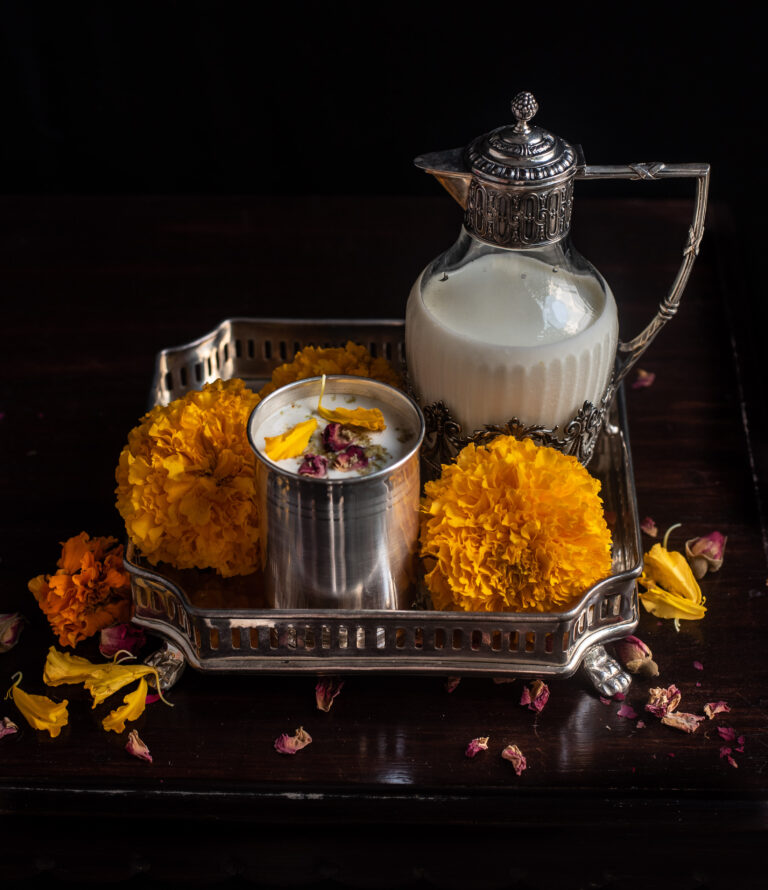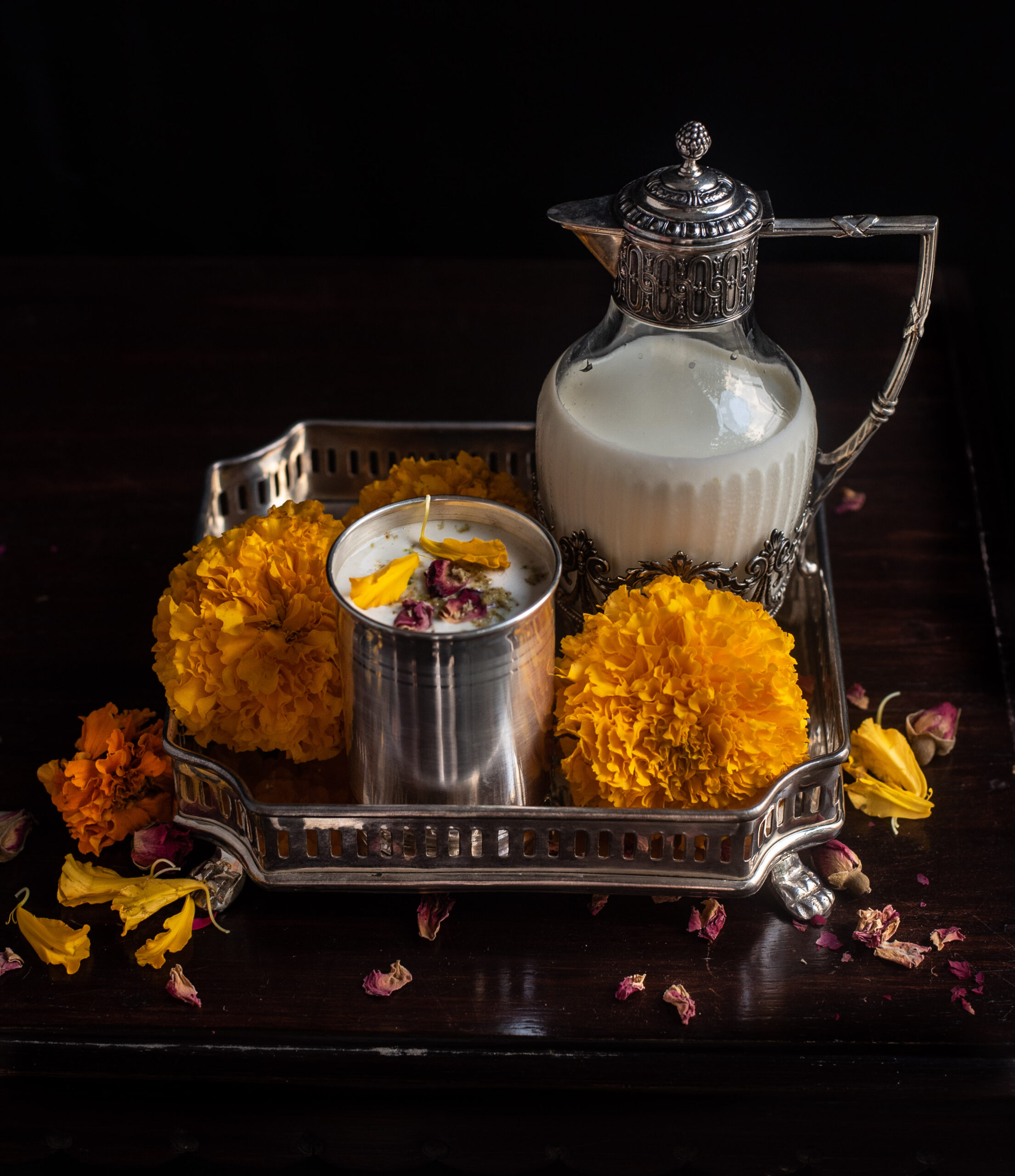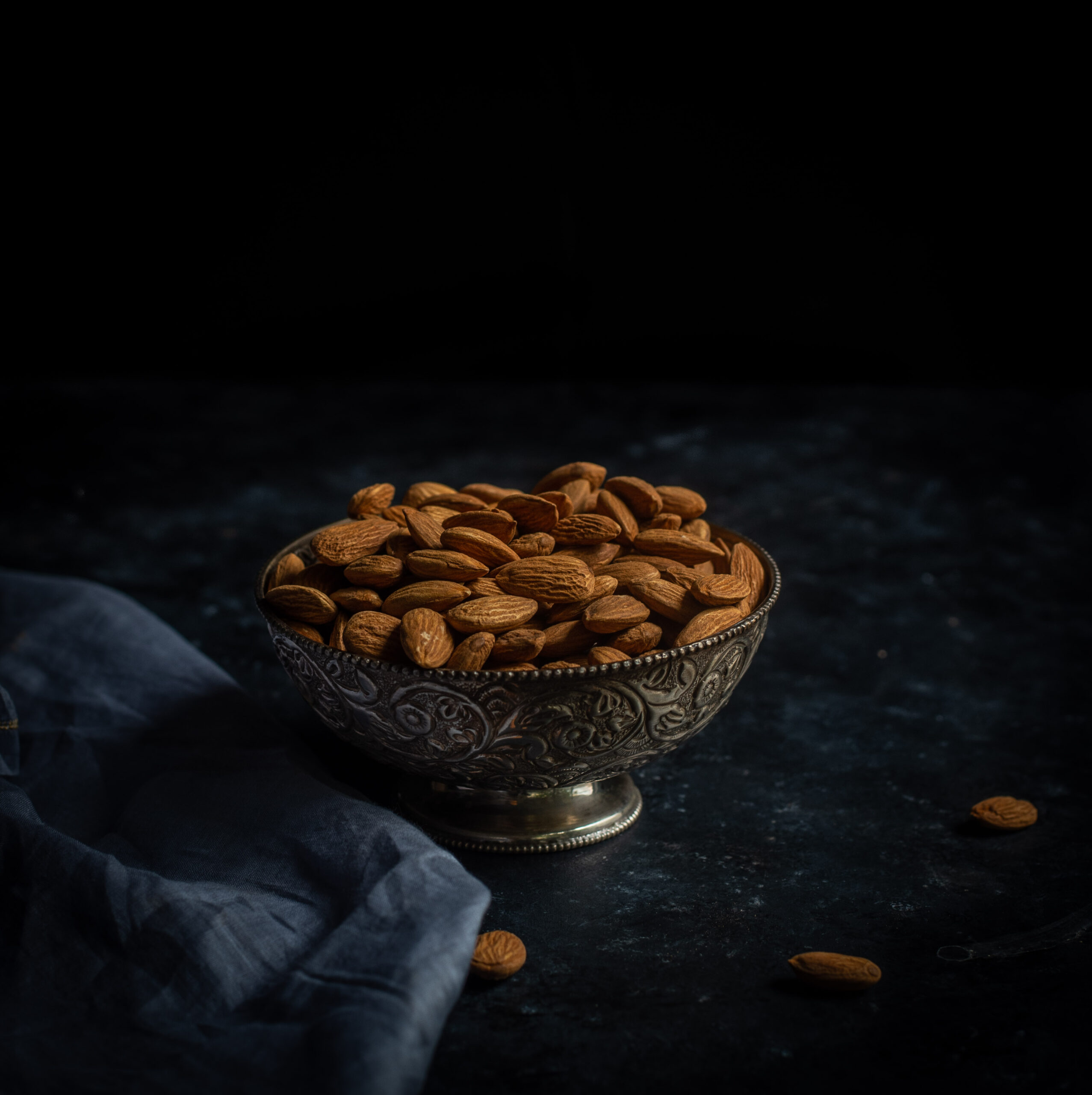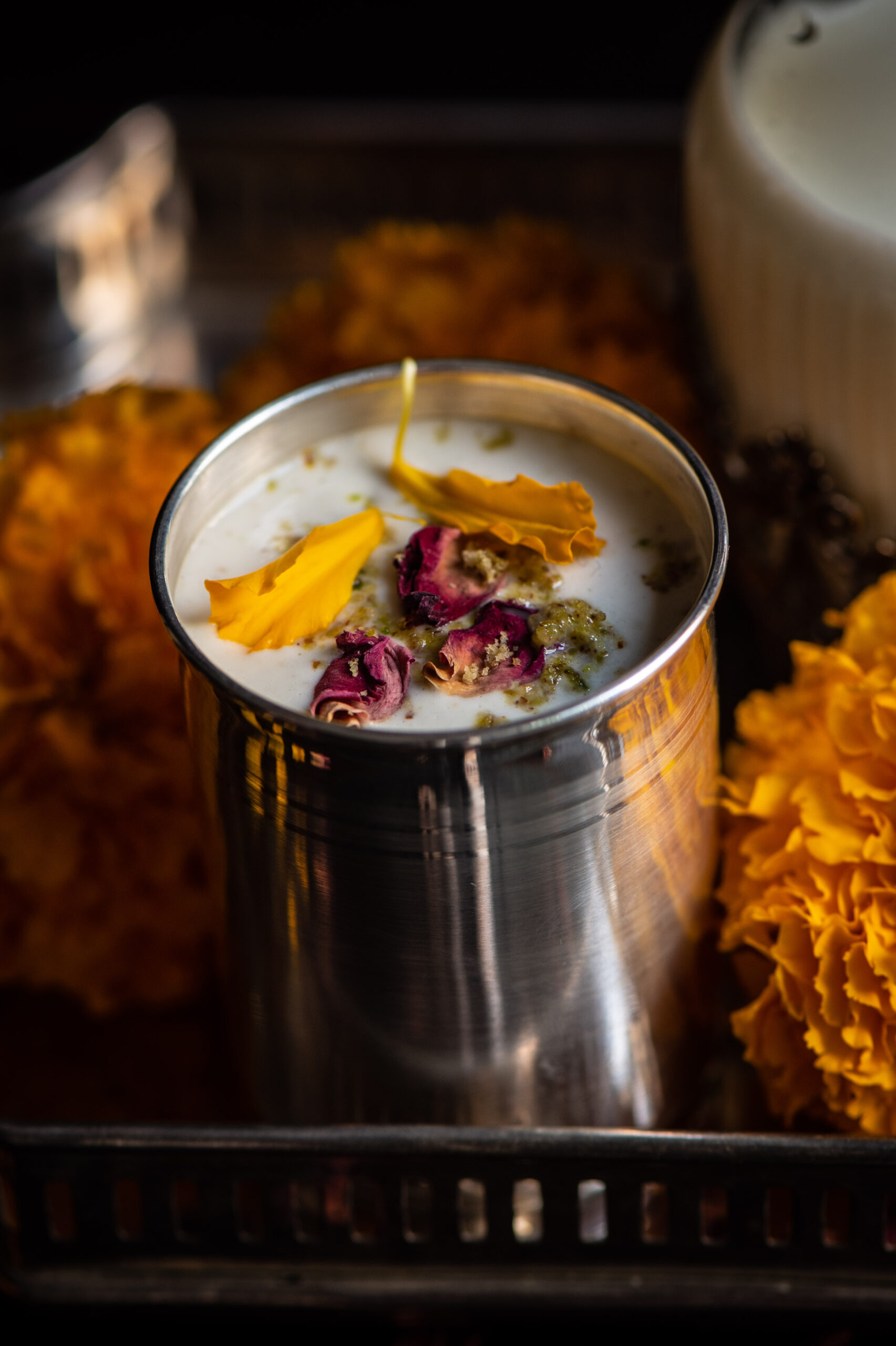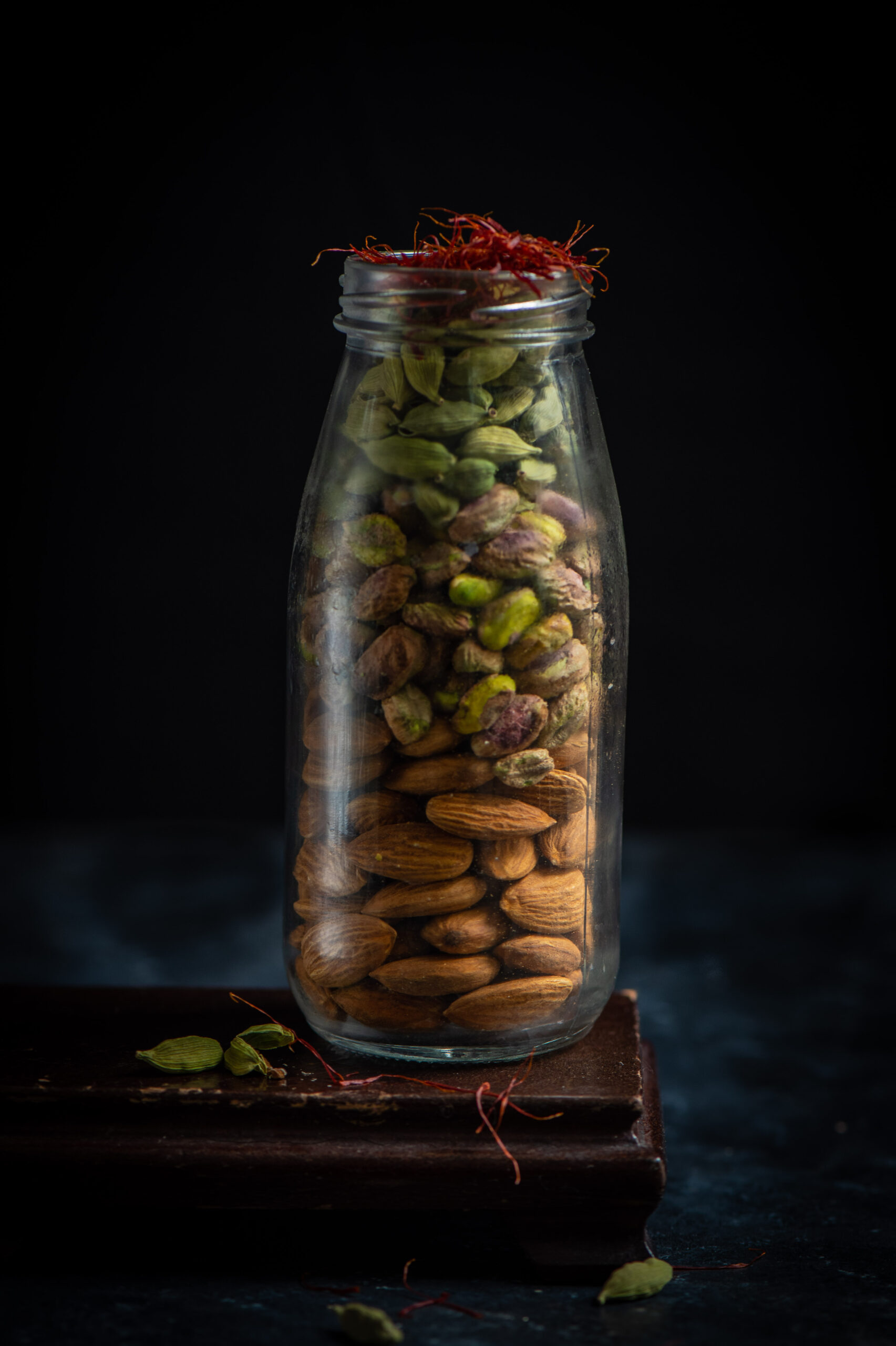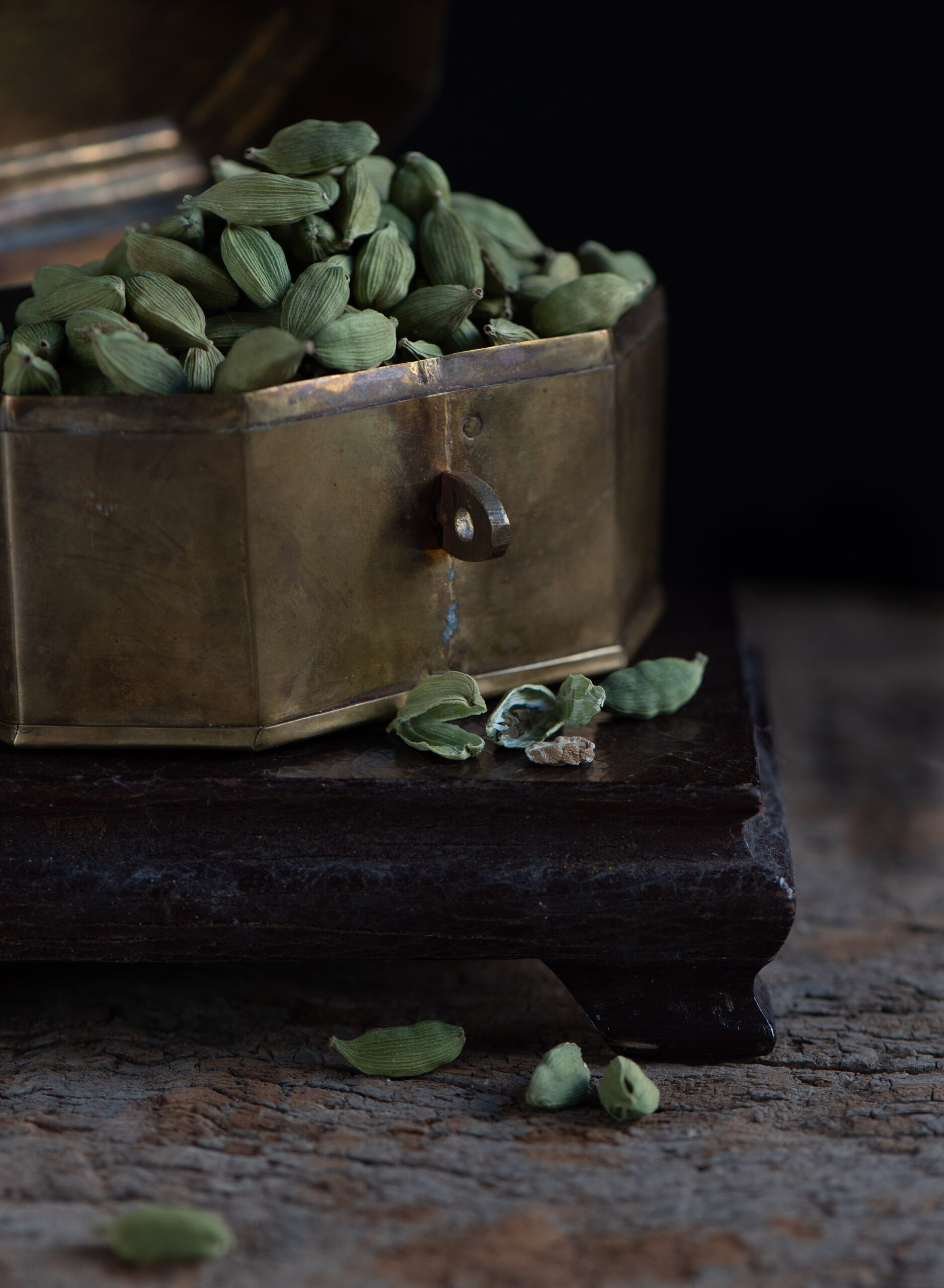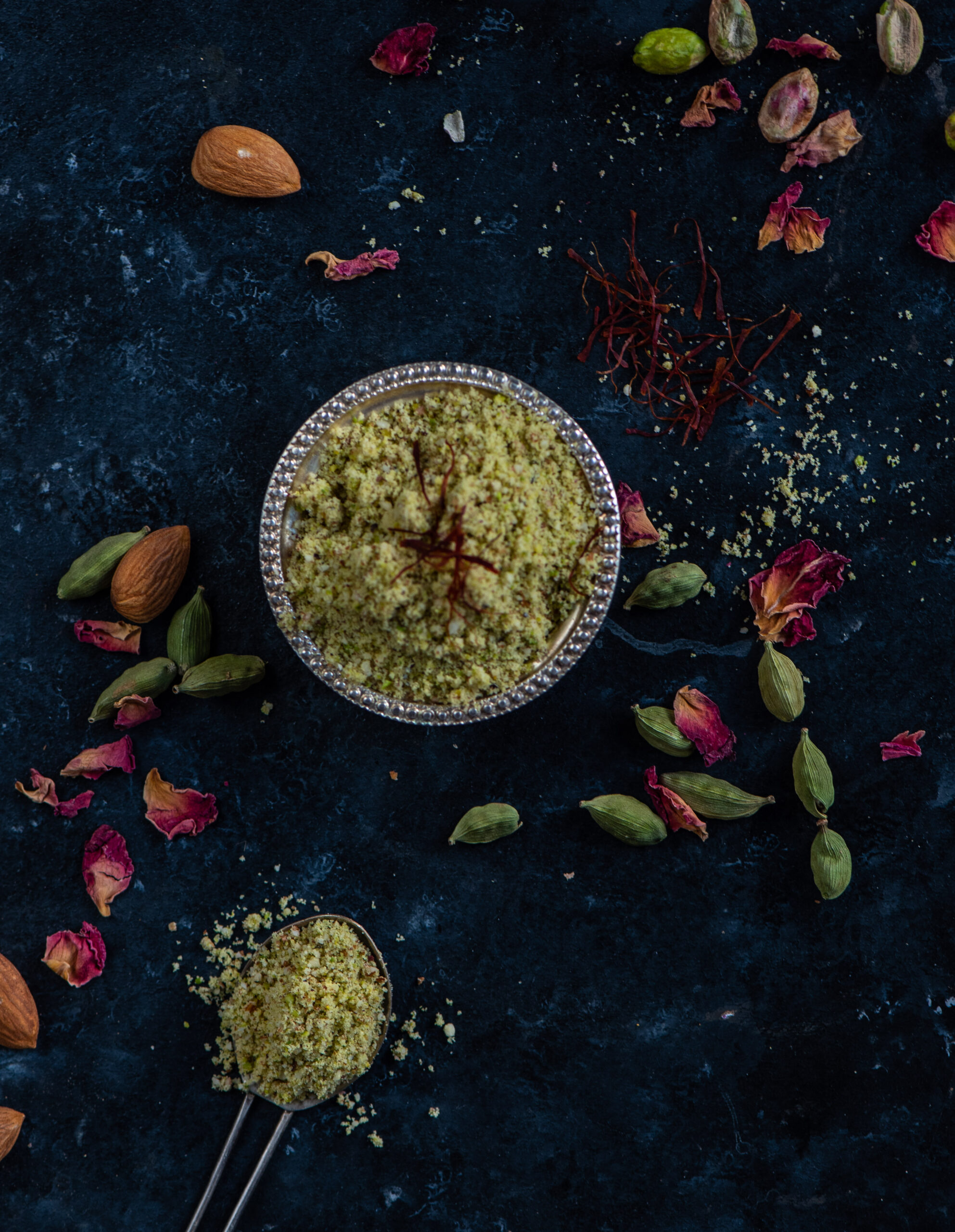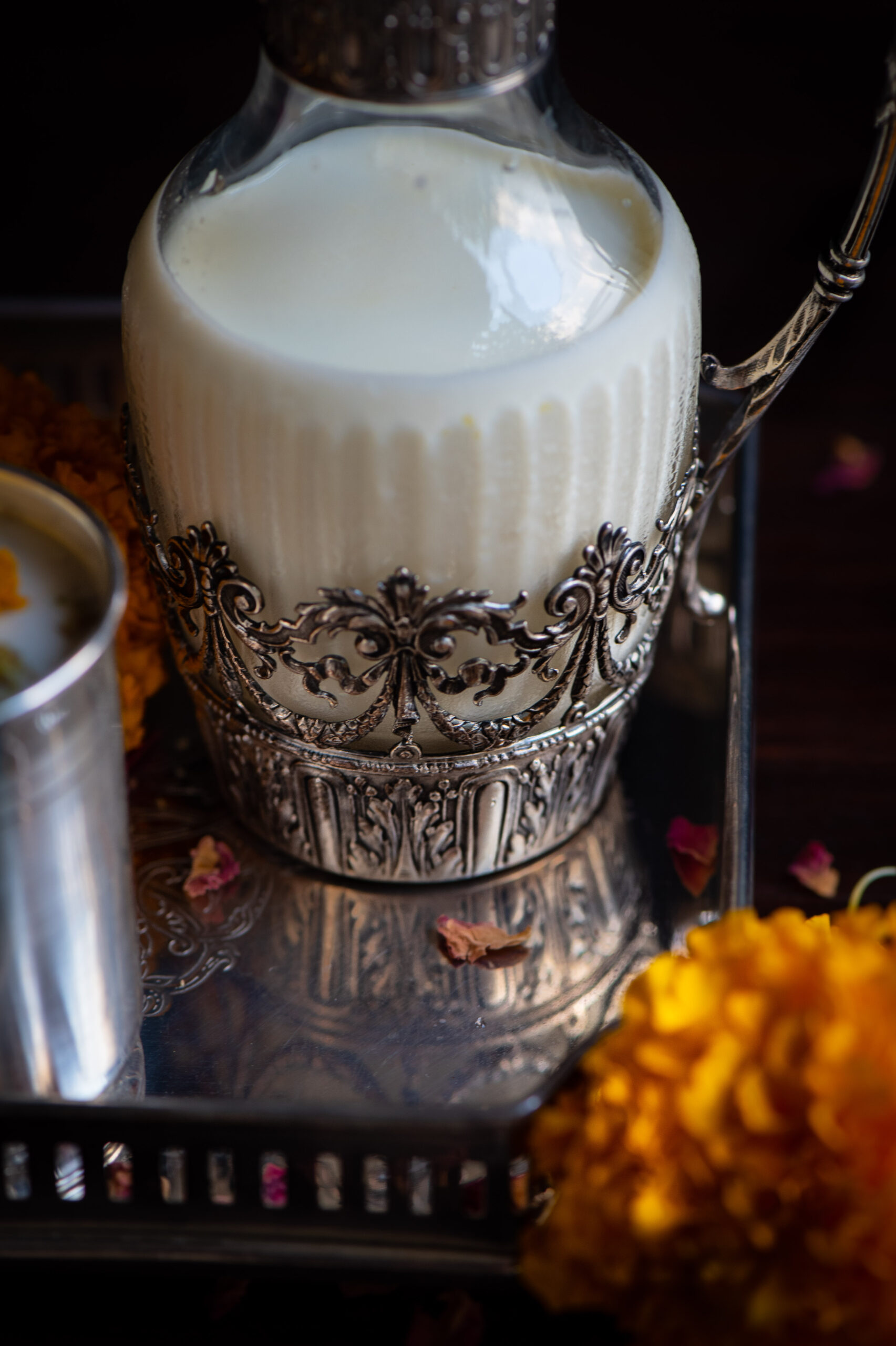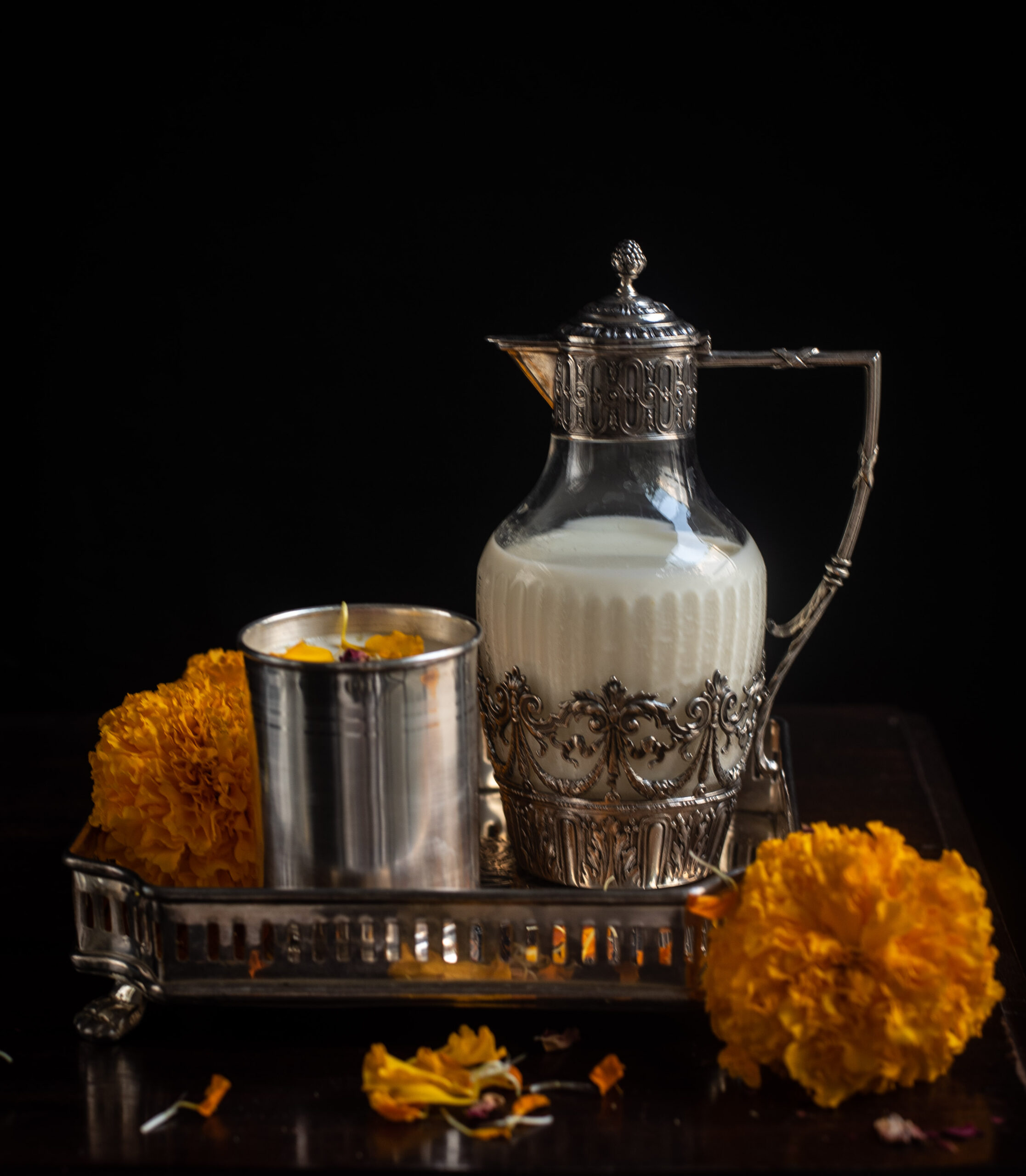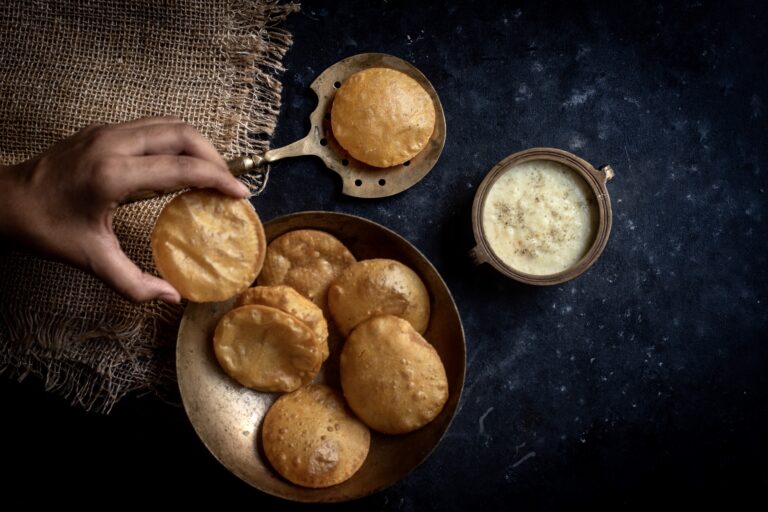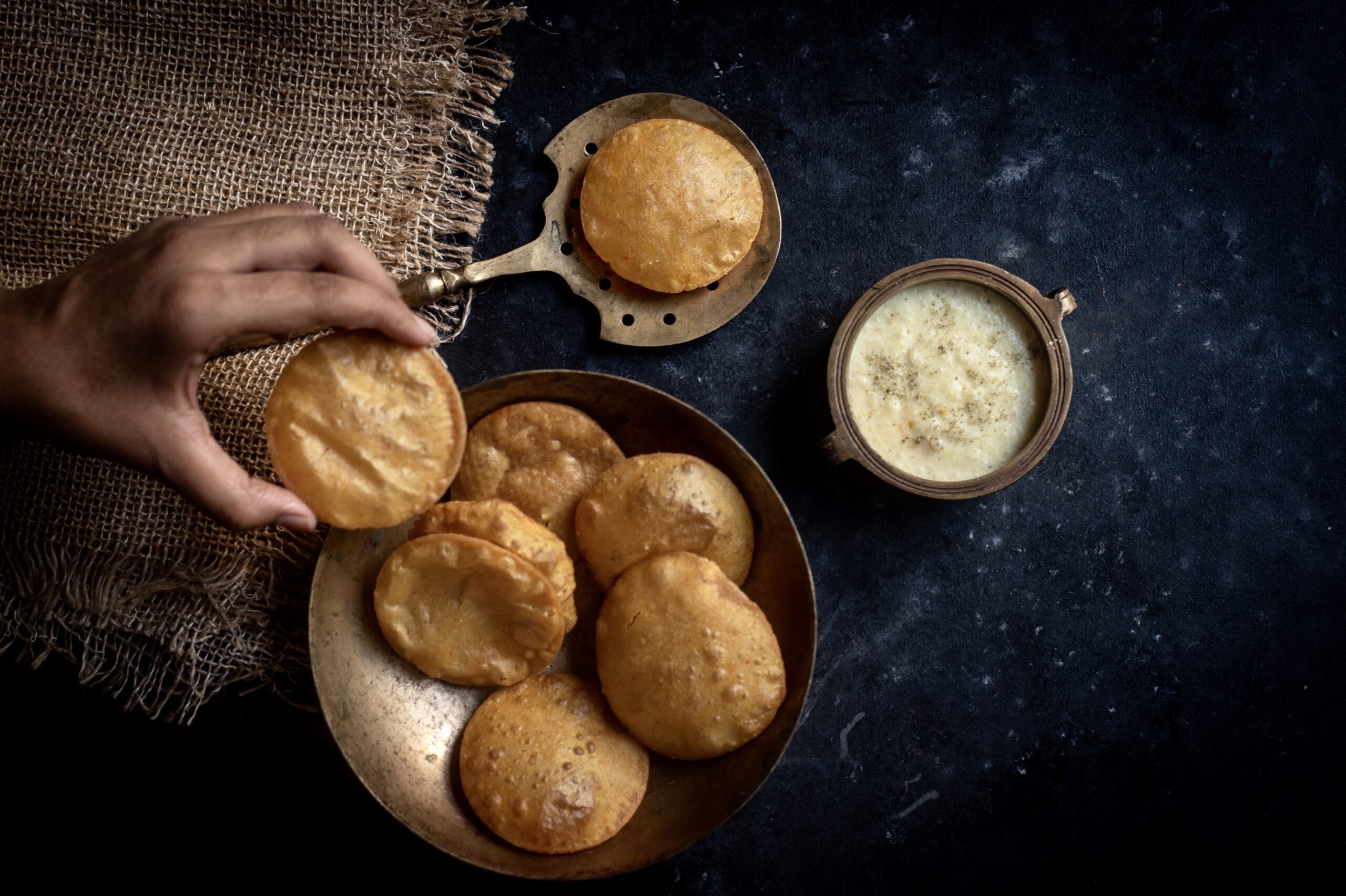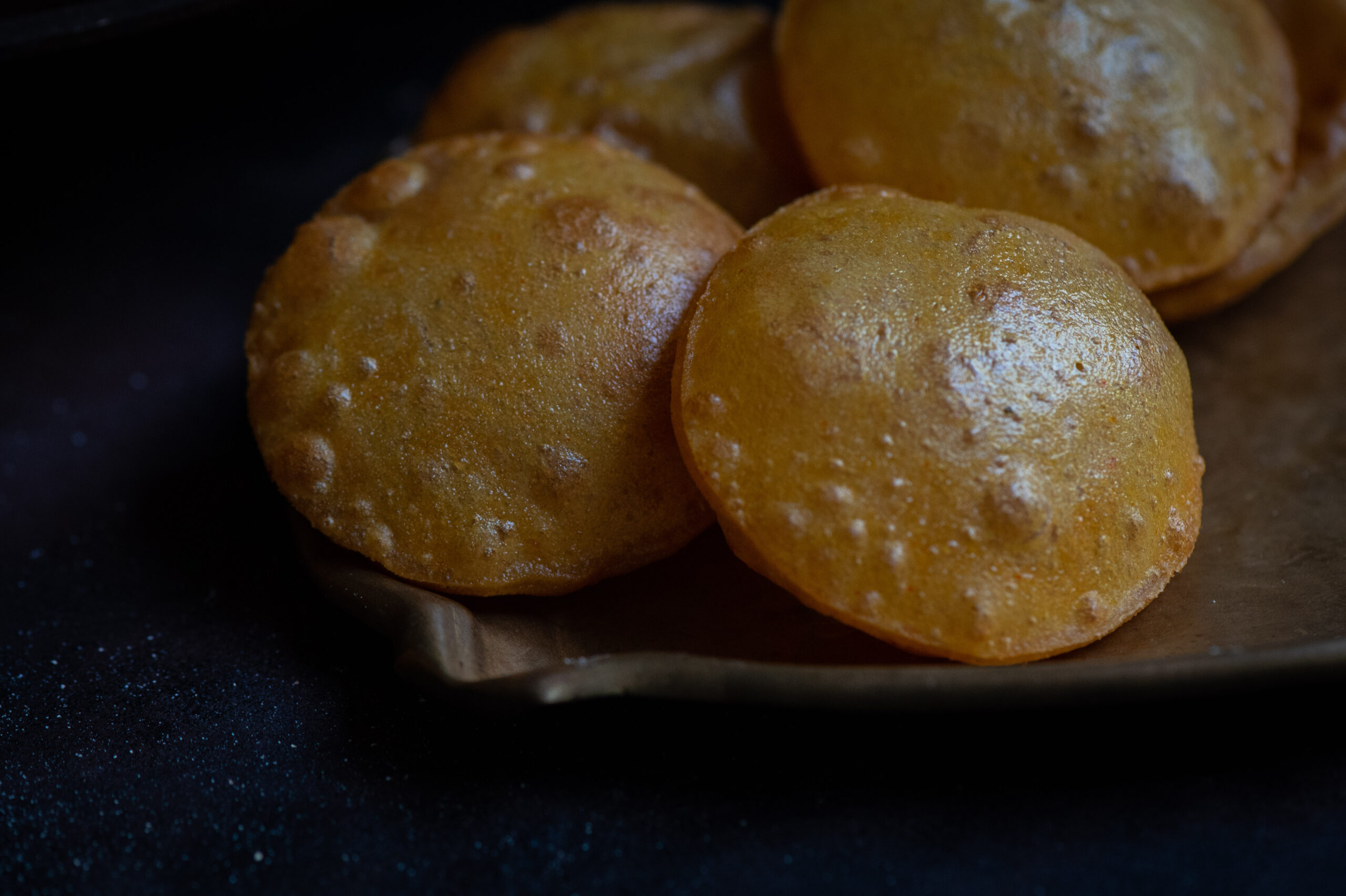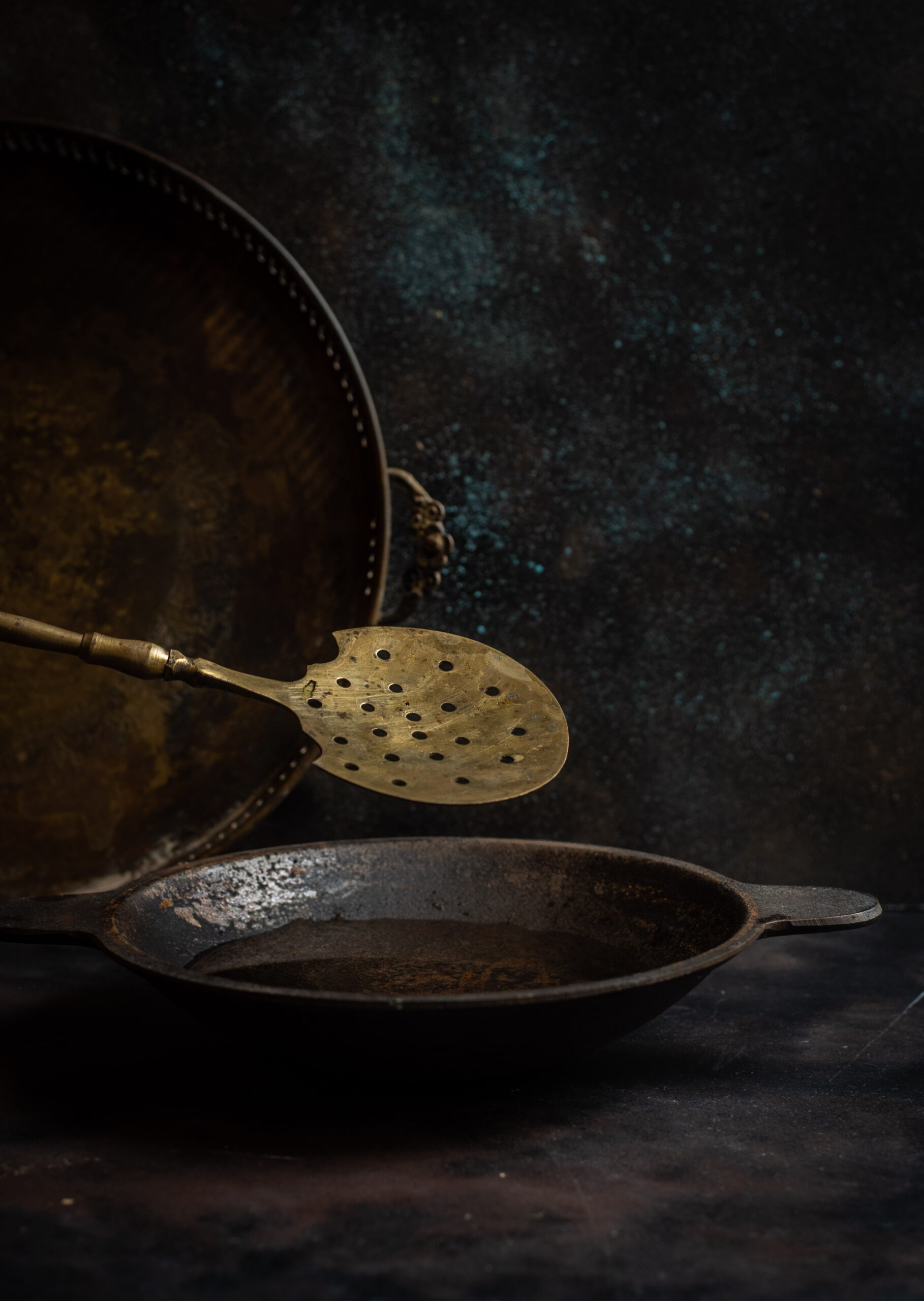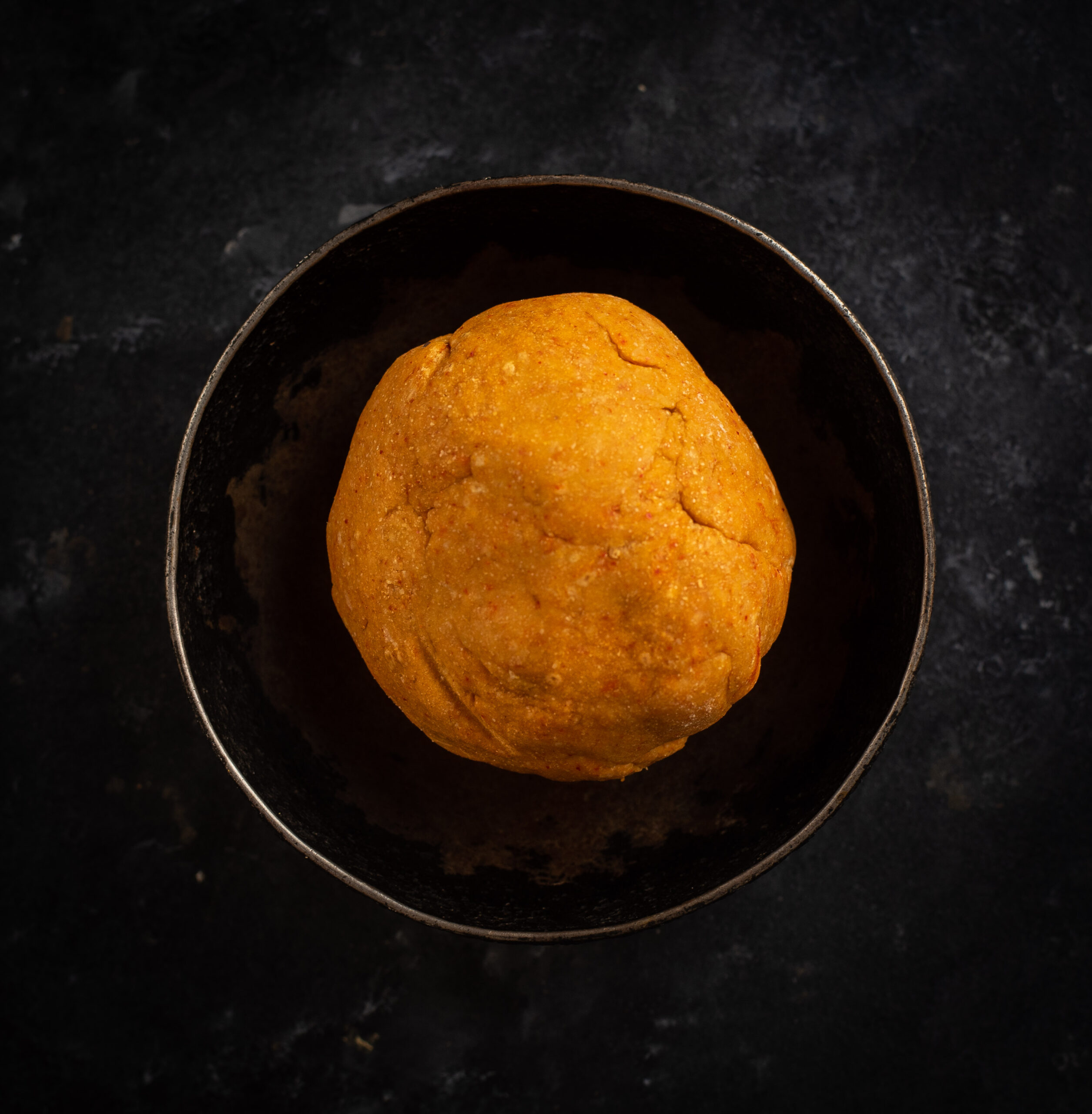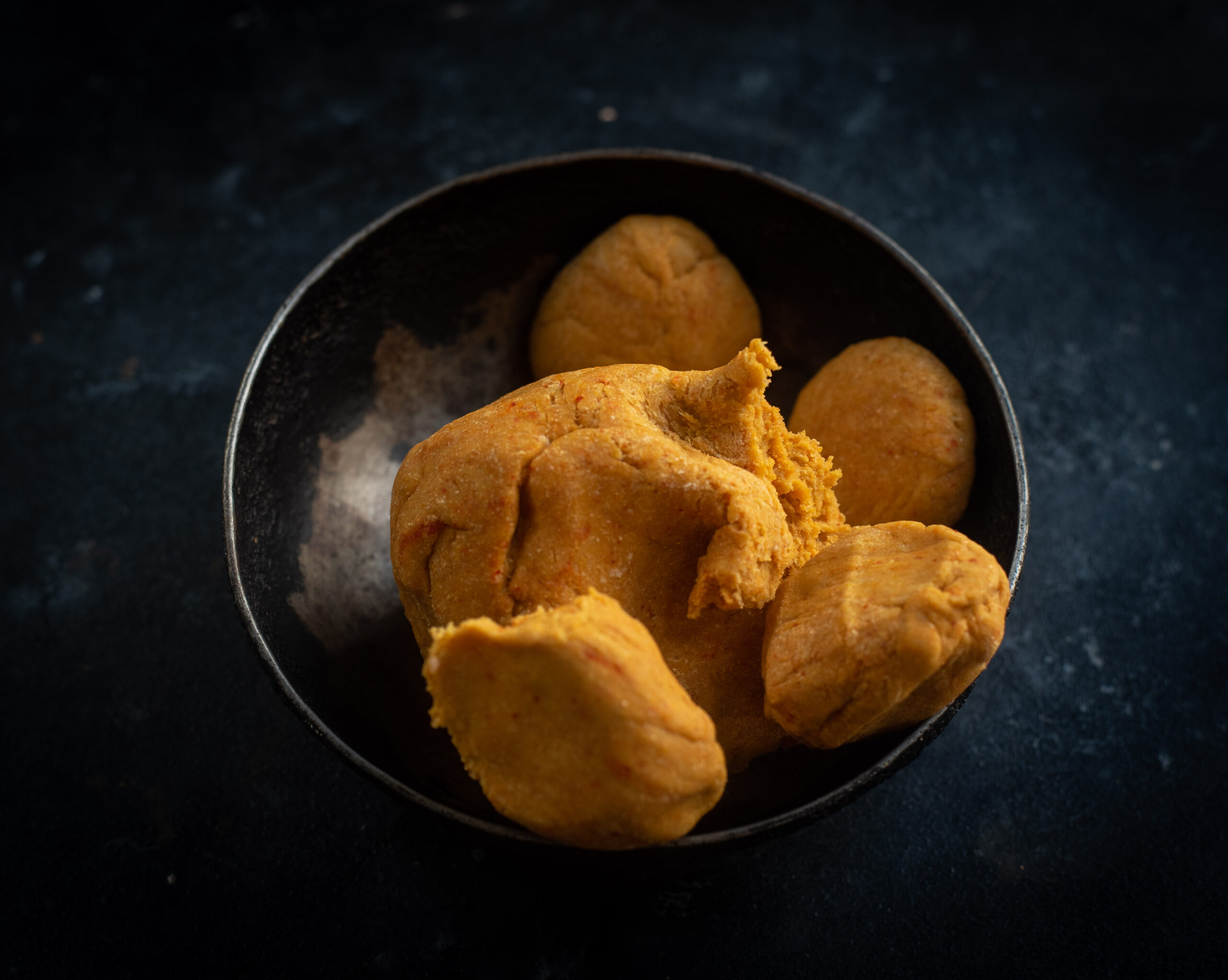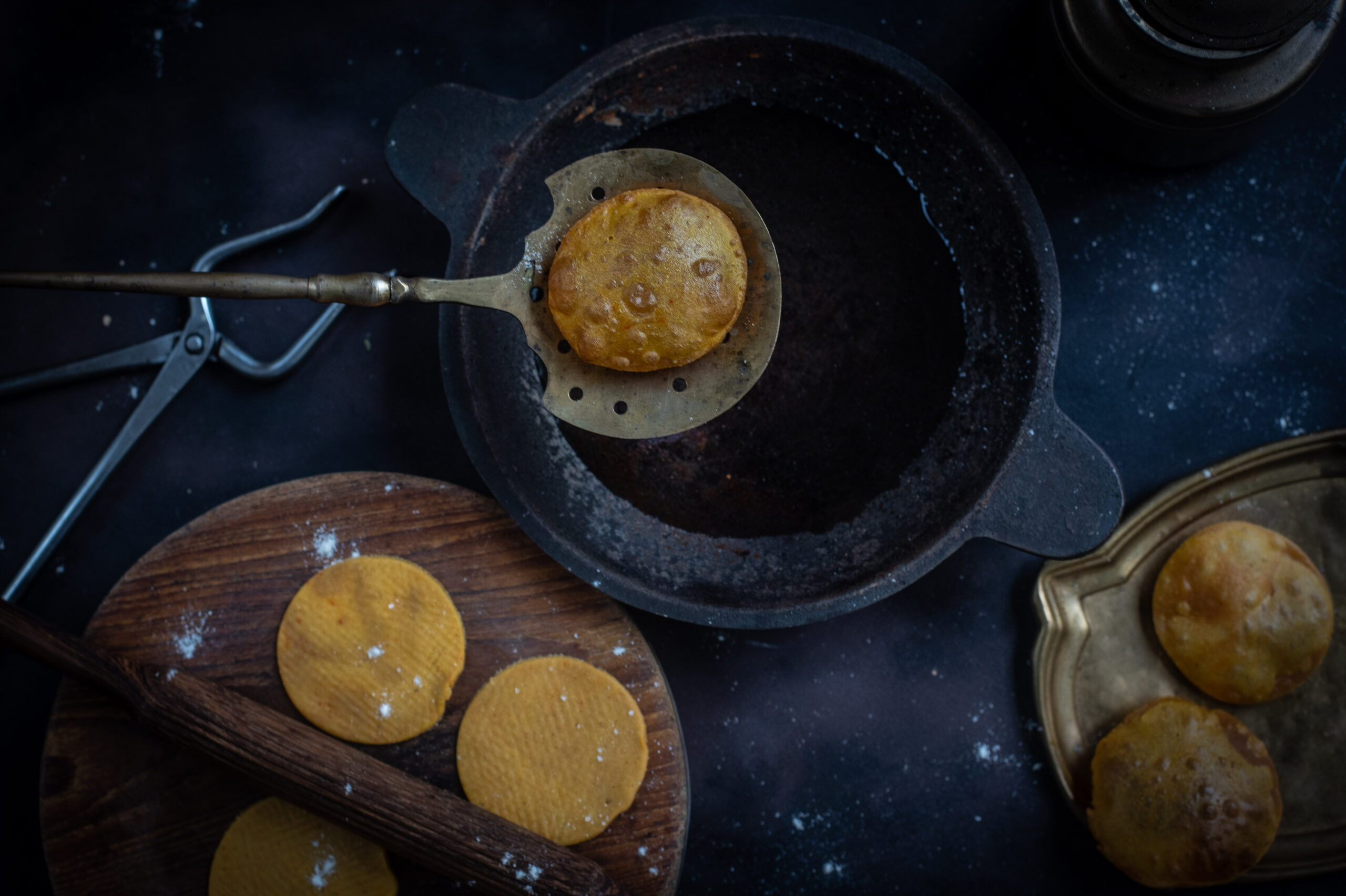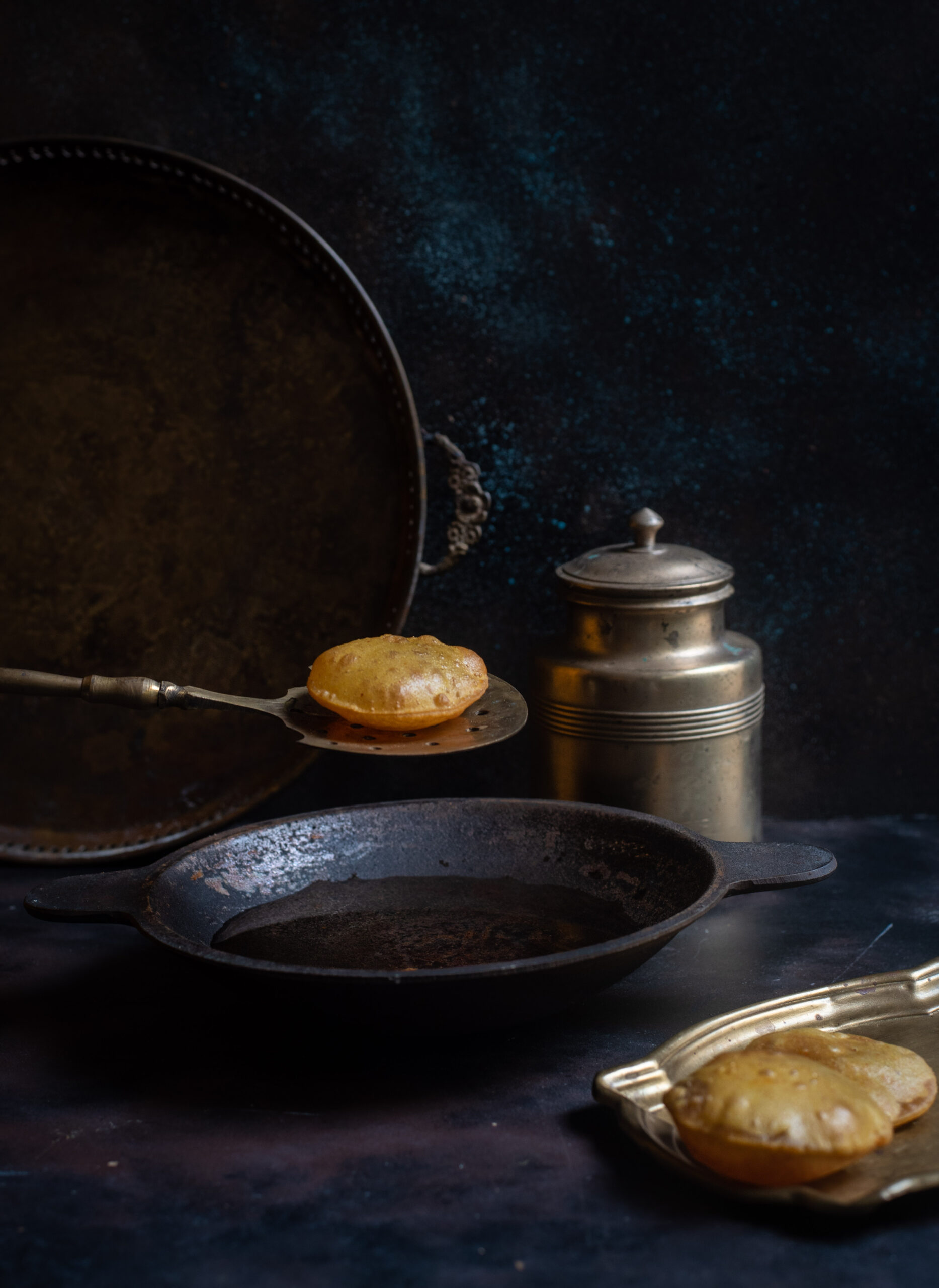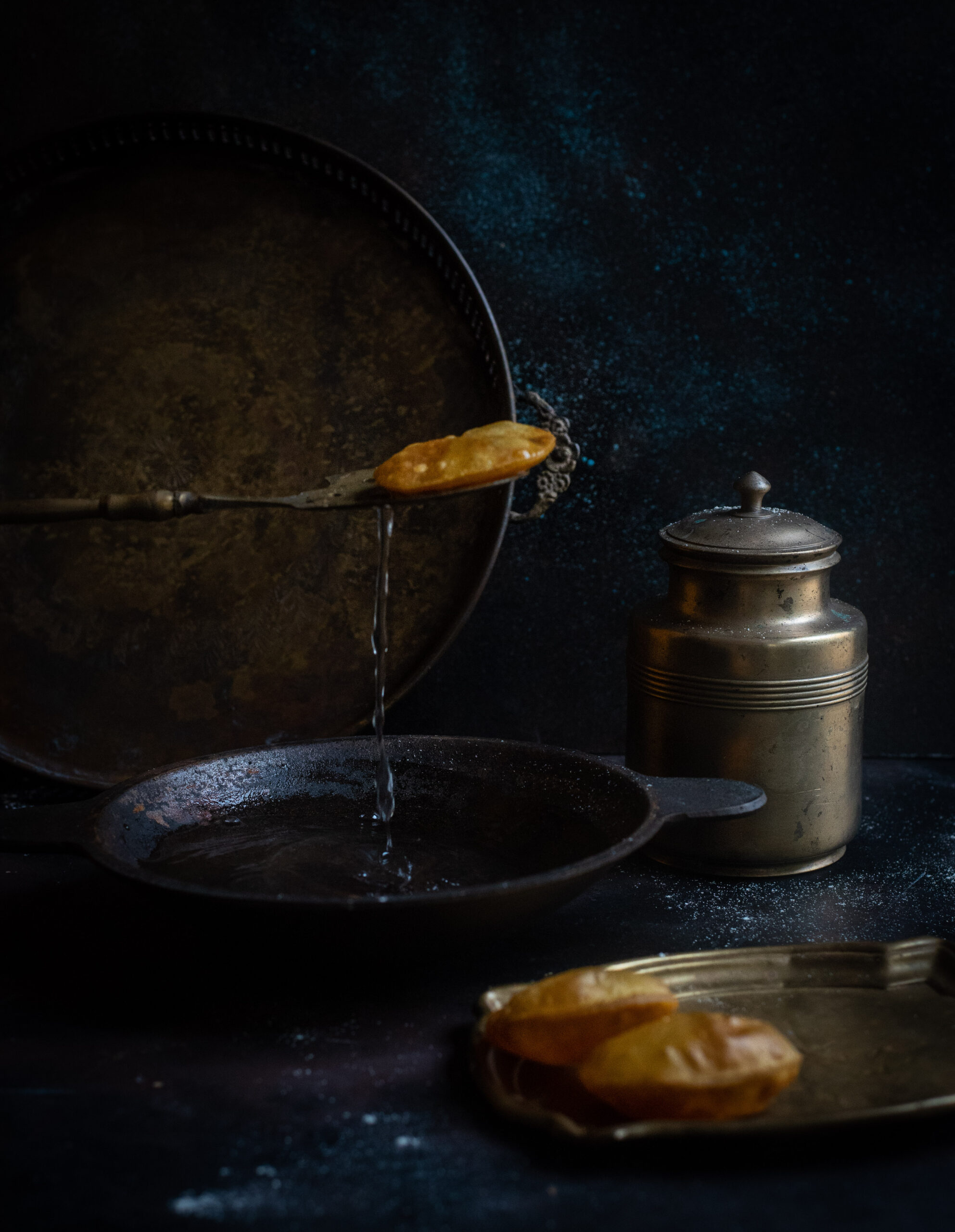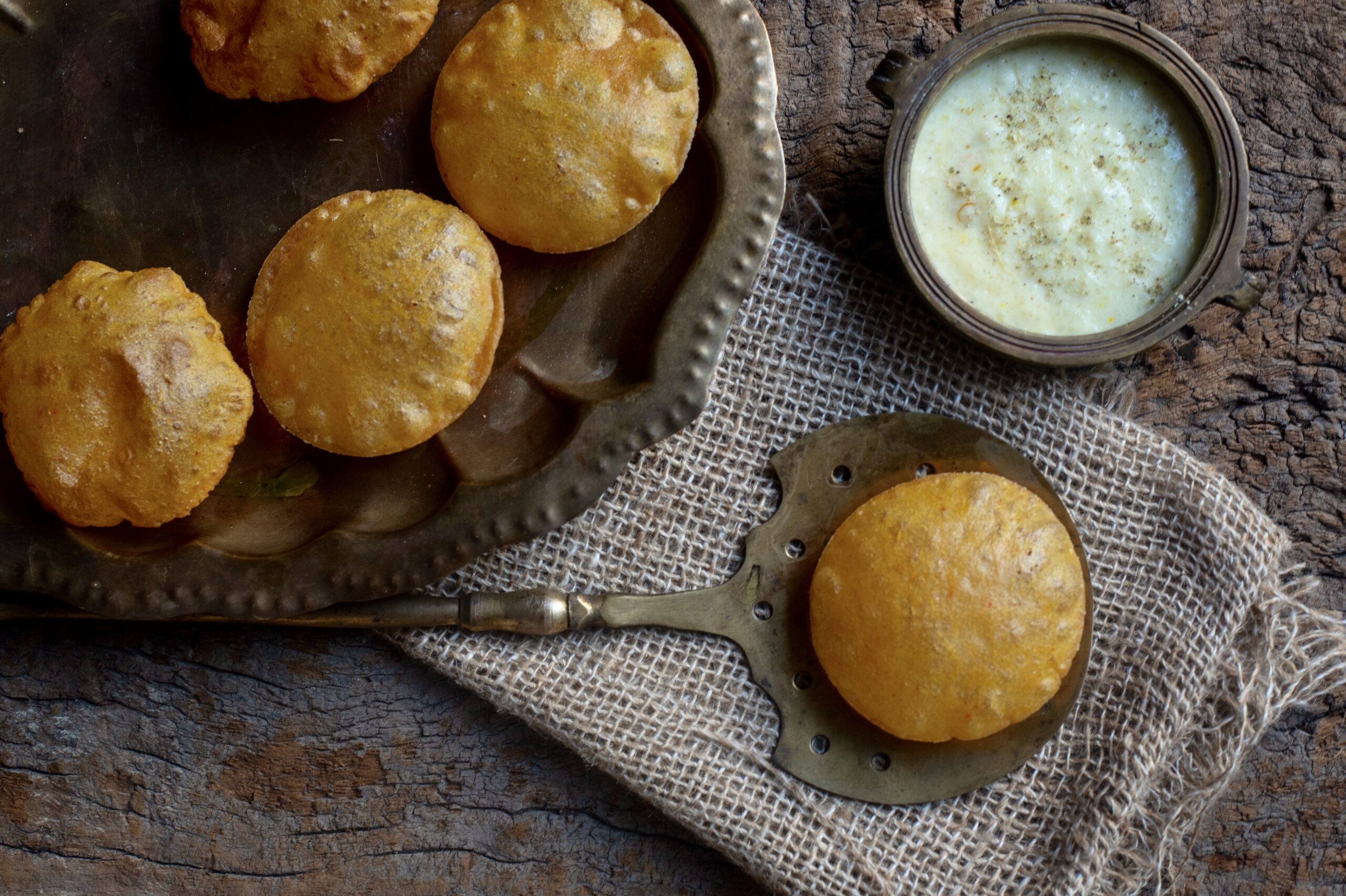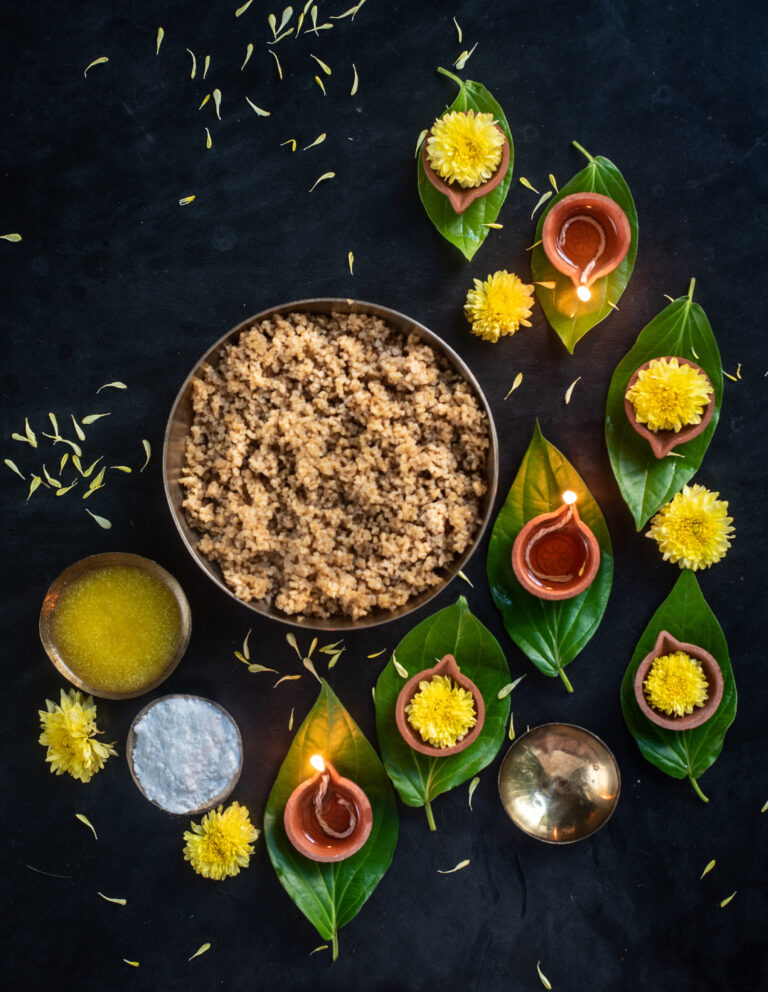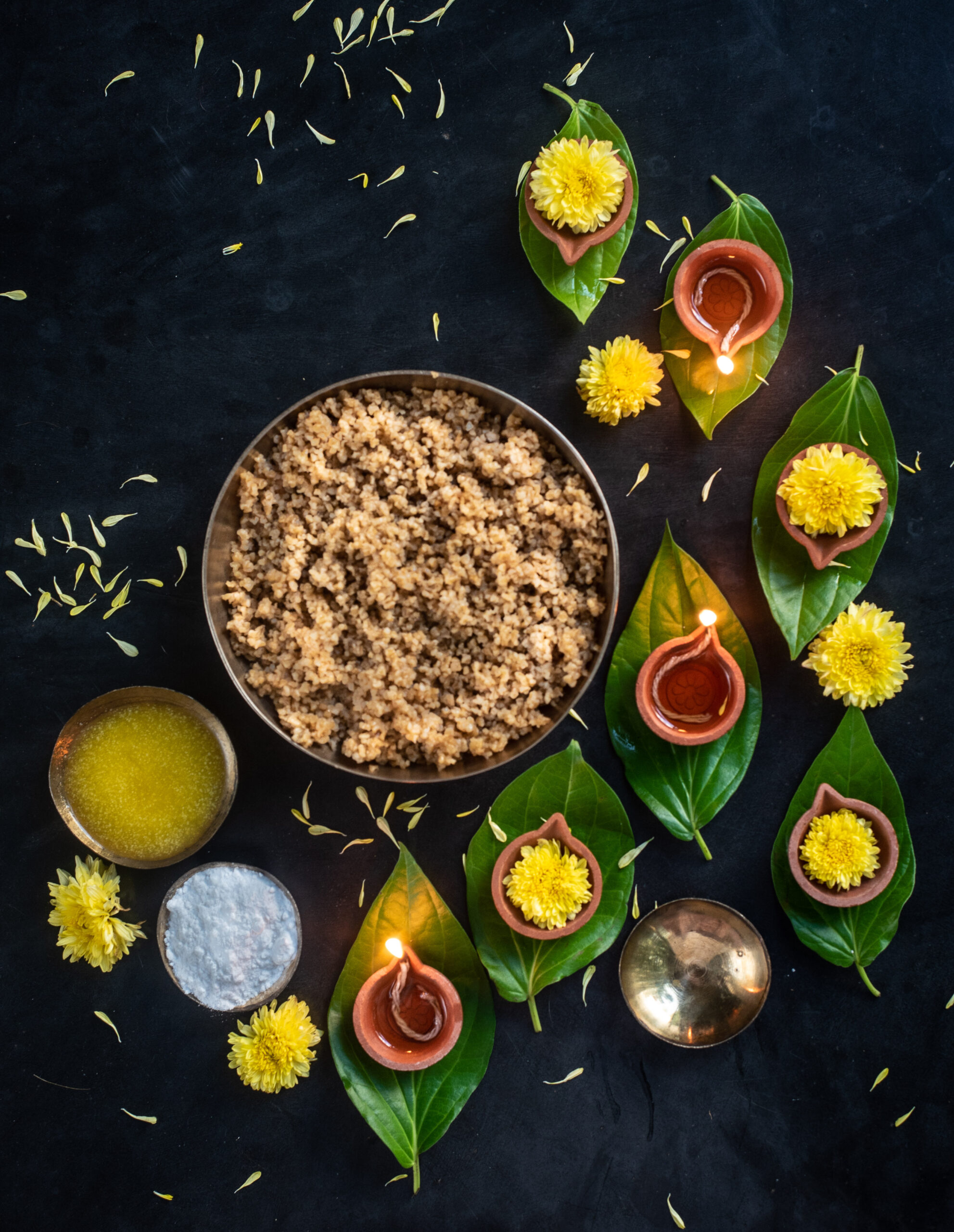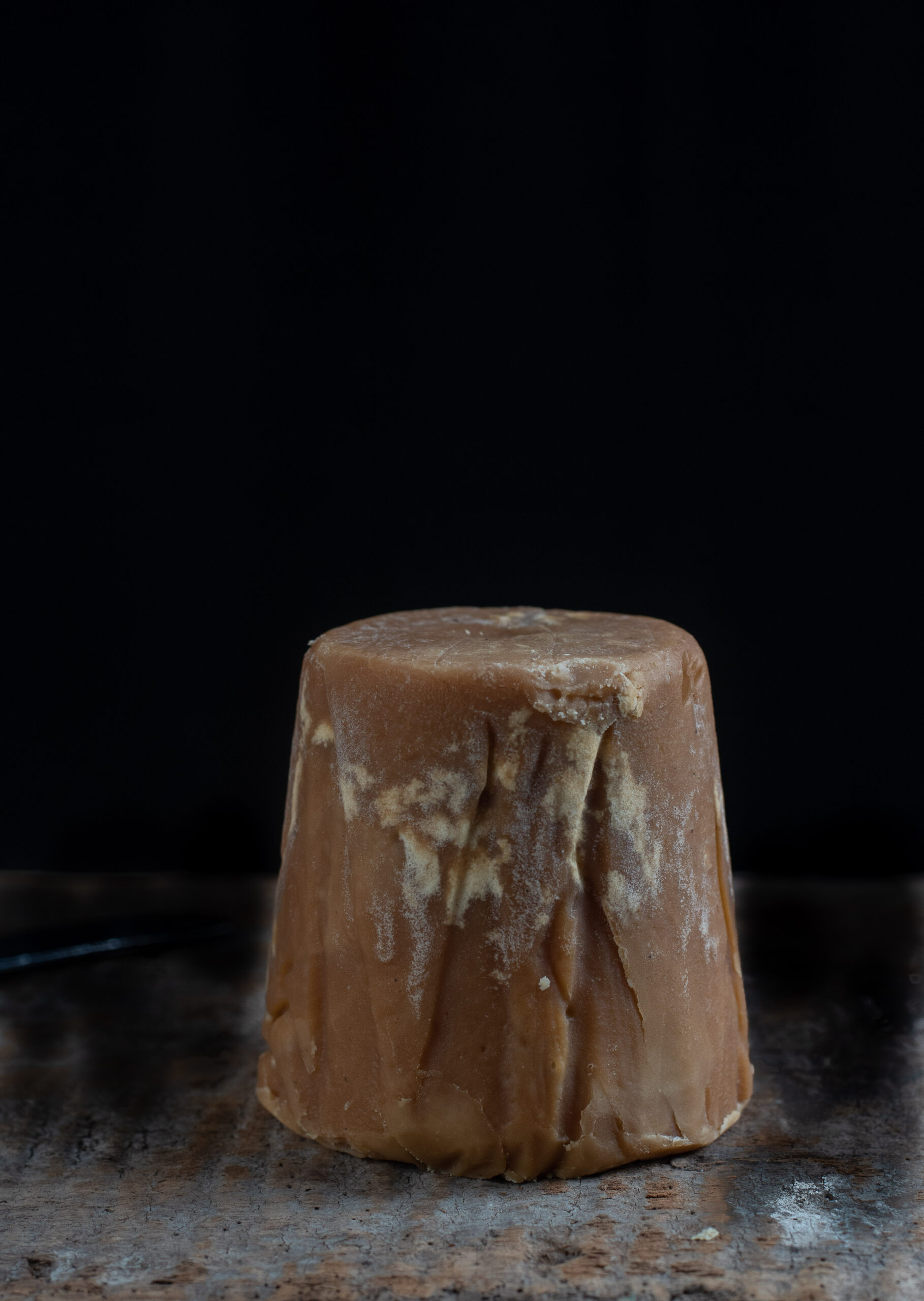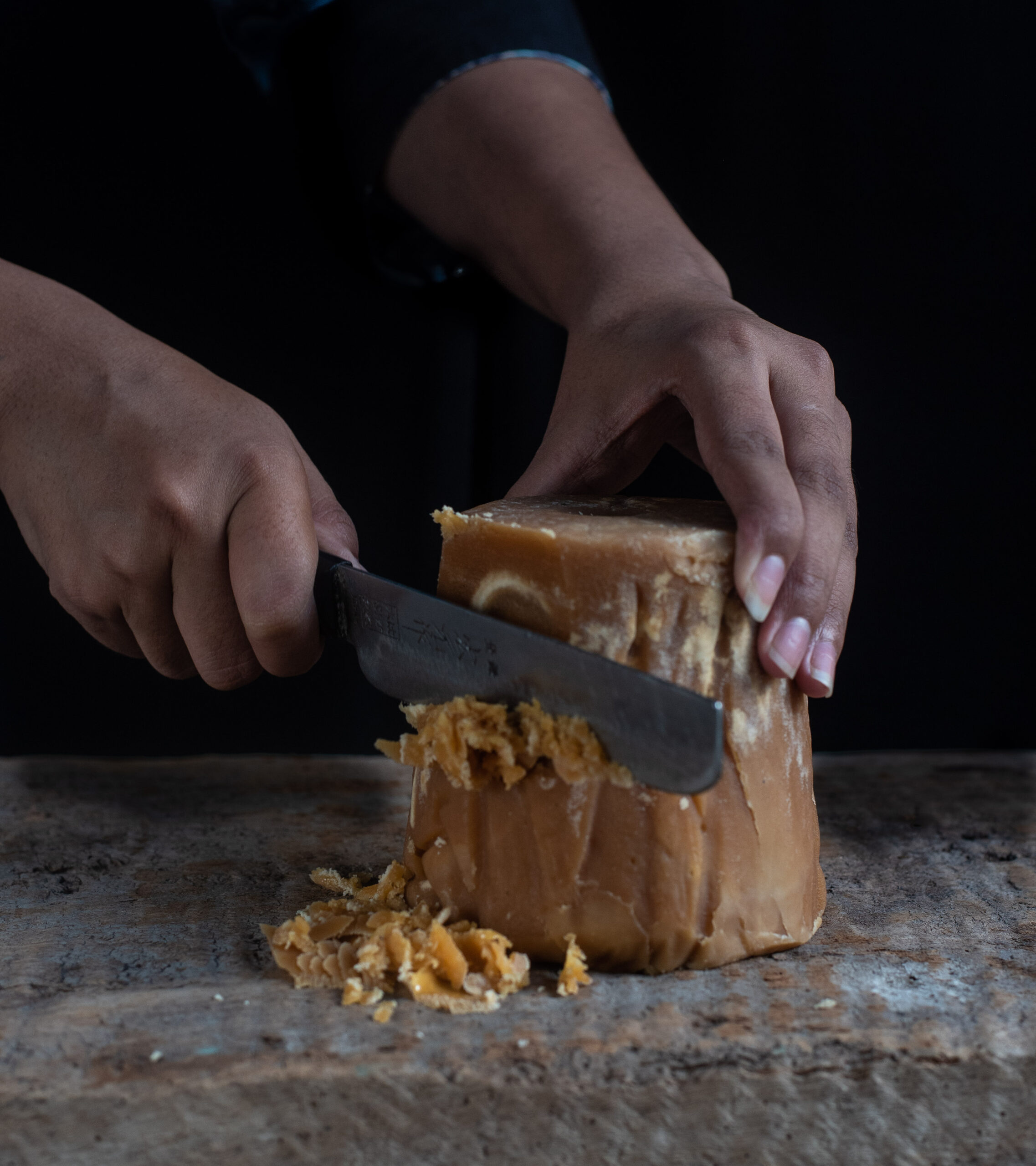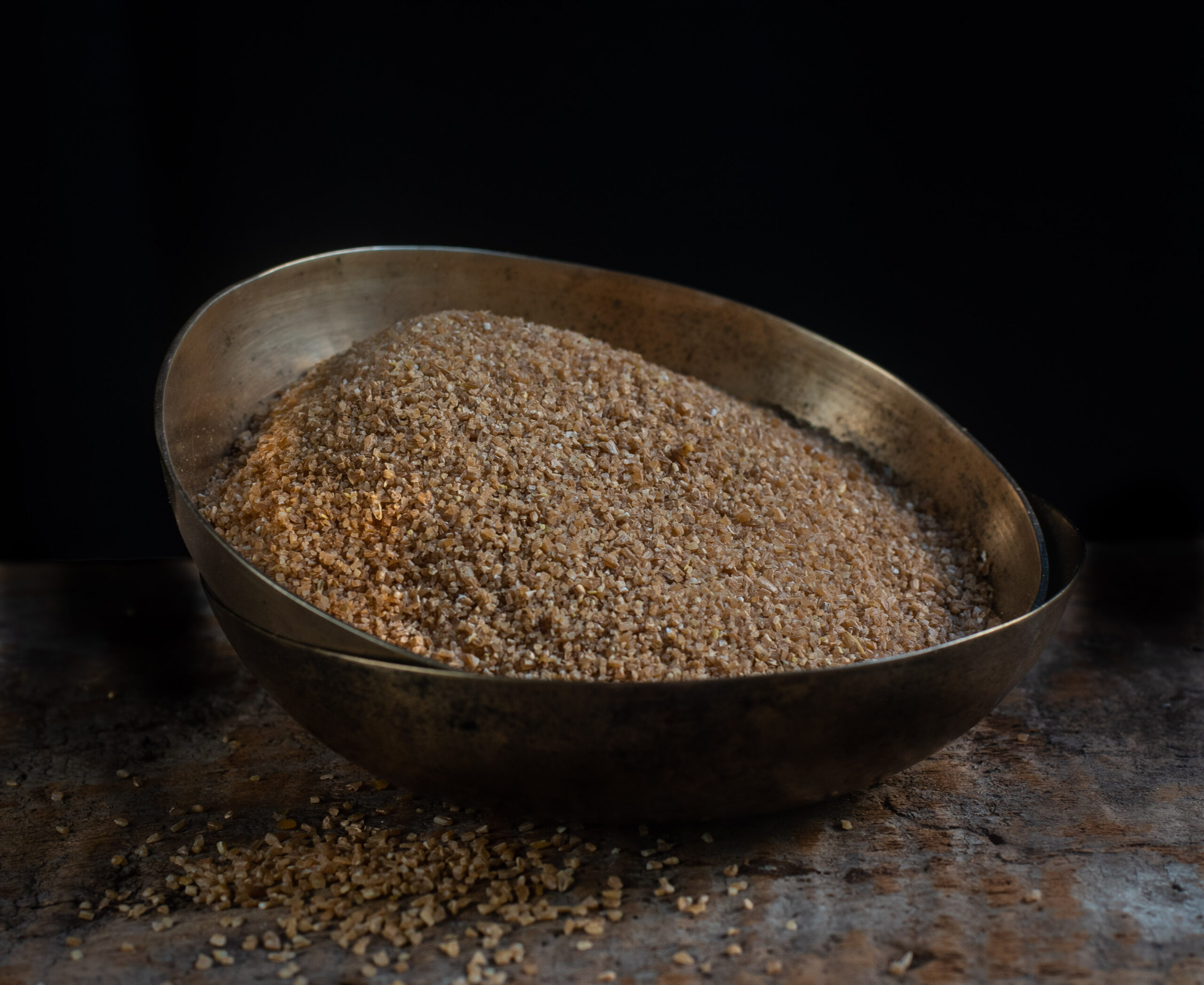Festivals are a big part of Indian culture and making a sweet (or many!) at home during special occasions is almost mandatory. Growing up, my mother would make an array of them, along with savouries, and we would wait to devour those goodies. I prefer to keep some of those traditions alive so that future generations may understand and value our heritage. Even today, I make sweets and savouries at home, although less than my mum used to. However, with the festive season having begun, and orders pouring in, I’ve been making so many lately that I really felt I needed to make a dish that was just for me. Although most of the members of my family are not fans of this one, and it being a quickly perishable item means that it isn’t ideal for my clients at re:store, this soft sandesh is something I simply had to make for myself the other day. I’m a huge fan of this delicate milk sweet, and I relished having it to myself.
Typically from Bengal, sandesh is prepared in myriad ways and each version seems tastier than the other. While there is a popular version where the mixture is heated and stirred until dry, I prefer this one. During my trial for the perfect recipe, I made a small batch of the dry version. I dry roasted the chenna in a non-stick pan until it was about to become grainy and then shaped it. While it did taste fine, I prefer the softer version, and that is what I am sharing below.
Chenna is essentially a milk solid, with the whey removed. Also known as paneer or Indian cottage cheese, it is high in protein and calcium and is popular in so many Indian dishes, from sweets to curries.
As I have mentioned in my blog before, milk is considered an important food for the gods and almost all communities use milk to prepare sweets as offerings. Milk is considered sacred in India, perhaps because of its relationship with the cow. Veganism is beginning to catch on here, but milk remains a key ingredient in our sweets. As you know, I have been going more and more vegan myself, and I feel that it’s high time that almond milk or coconut milk become more popular here. Below is a traditional recipe, however.
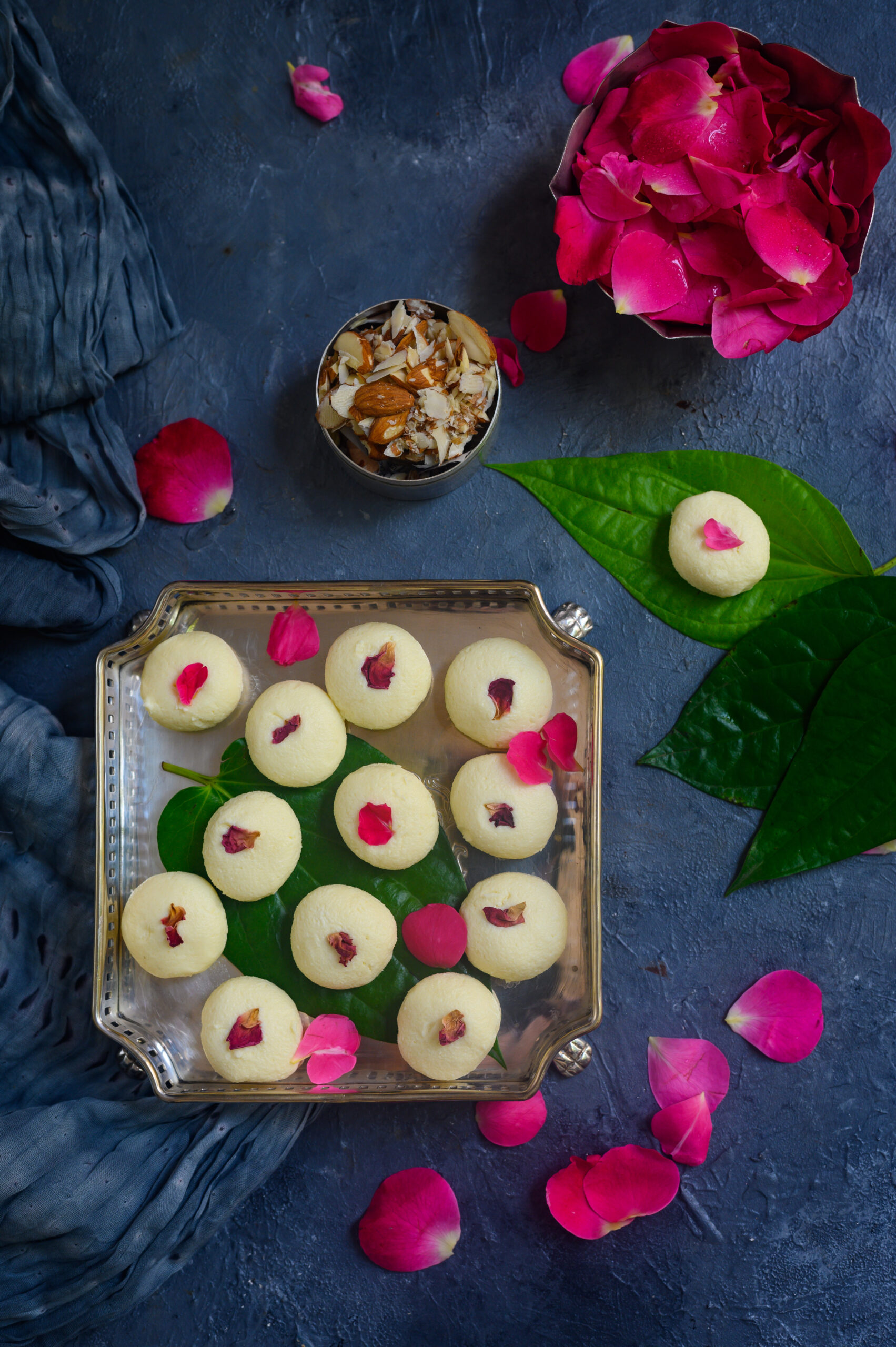
This delicious sandesh is very quick and easy to make if you have chenna/paneer handy, which most Indian homes do. I recall how on one of my Kolkata visits, I happened to get to see an entire chenna market. Huge piles of it were sold there. Just like there are exclusive flower markets and so on, an exclusive chenna market made sense because of the popularity of the ingredient. I had noticed how the famed Bengali sweet culture was dairy-based, and clearly there are reliable sources where stores can purchase their key ingredient daily.
This chenna vendor posed for me that day, and I watched him work for a while. I was intrigued by how the chenna is wrapped in leaves and newspapers instead of plastic packaging, a wonderful way to use biodegradable materials.
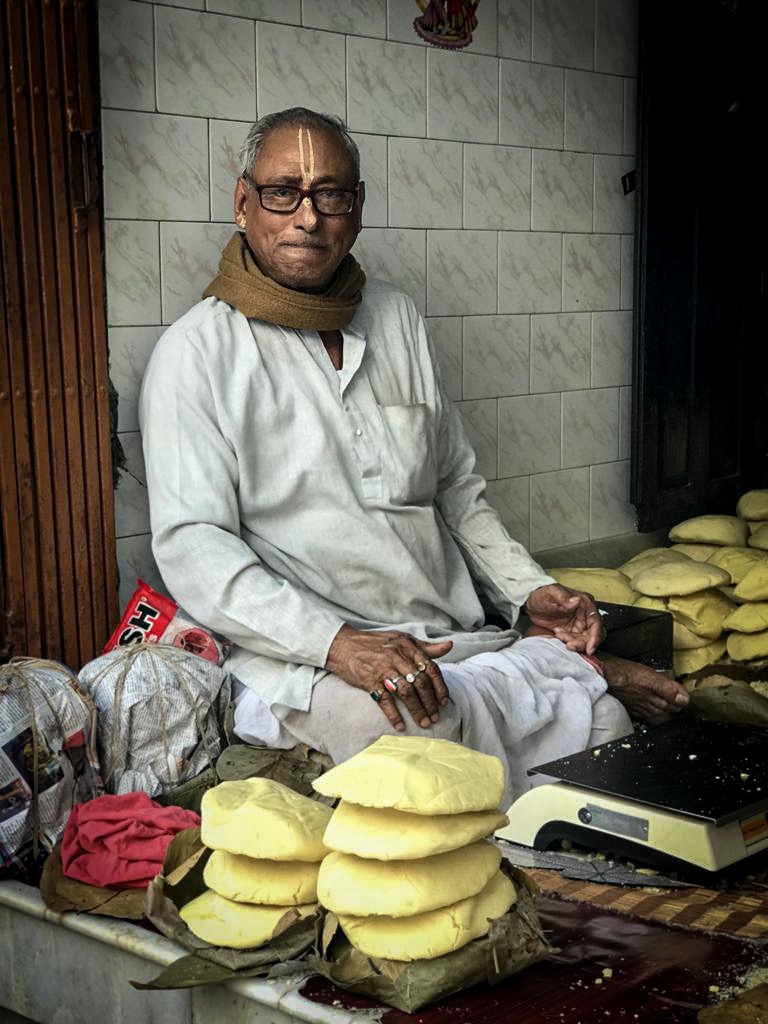
A Spanish friend of mine whom I met on the day of the photoshoot had a serving of my sandesh and remarked that it tastes a bit like cheesecake! I would think it’s somewhat lighter than cheesecake, both in terms of richness and how it sits in the stomach.
Not long ago, I mentioned panch-phoron and wanting to explore more of Bengali cuisine on my blog, and this soft sandesh is an auspicious start to more such culinary journeys…
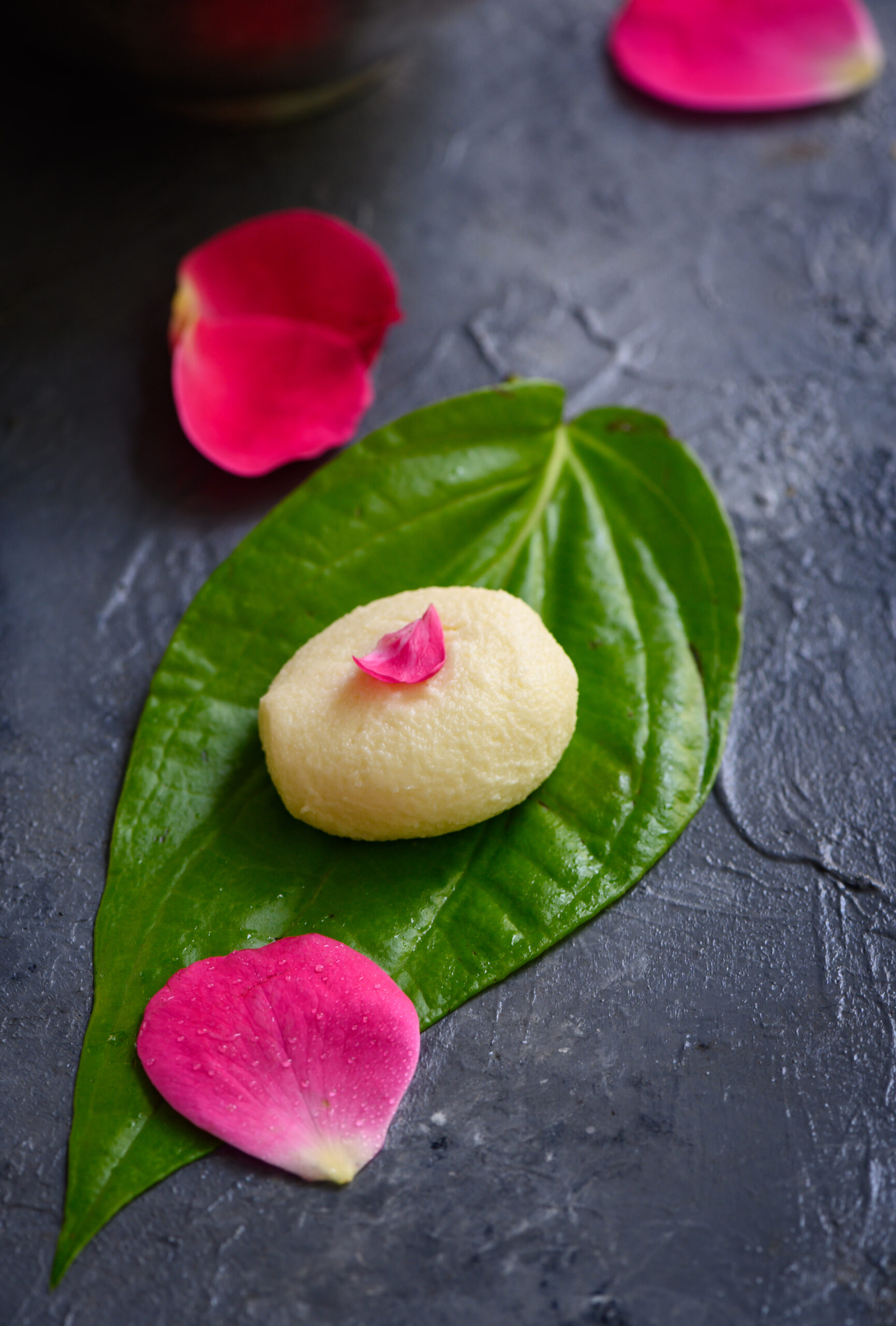
Soft Sandesh
(Yield: 15-20 pieces)
1 ½ cups chenna (paneer)
¾ cup powdered sugar (coconut blossom/sugar)
½ teaspoon rose water
I made this soft sandesh from scratch, and the chenna or paneer is easy to make it at home. In many Indian homes, we prefer homemade paneer so as to ensure quality. The following is my method to prepare it.
Boil 1 litre of milk over a medium flame in a pan, stirring occasionally. Once it reaches close to boiling stage, add 1-2 tablespoons of lemon juice. This will help the milk to curdle and the whey to separate. Do not stir too much at this point. Only ensure that it does not stick to the bottom. The milk solids will appear evidently separate.
Now, pour the mixture into a large-sized cheese cloth. Gather the ends of the cheese cloth and tie them into a big knot. Place a container below the bundle to collect the whey. I usually tie it to the kitchen sink (something you may remember from my lavender shrikand recipe). Allow it to drain for about 1 hour.
Next, place the bundle onto a plate and add some weight on top of it to ensure that it drains completely. Once drained, open the bundle. Rinse the chenna under running water, to ensure that the lemon which was added earlier is removed. Allow it to drain again (add more weight on top of it to help the process). Your chenna is now ready to use. Due to the weather in Chennai, where it’s mostly warm, I usually put it away in the refrigerator for about half an hour before preparing the sandesh.
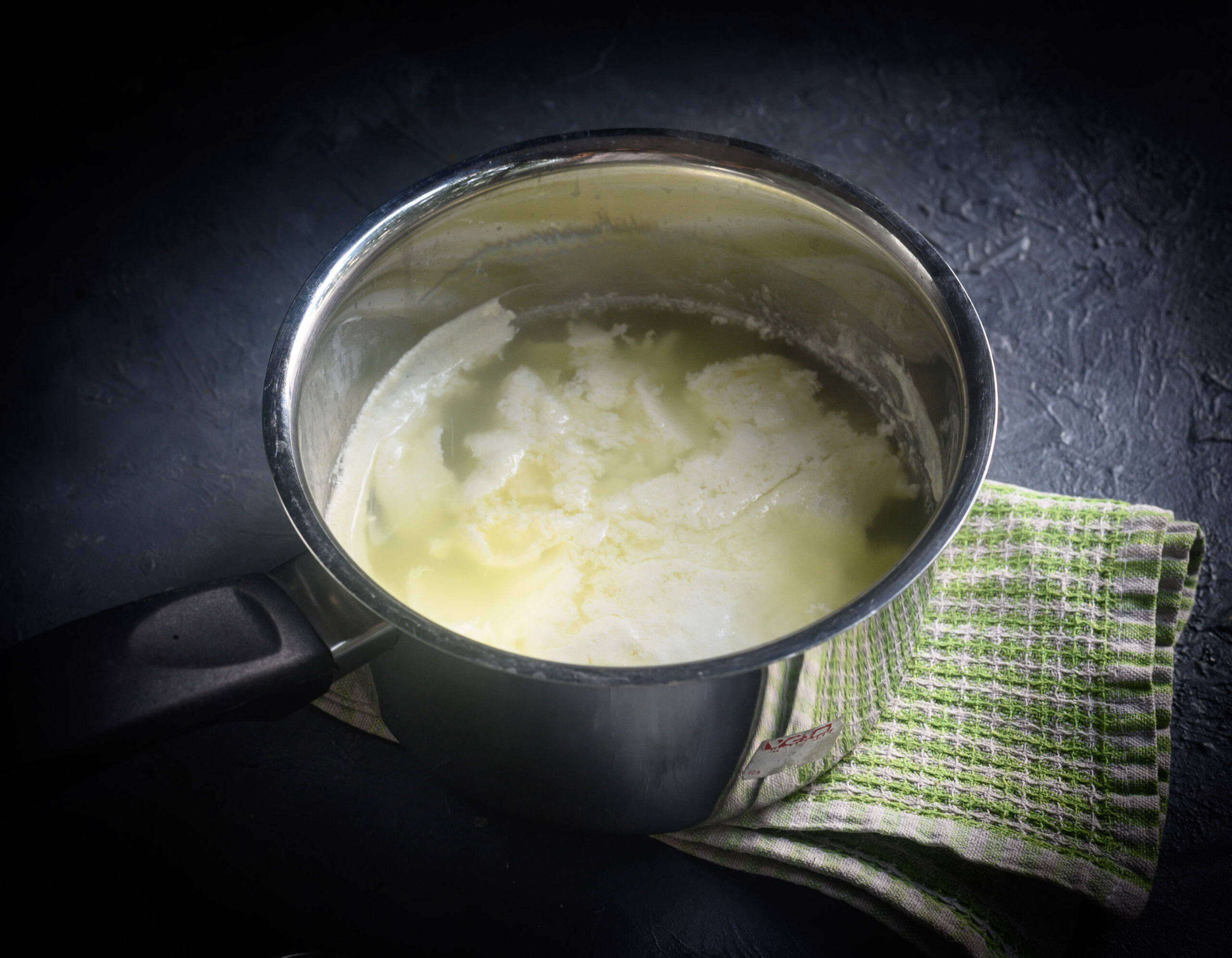
Since the whey is high in protein, I use it to make roti dough or add it as a gravy to any vegetable being cooked that day. Very little goes to waste in most Indian kitchens!
The next stage is very simple. Place the chenna on a plate and add the sugar. With your palm, blend the sugar and chenna well together. It should be soft and pliable at this point. I’ve found that using less sugar, as I have, or using a substitute like jaggery or any other form of natural sweetener, makes it all the more delectable.
Finally, add the rose water and blend once again. Make small balls with your palm and decorate with rose petals. Store in a container. Sandesh needs to be refrigerated and consumed within 3-4 days.
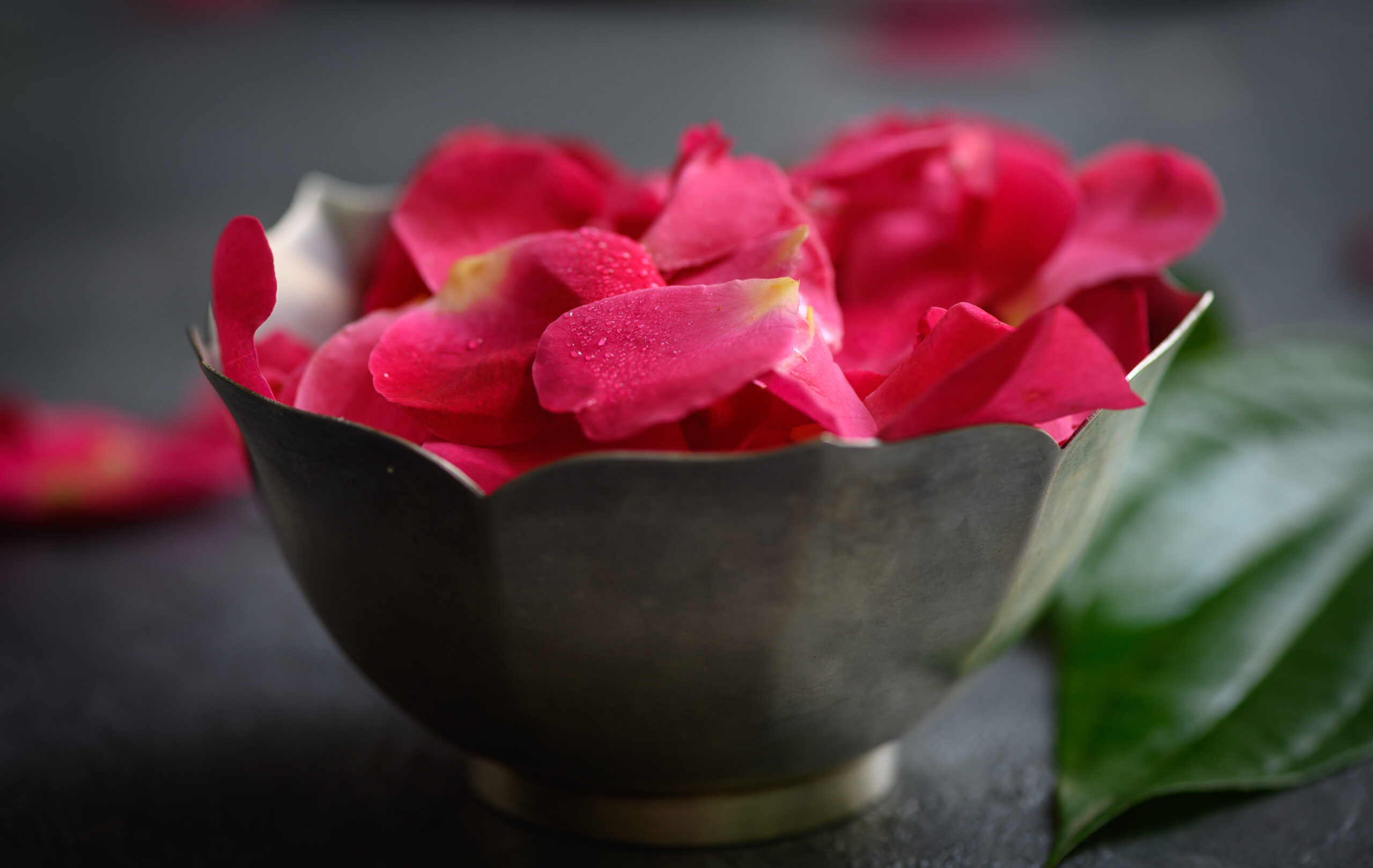
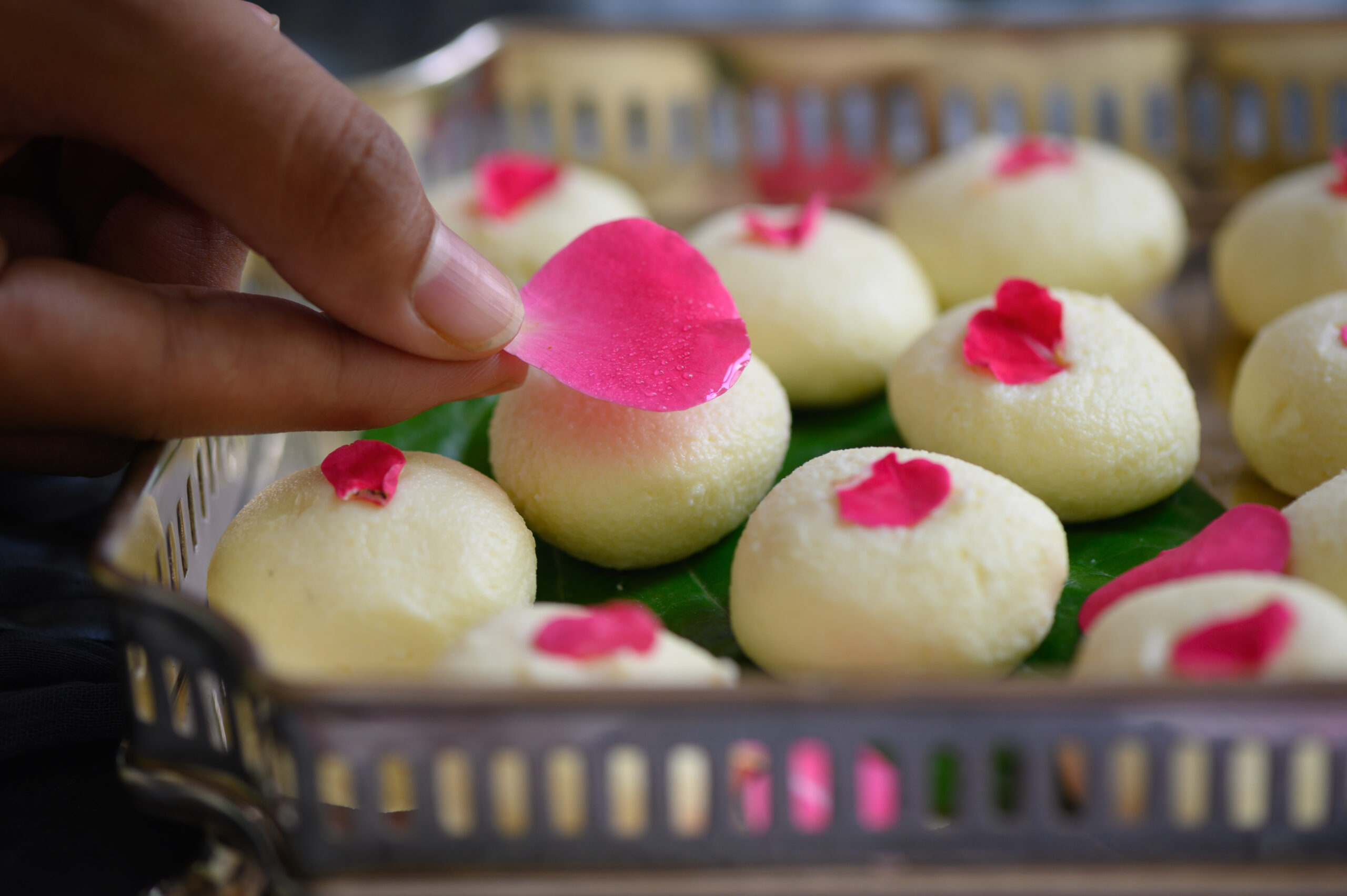
You may add any flavour of your choice. Sometimes, I add saffron to the chenna and decorate it with a slice of almond. You may sprinkle cocoa powder on top after rolling it with a small piece of chocolate at the centre. You can decorate it as beautifully as you wish to, or keep it plain. There are many choices, as the light flavour of this sweet can be adapted in versatile ways. I’d love to know how you get creative with this recipe. Please tell me more in the comments!
